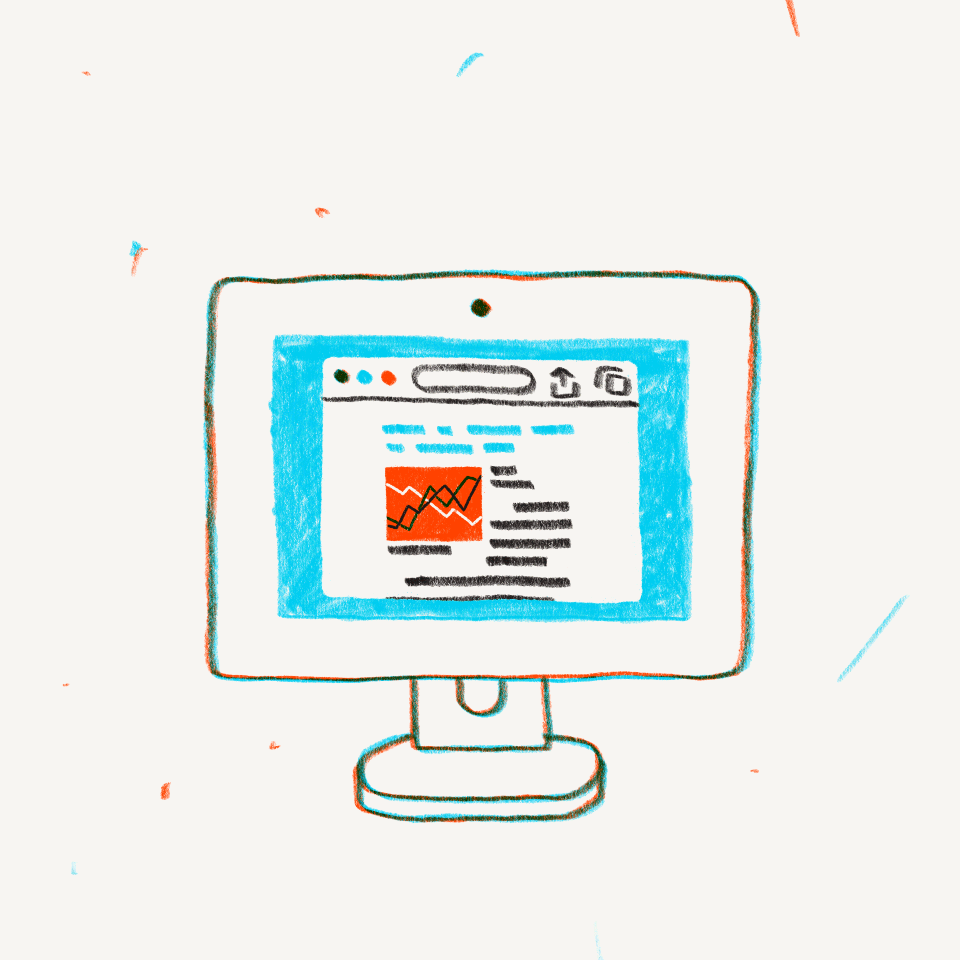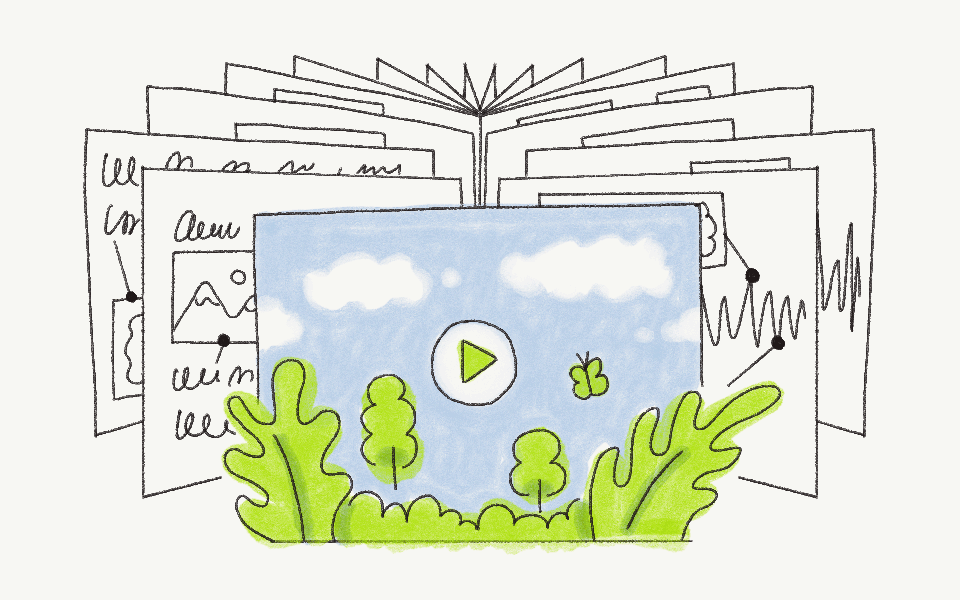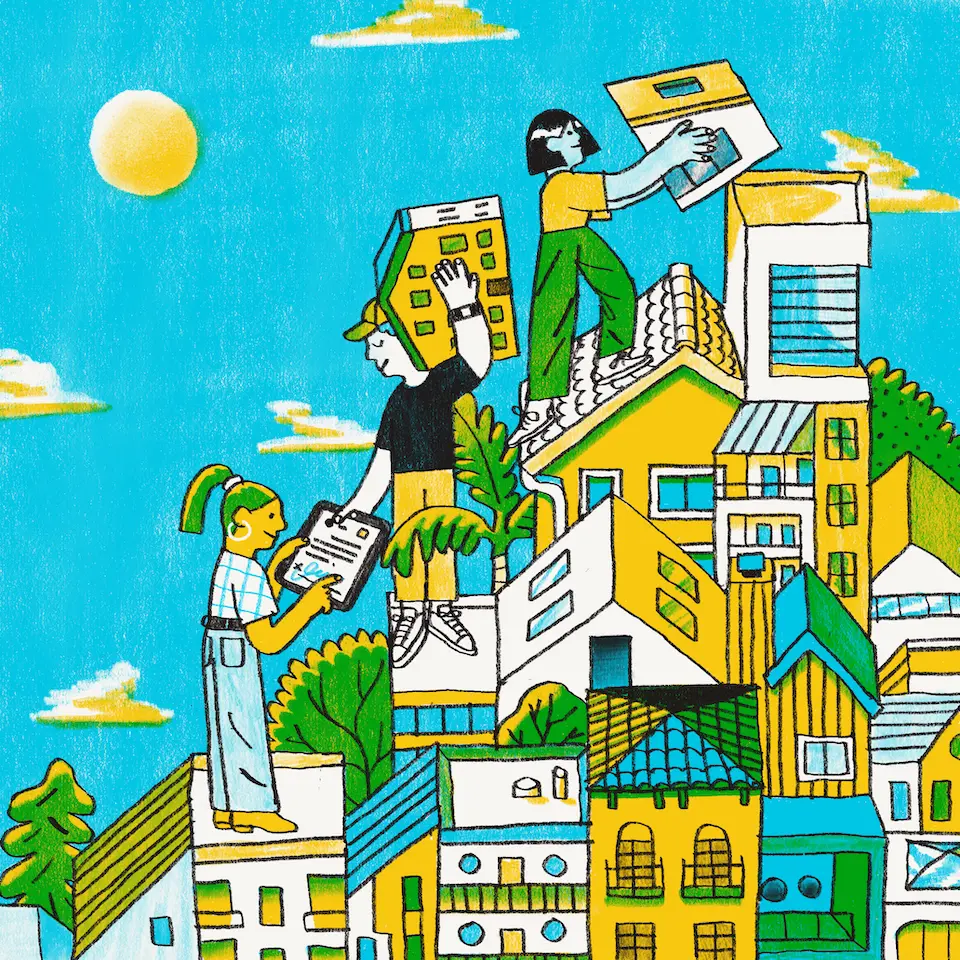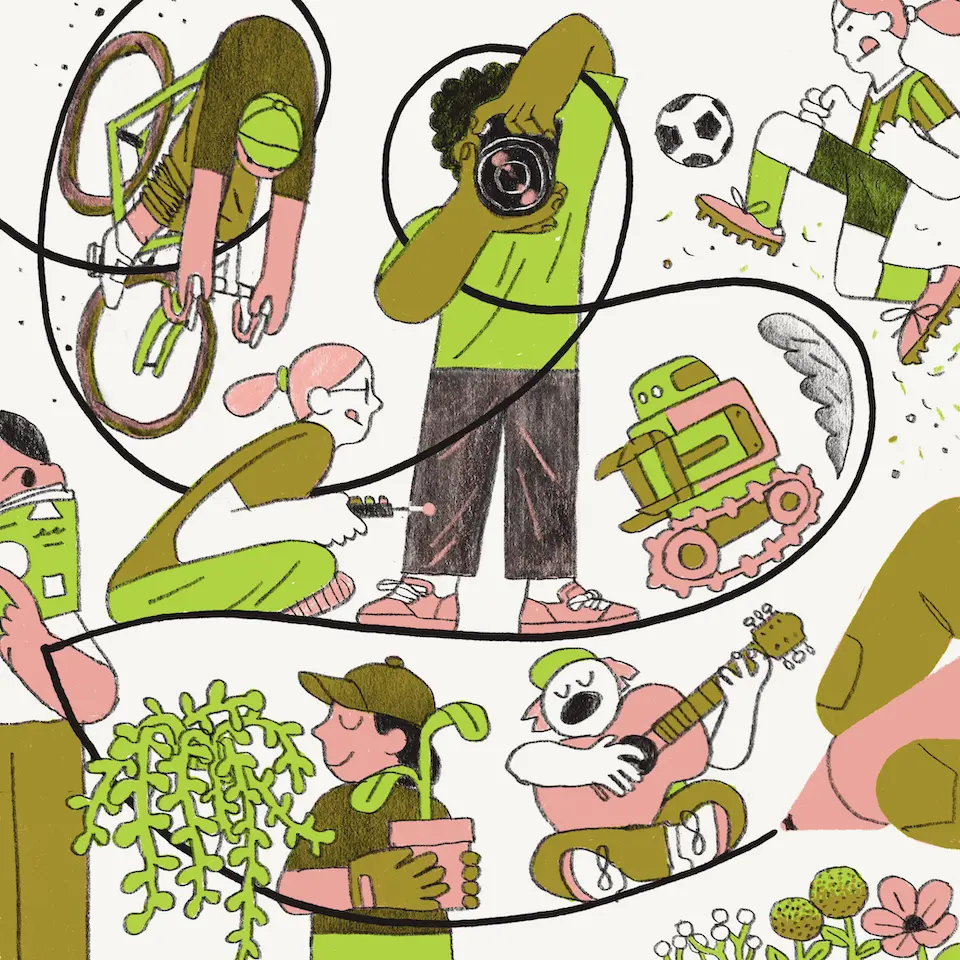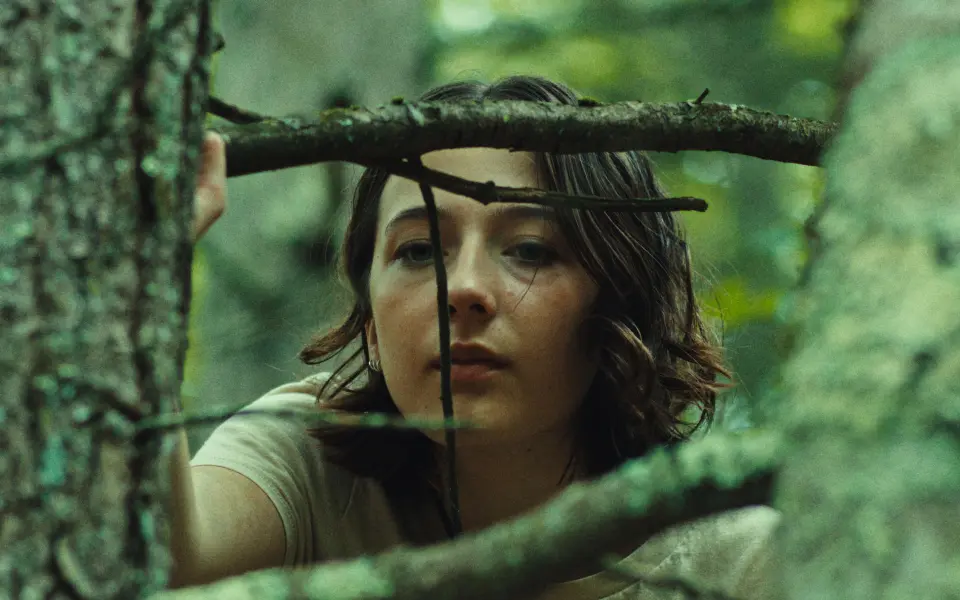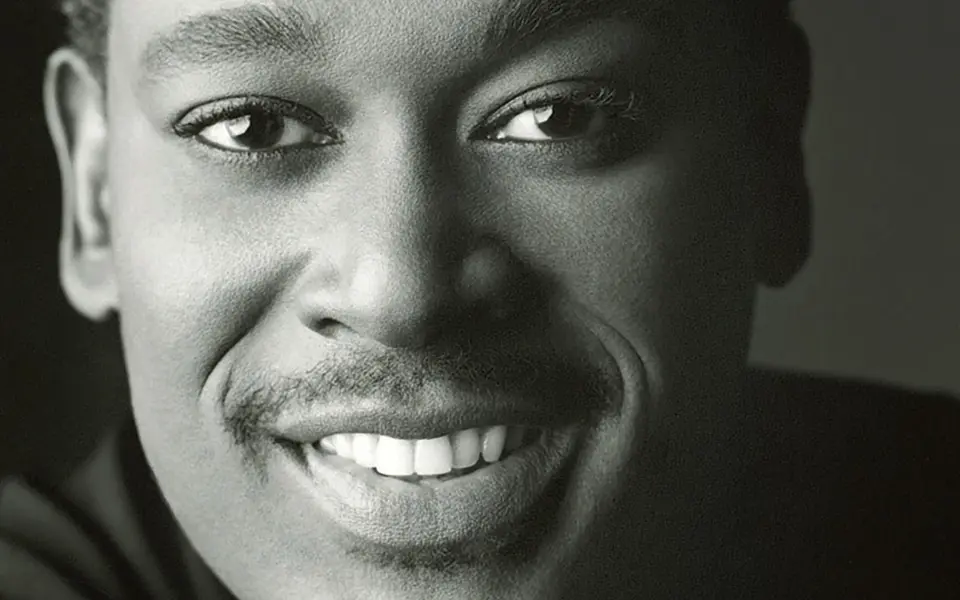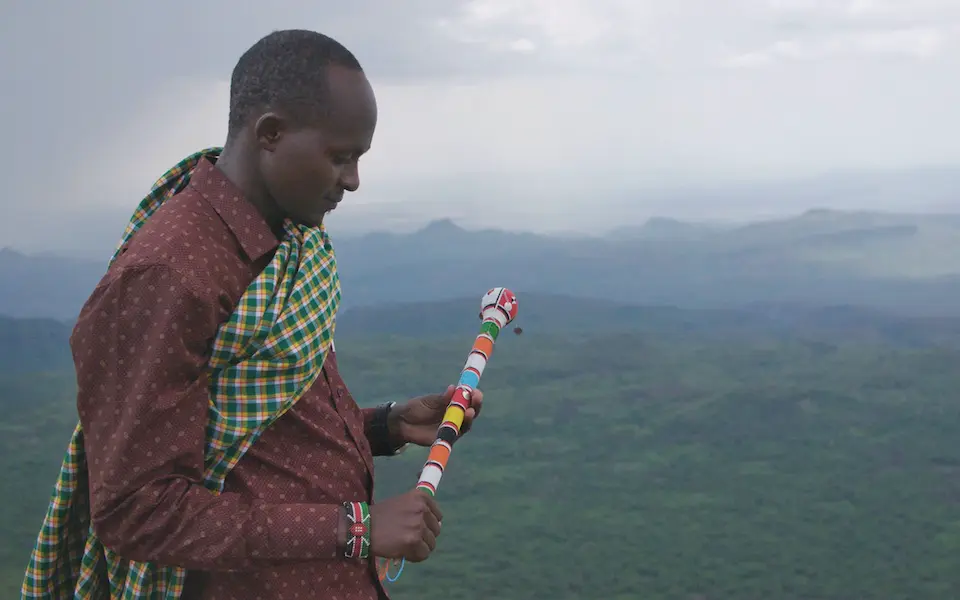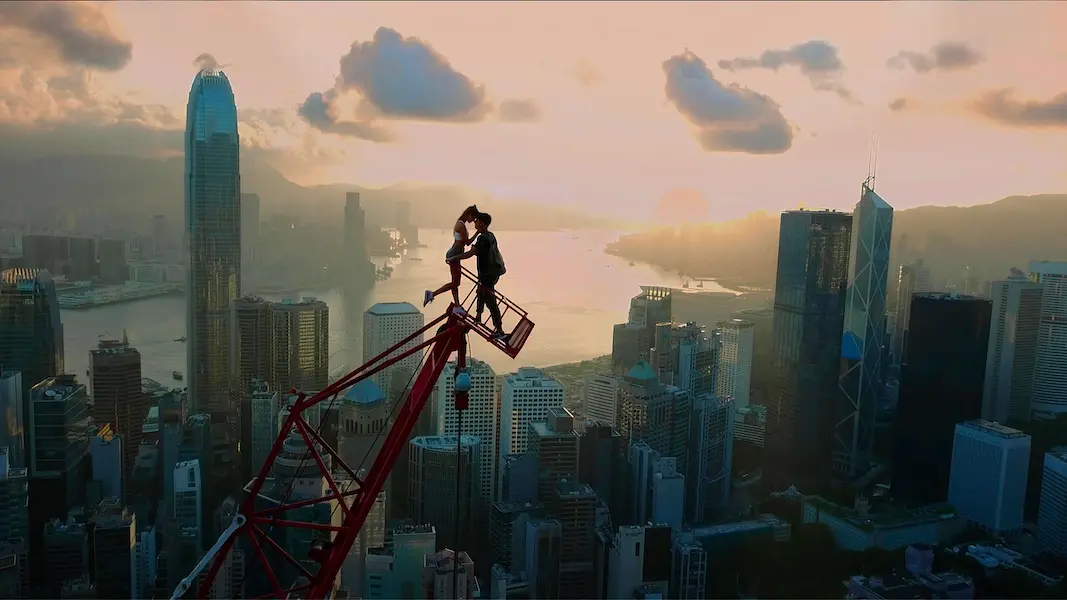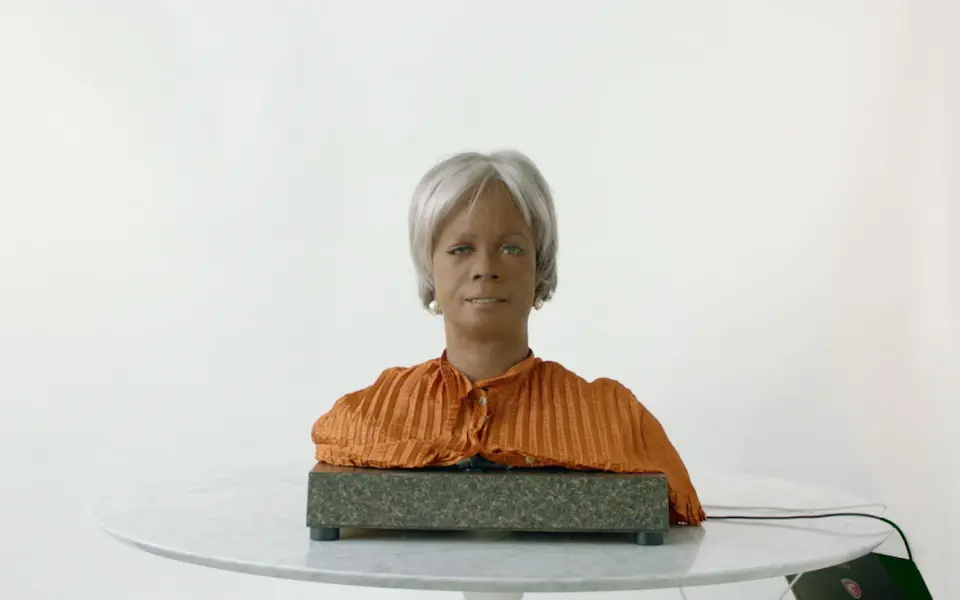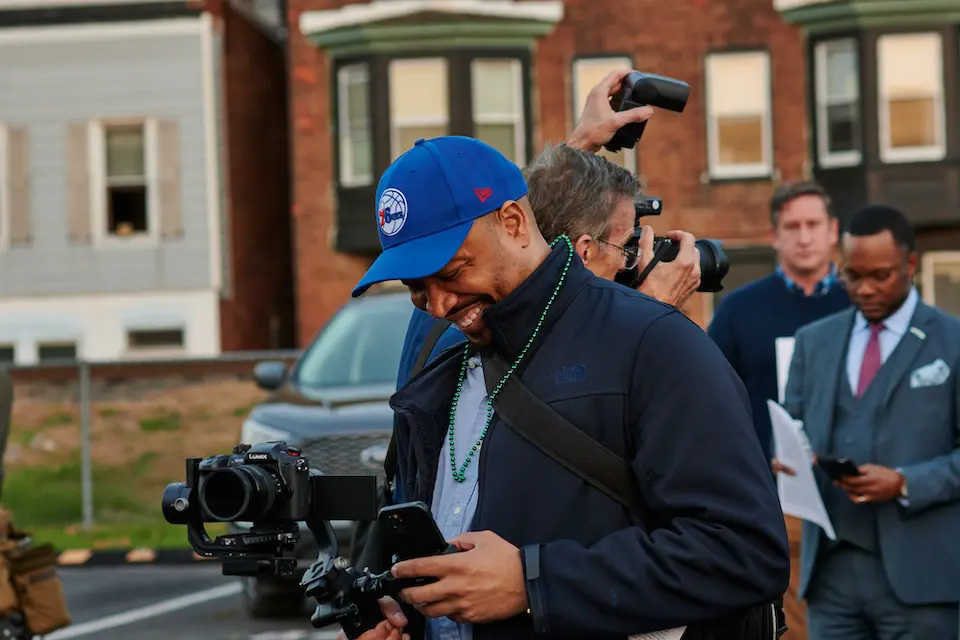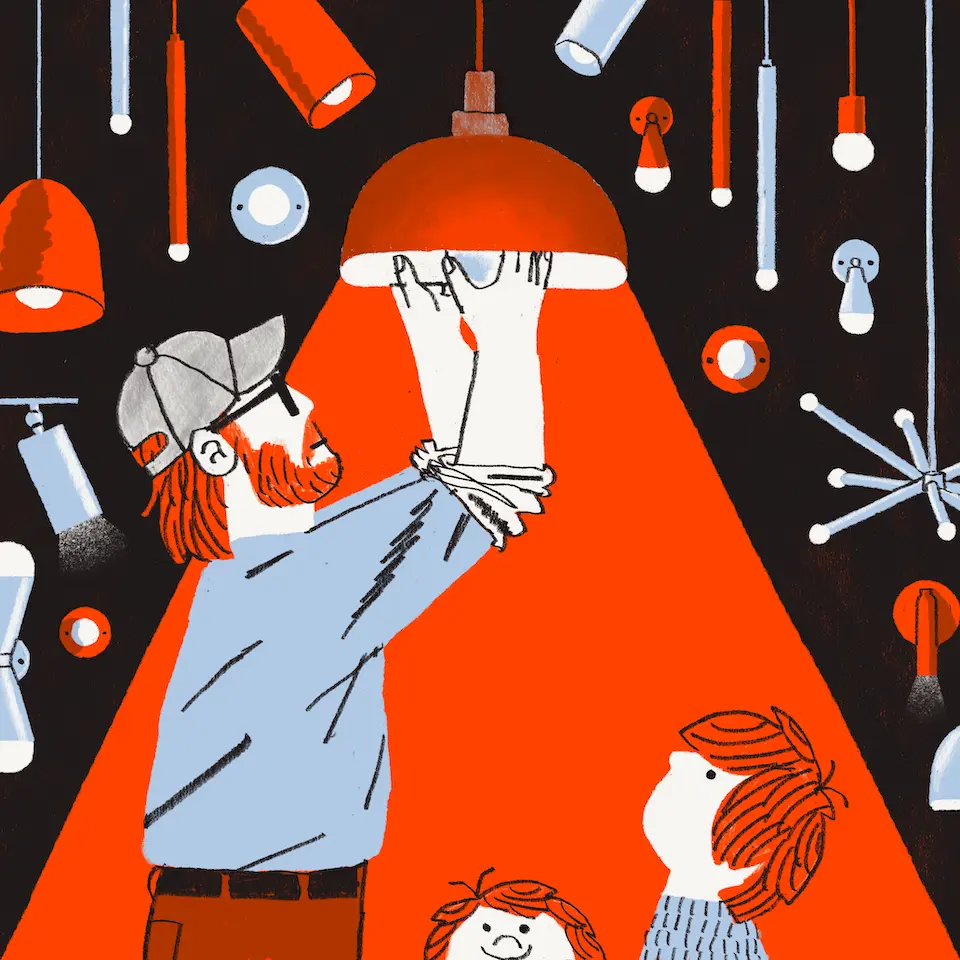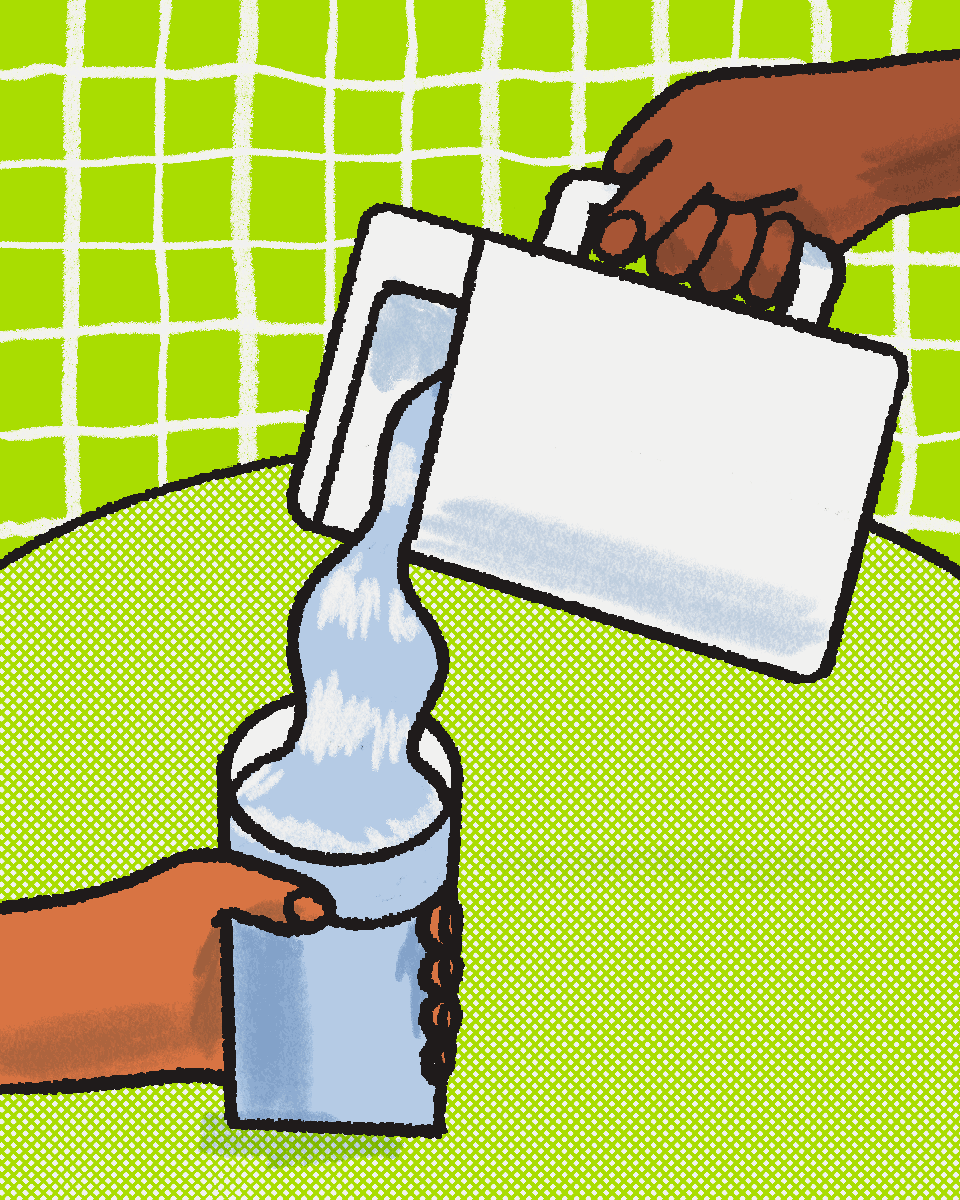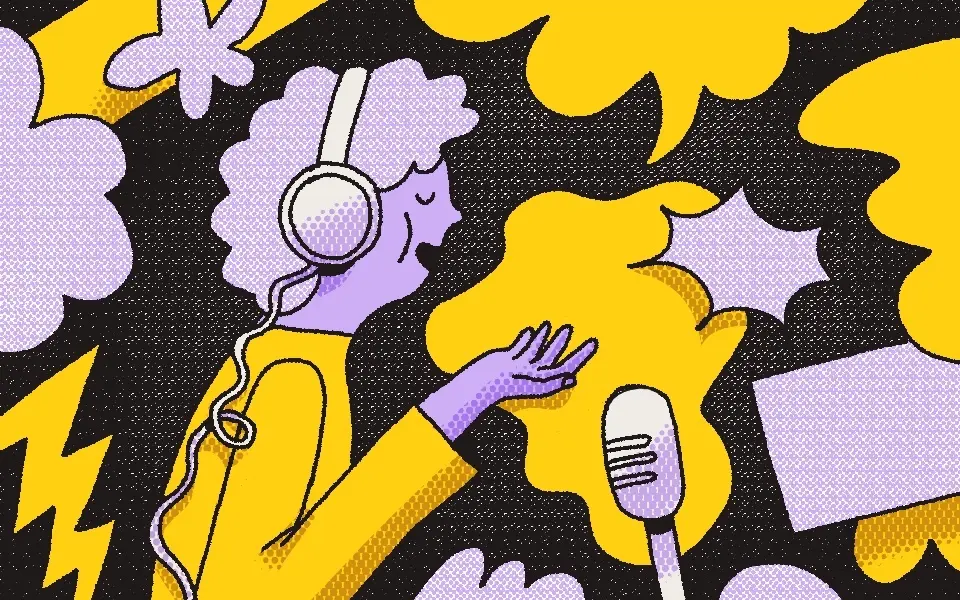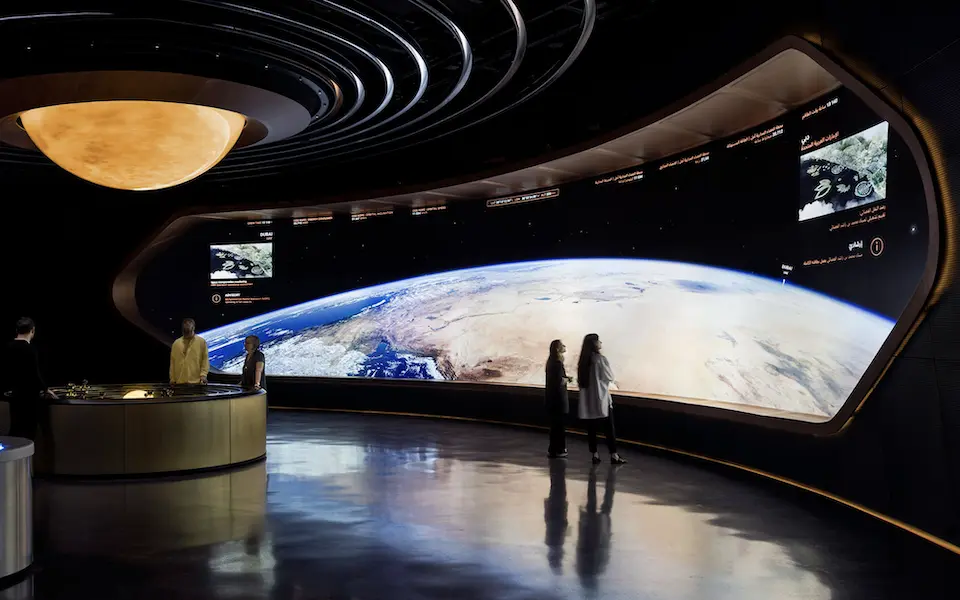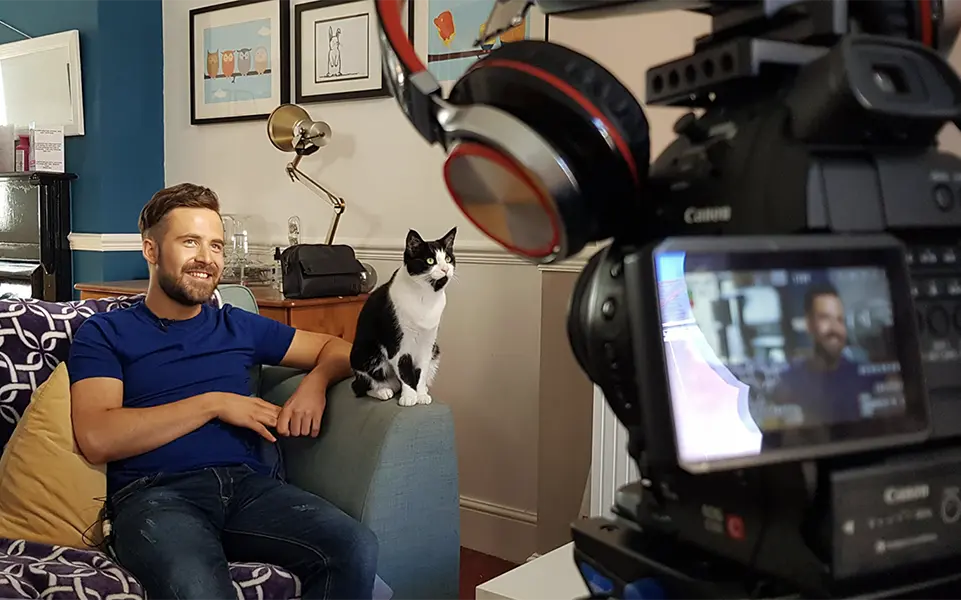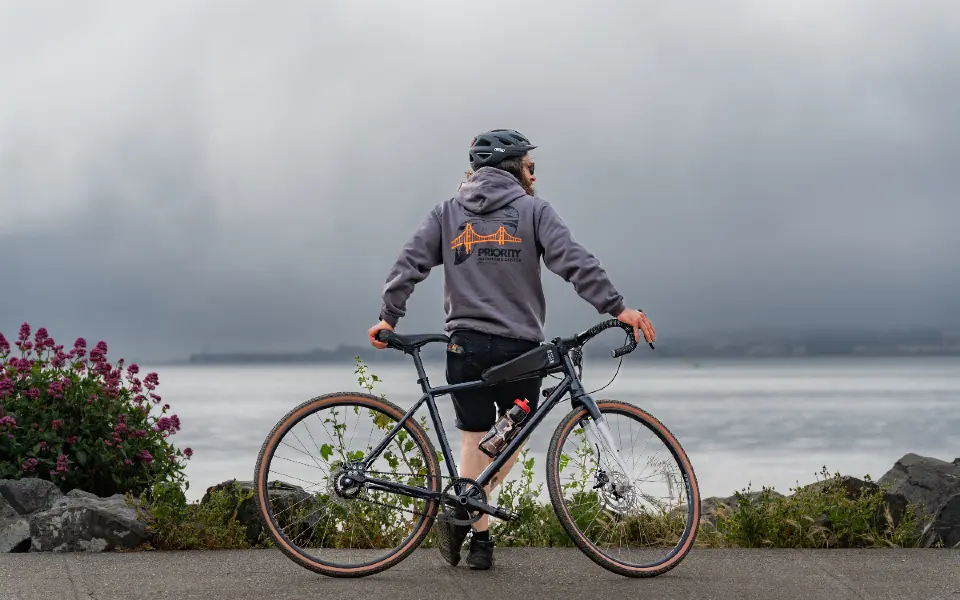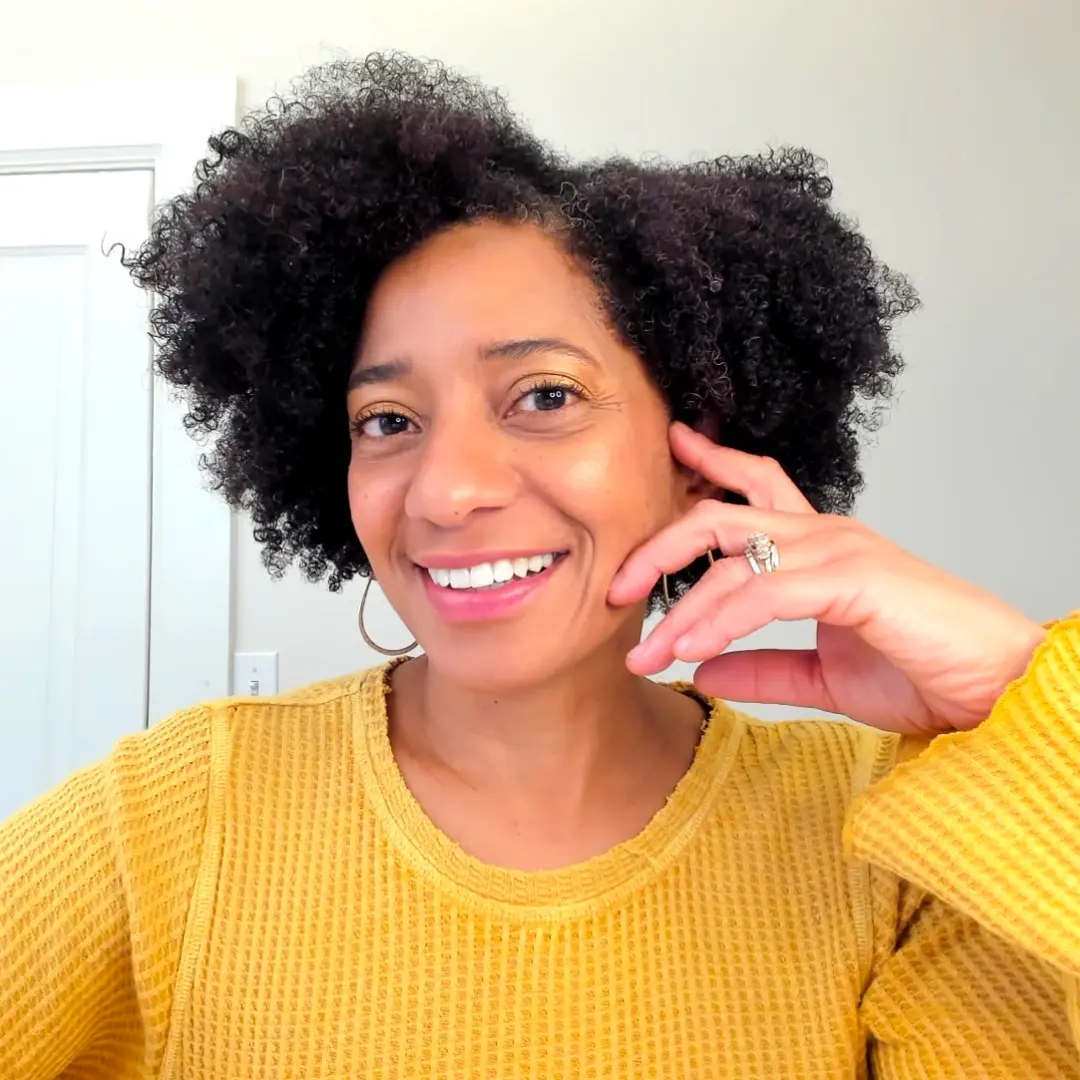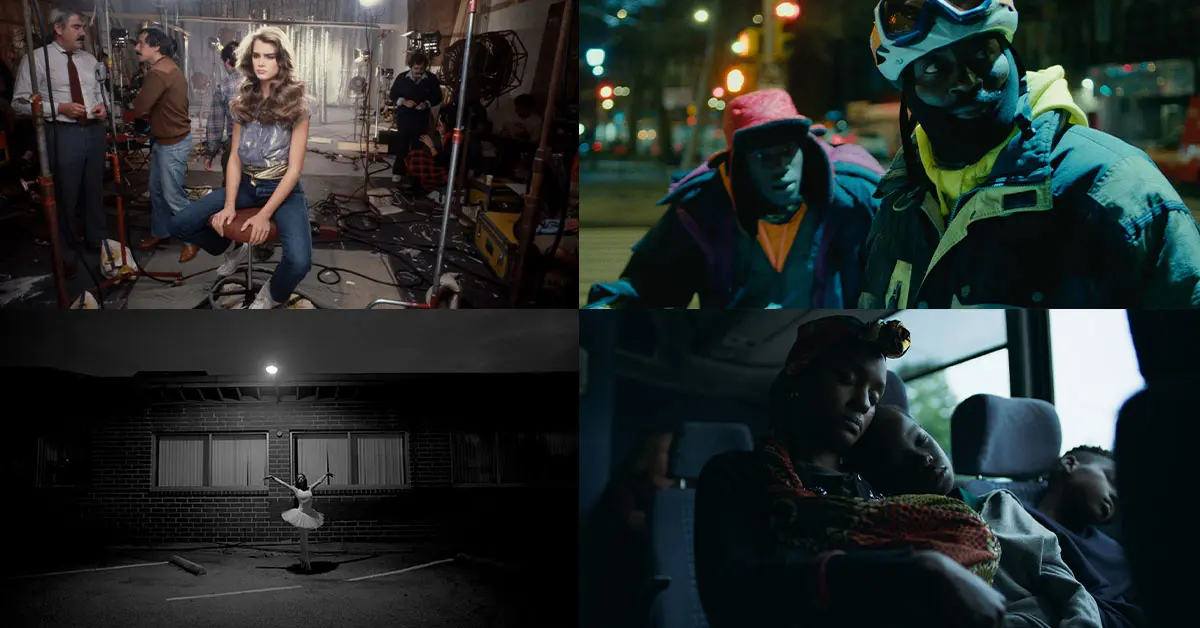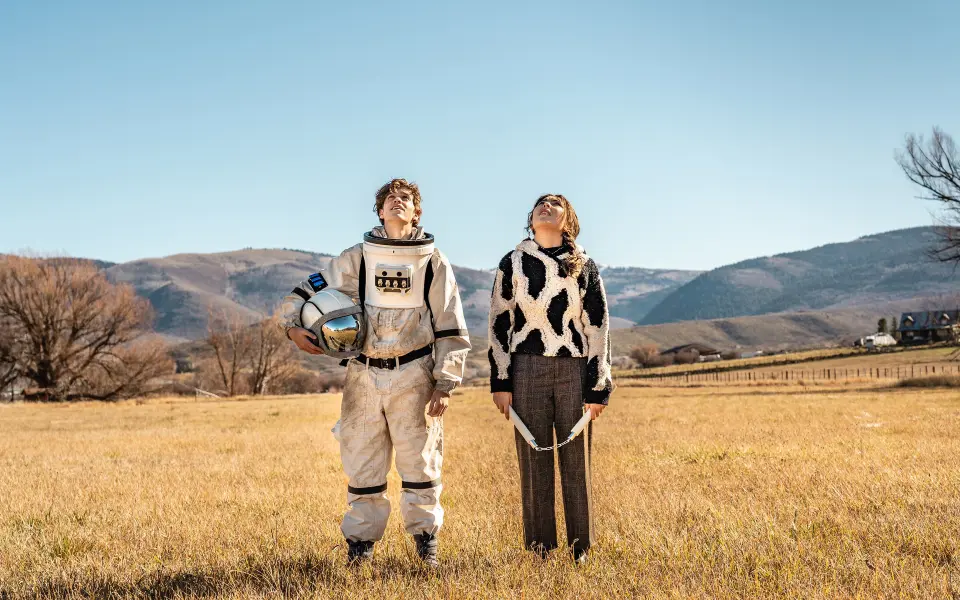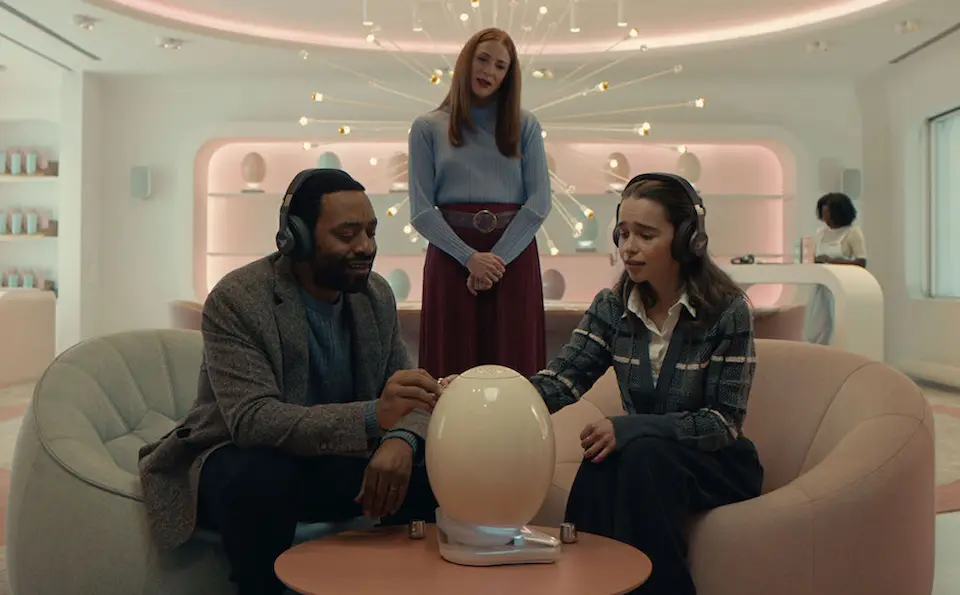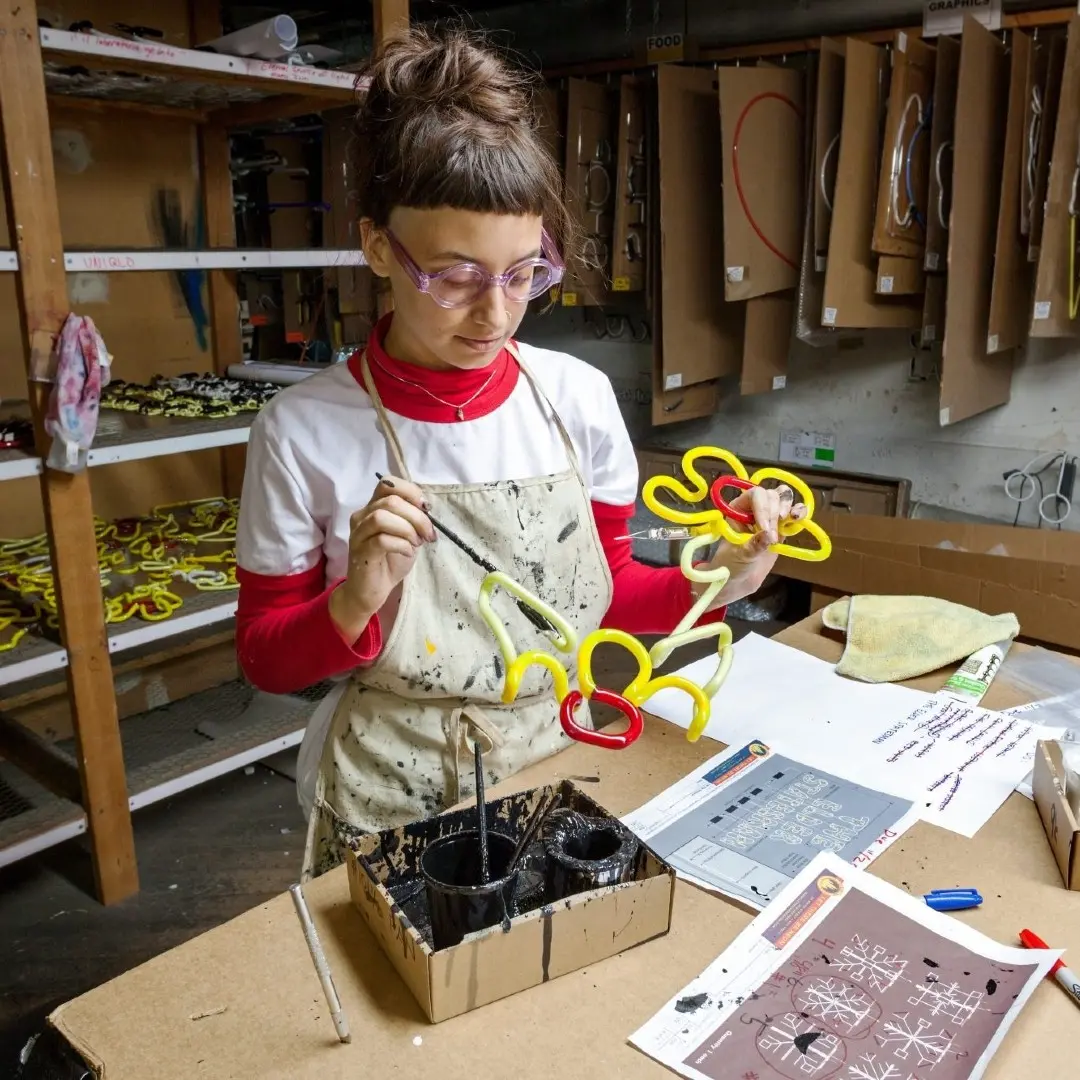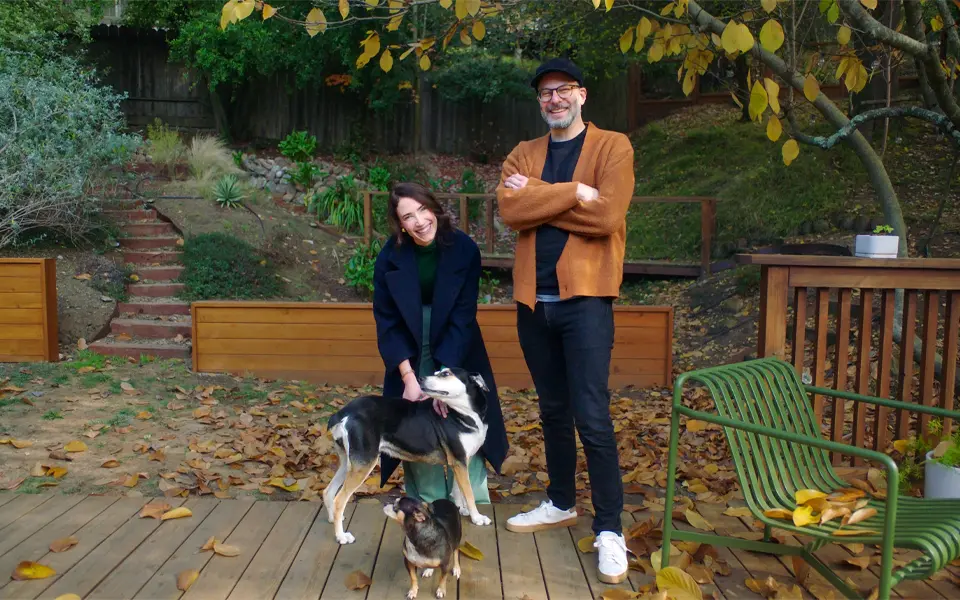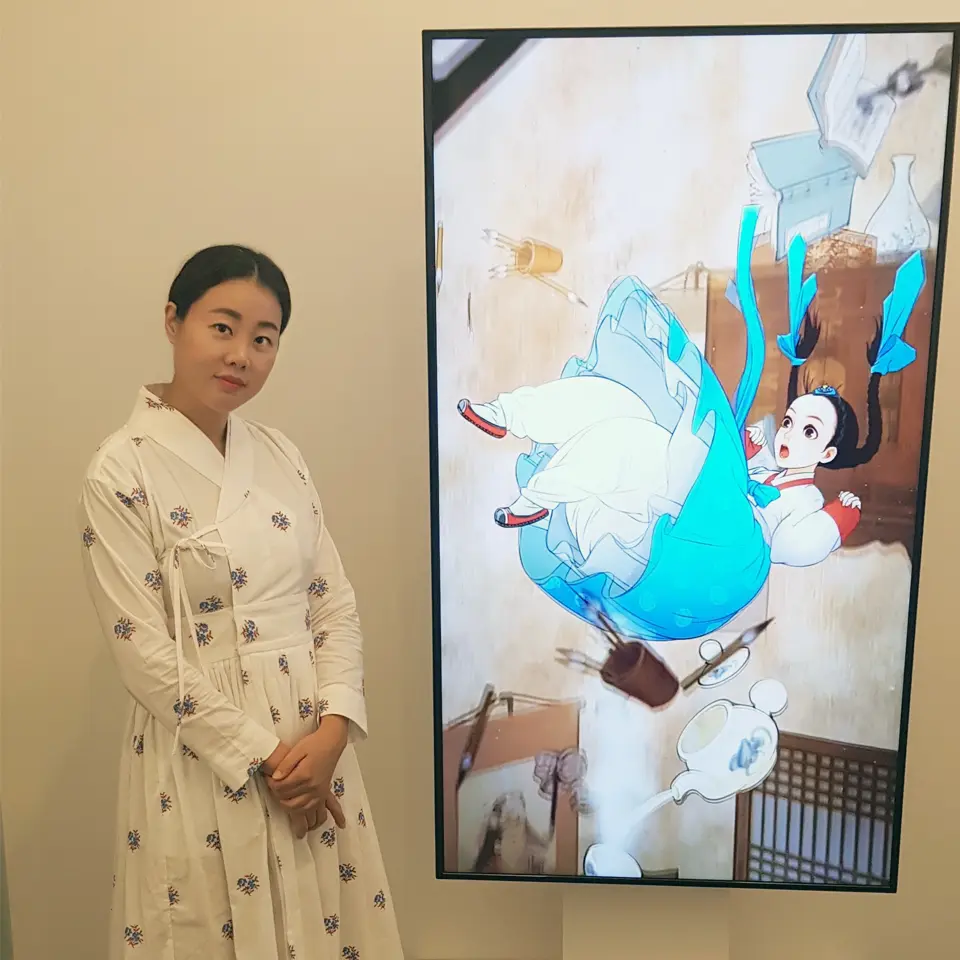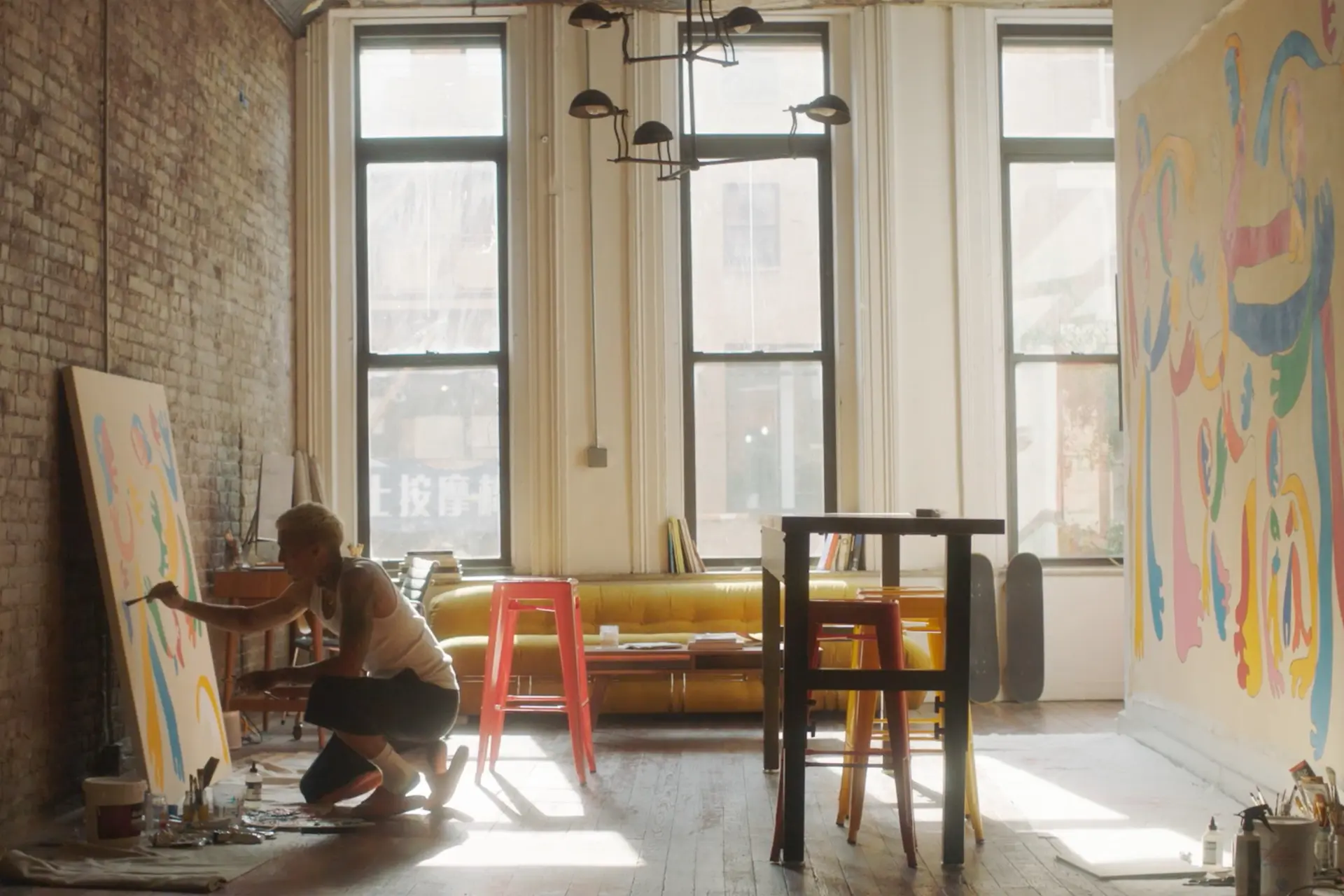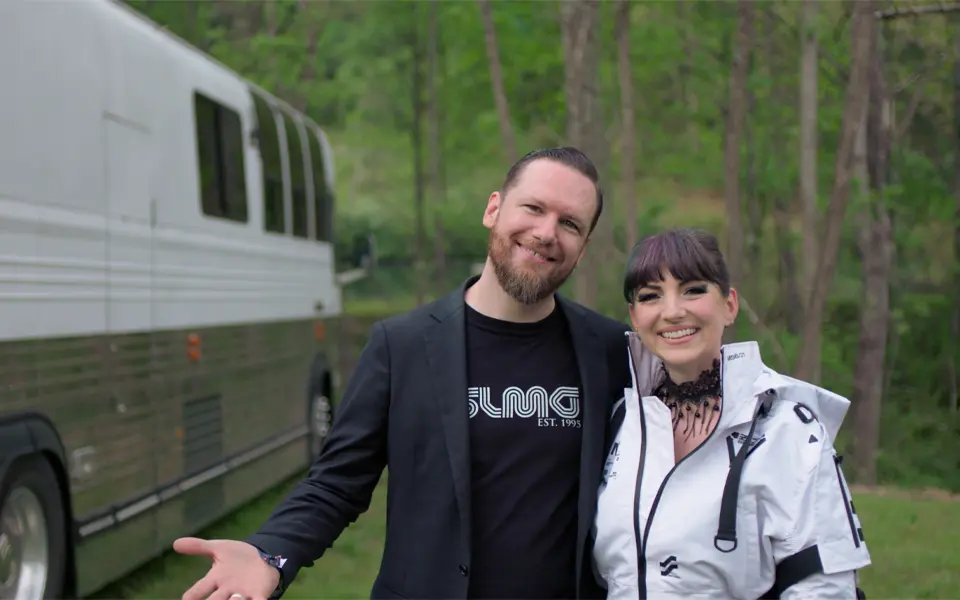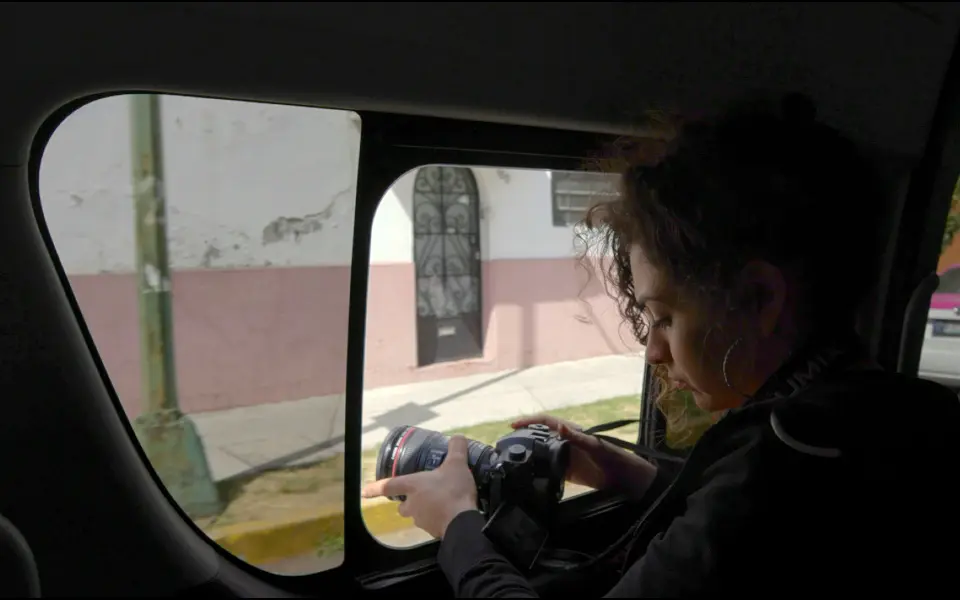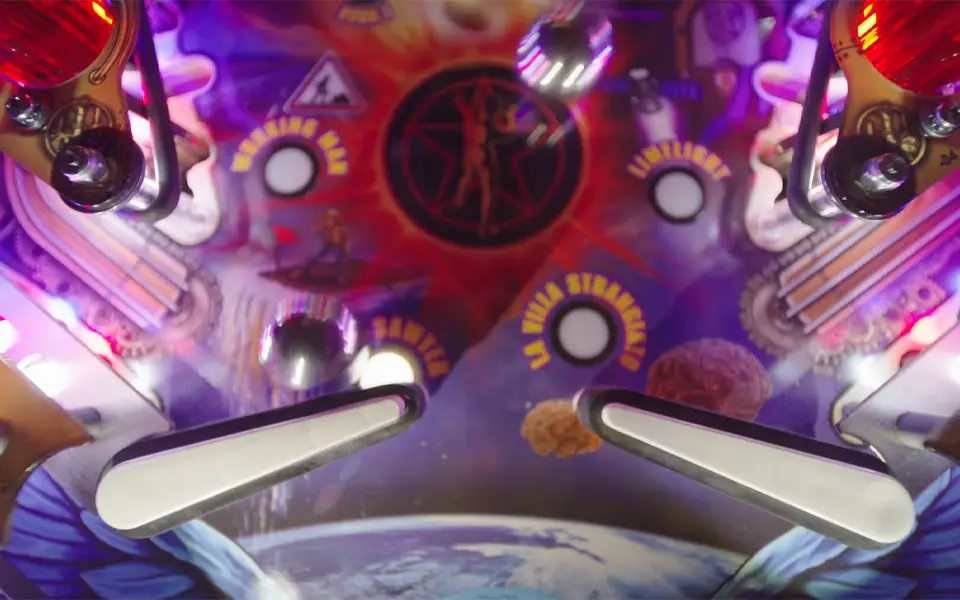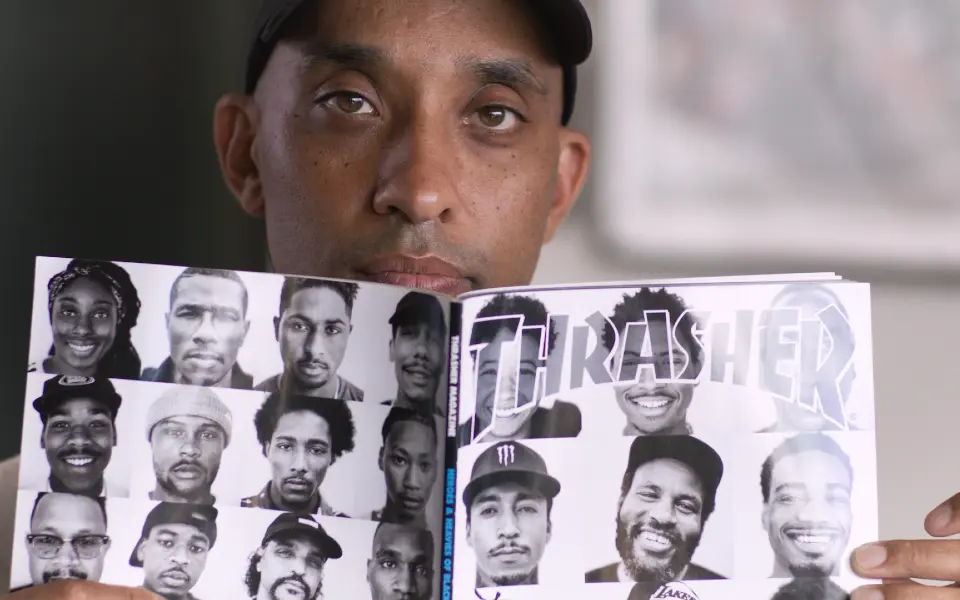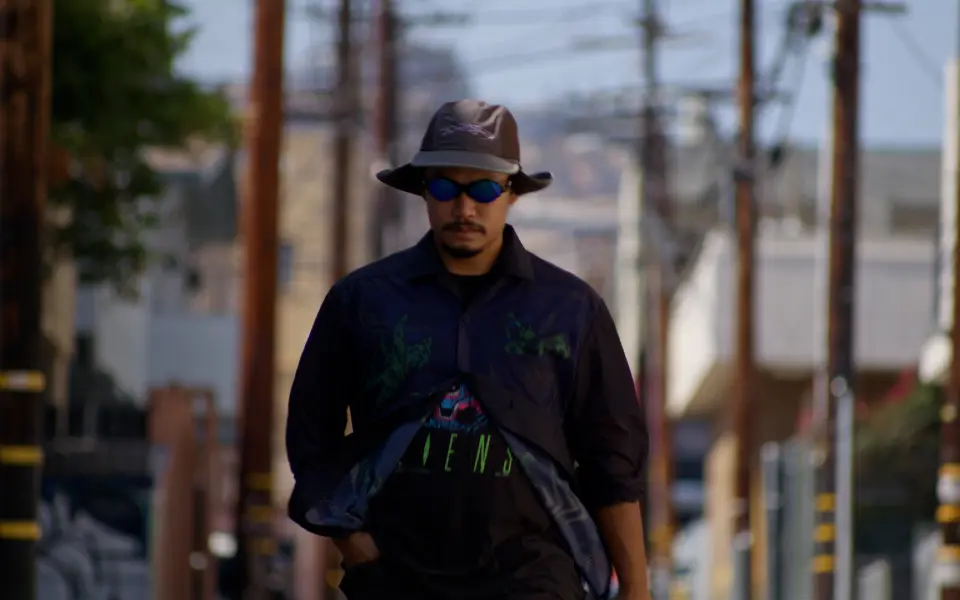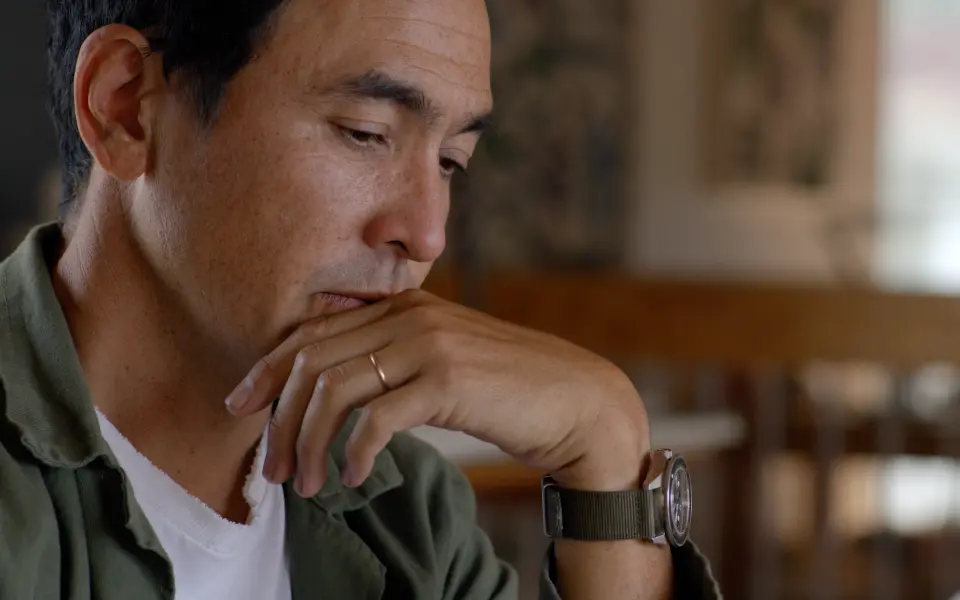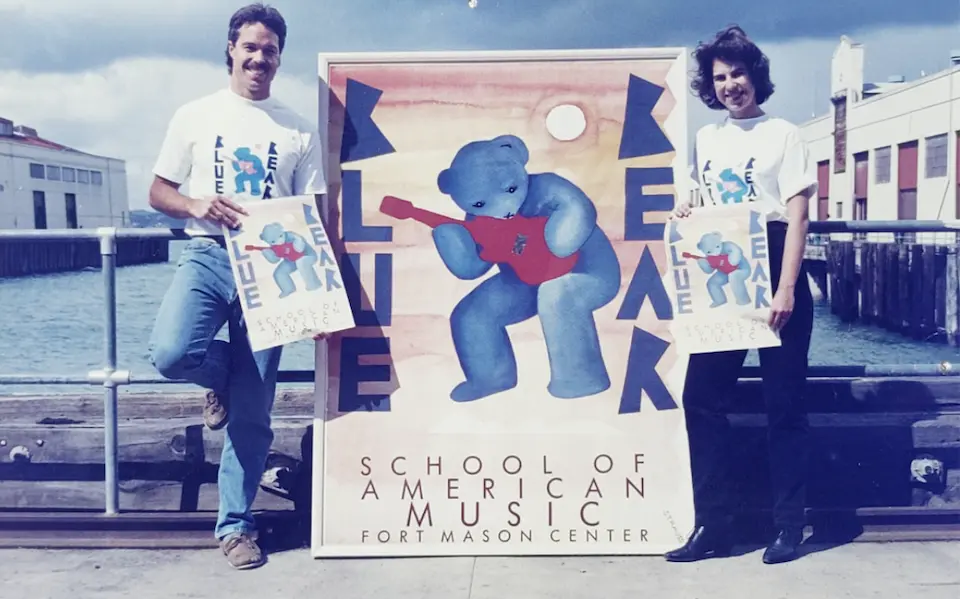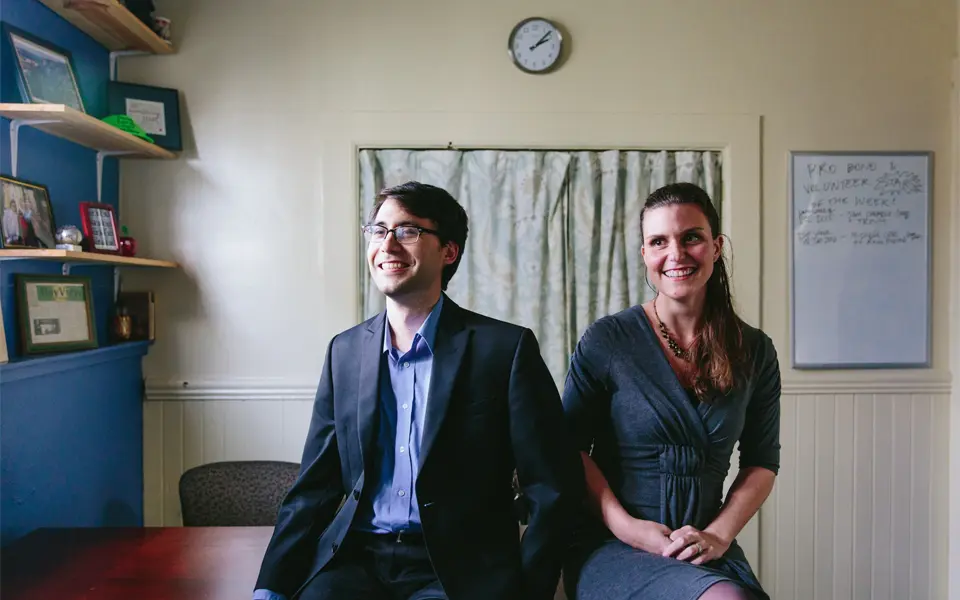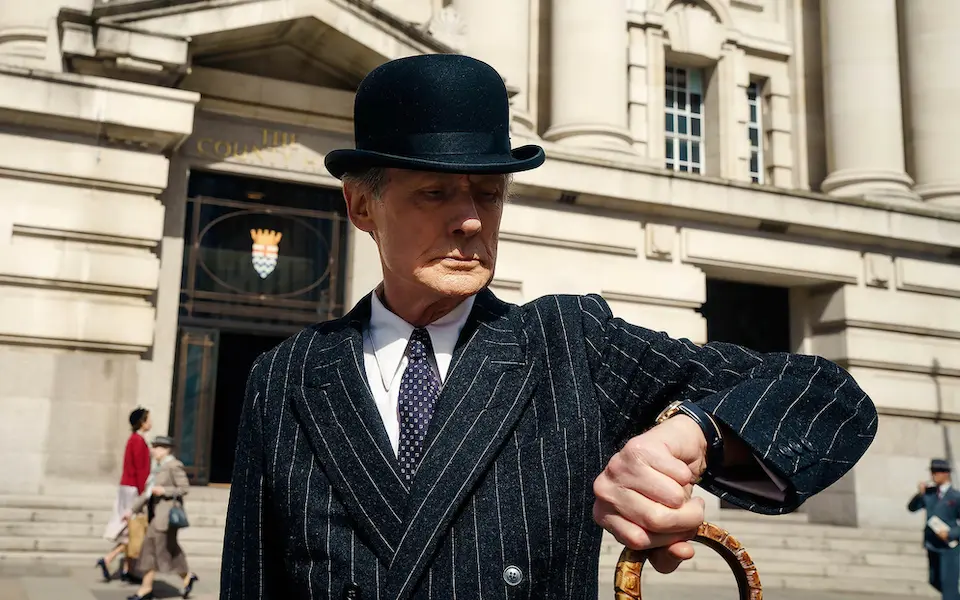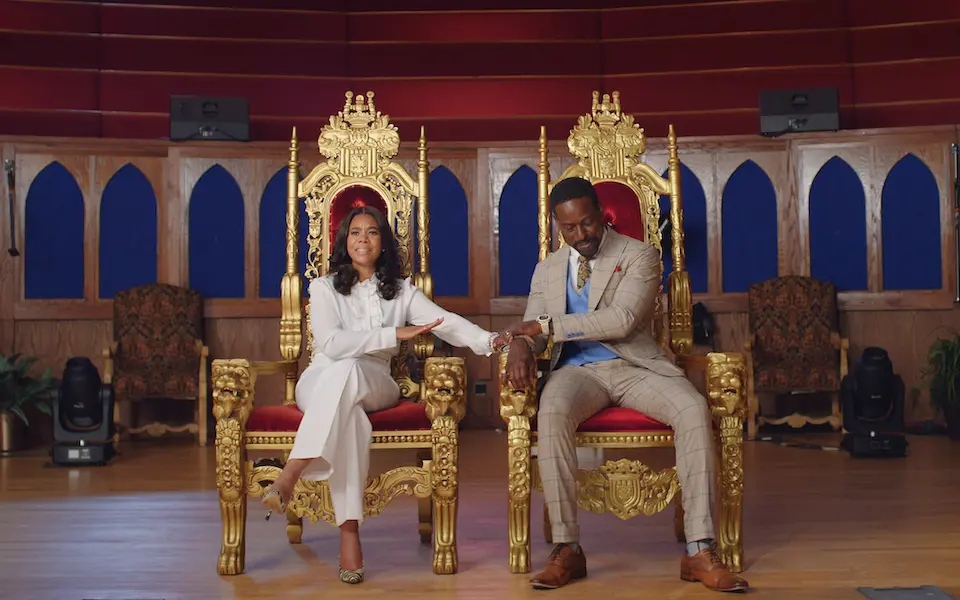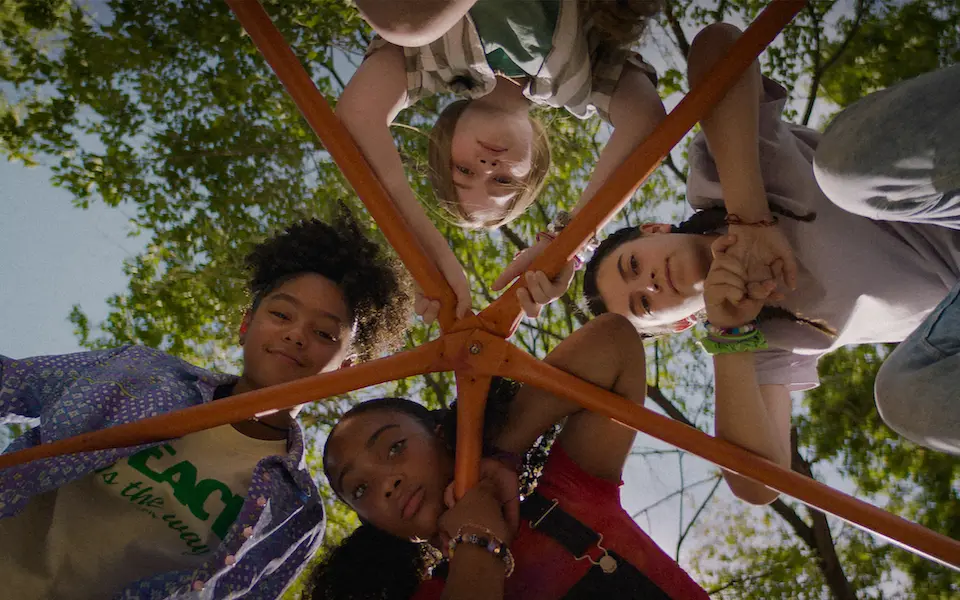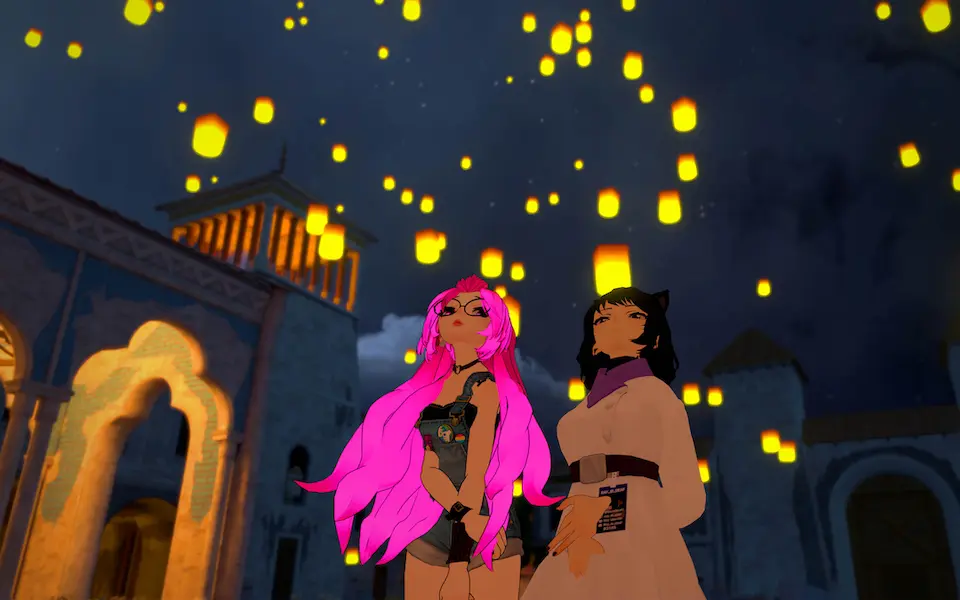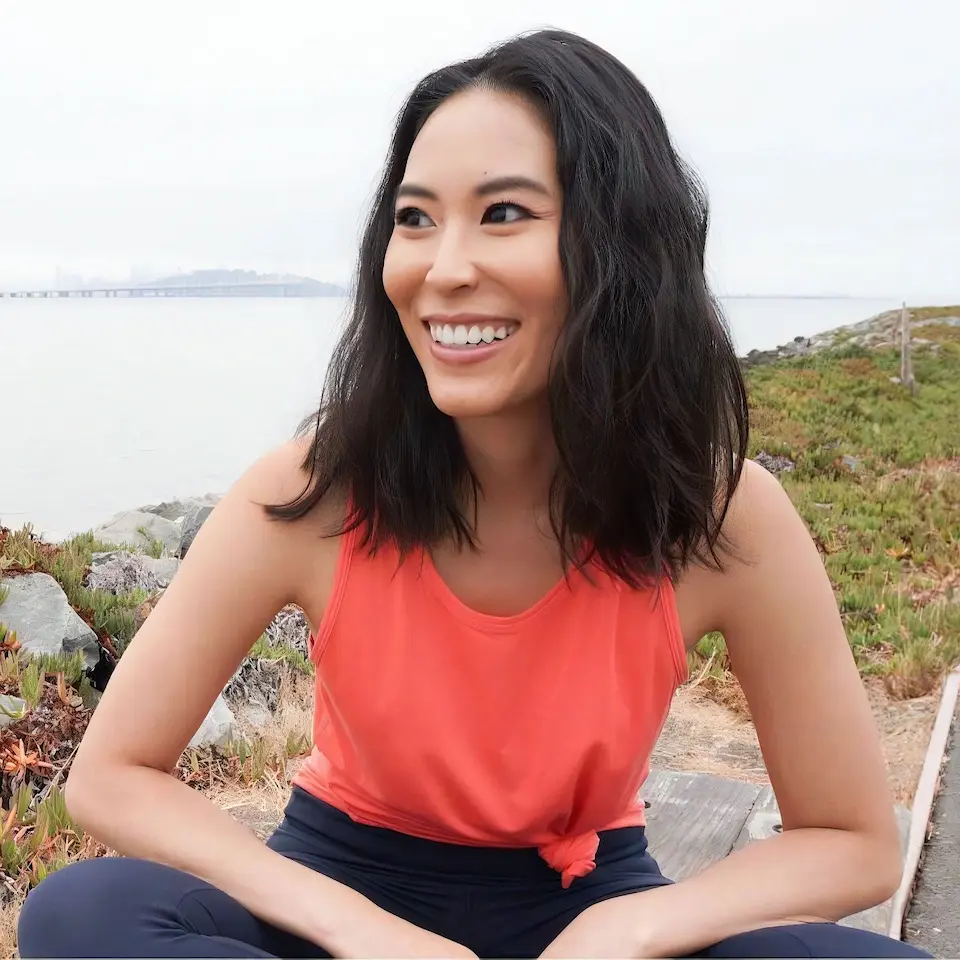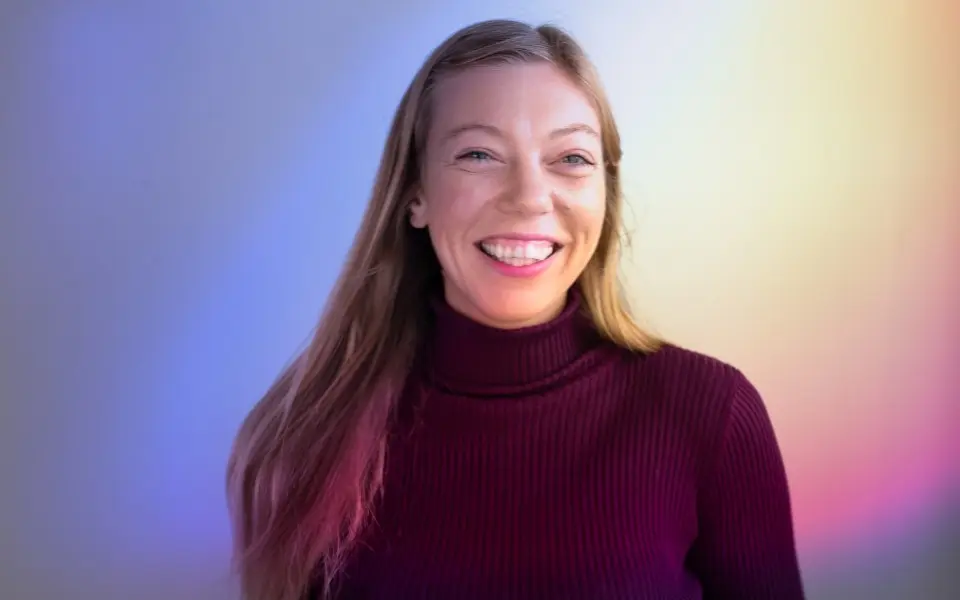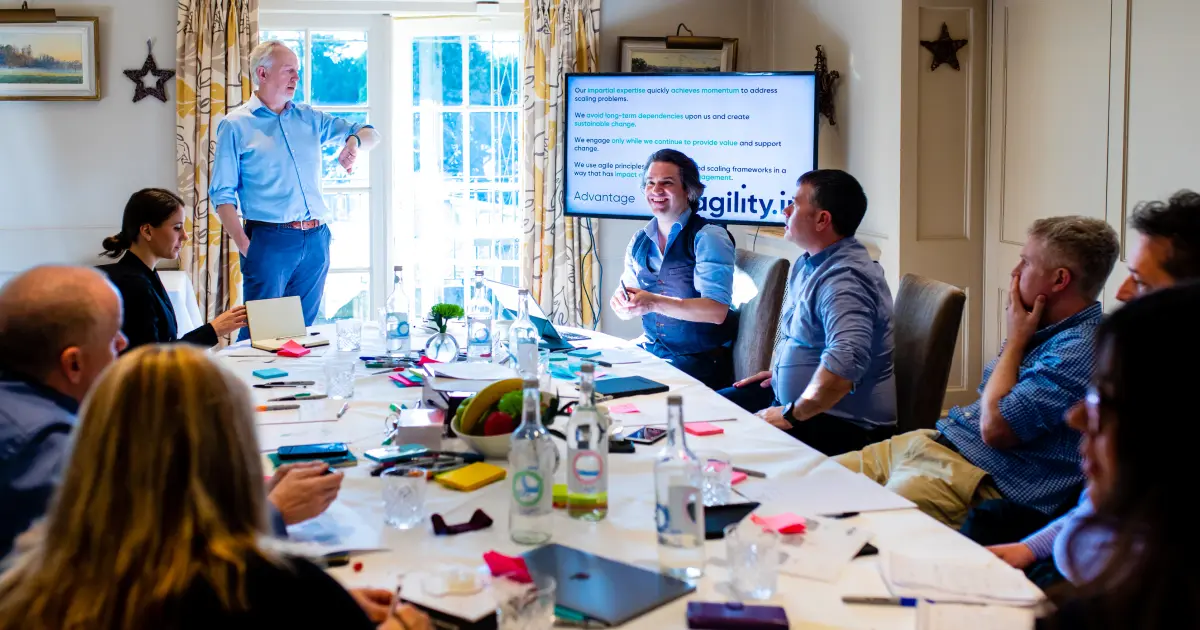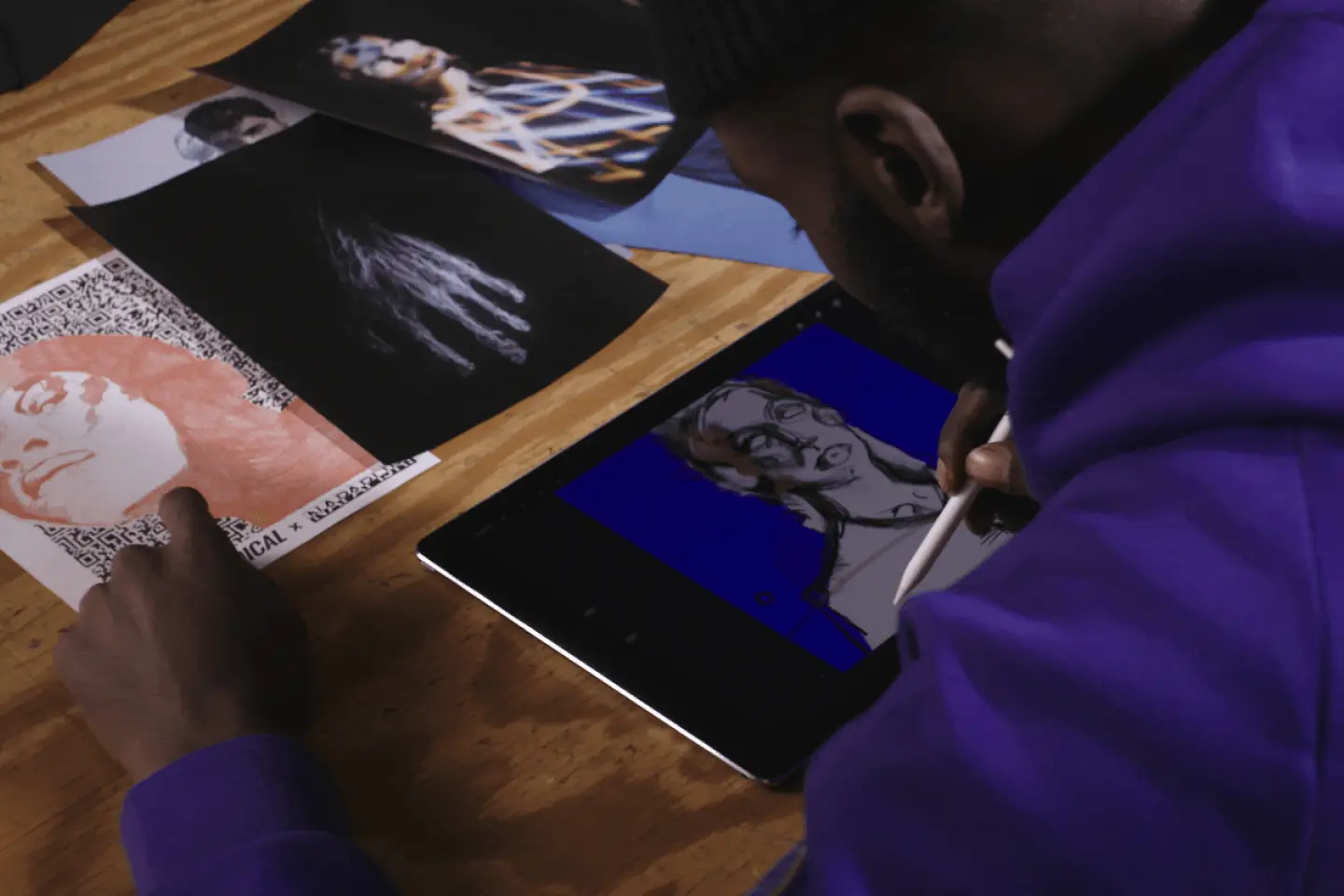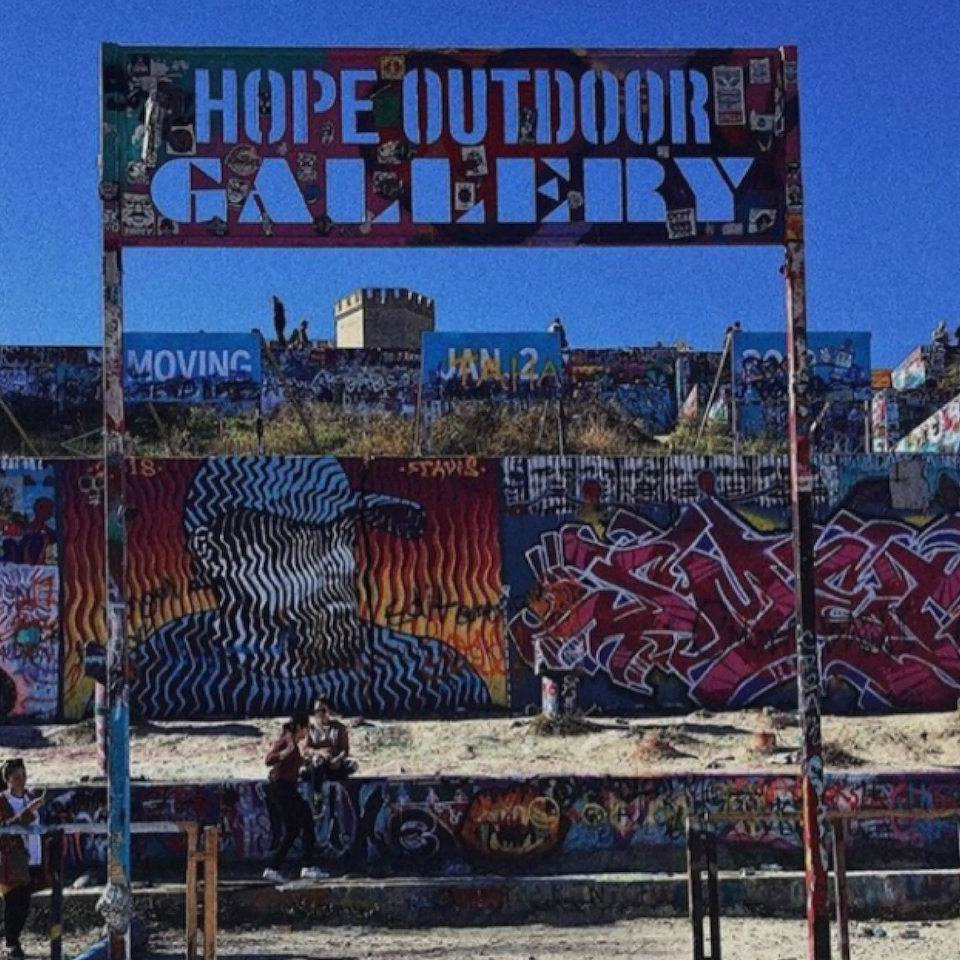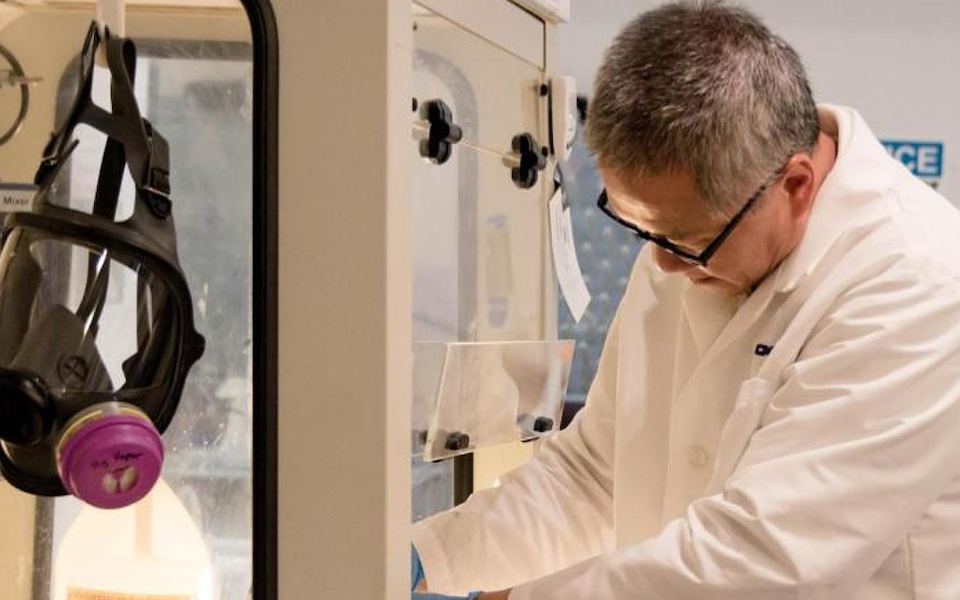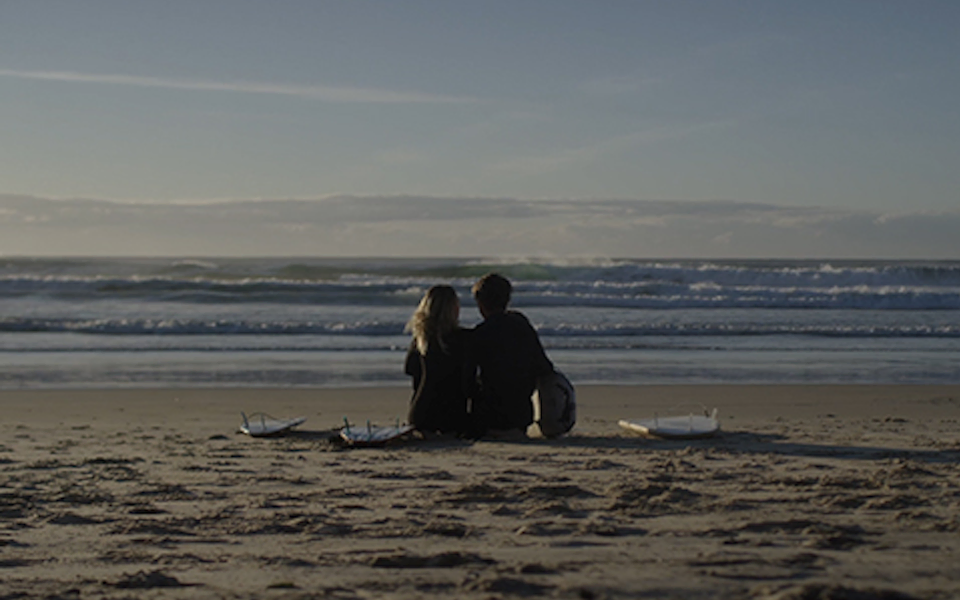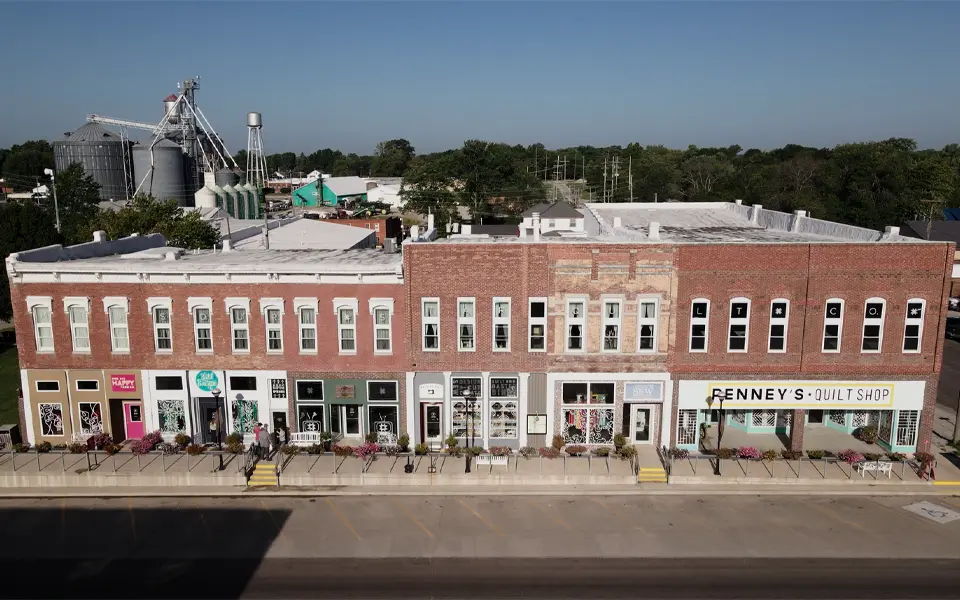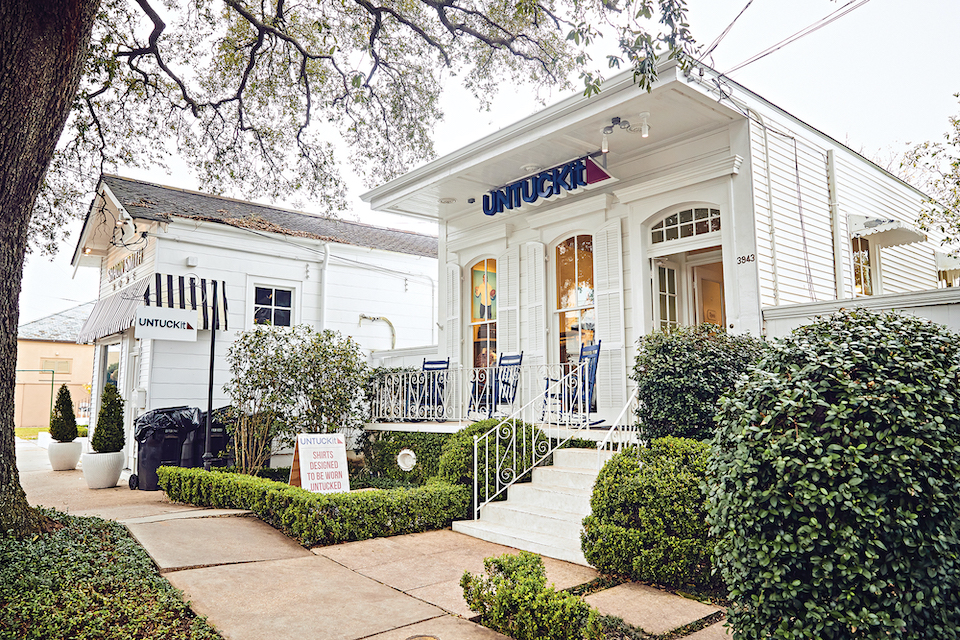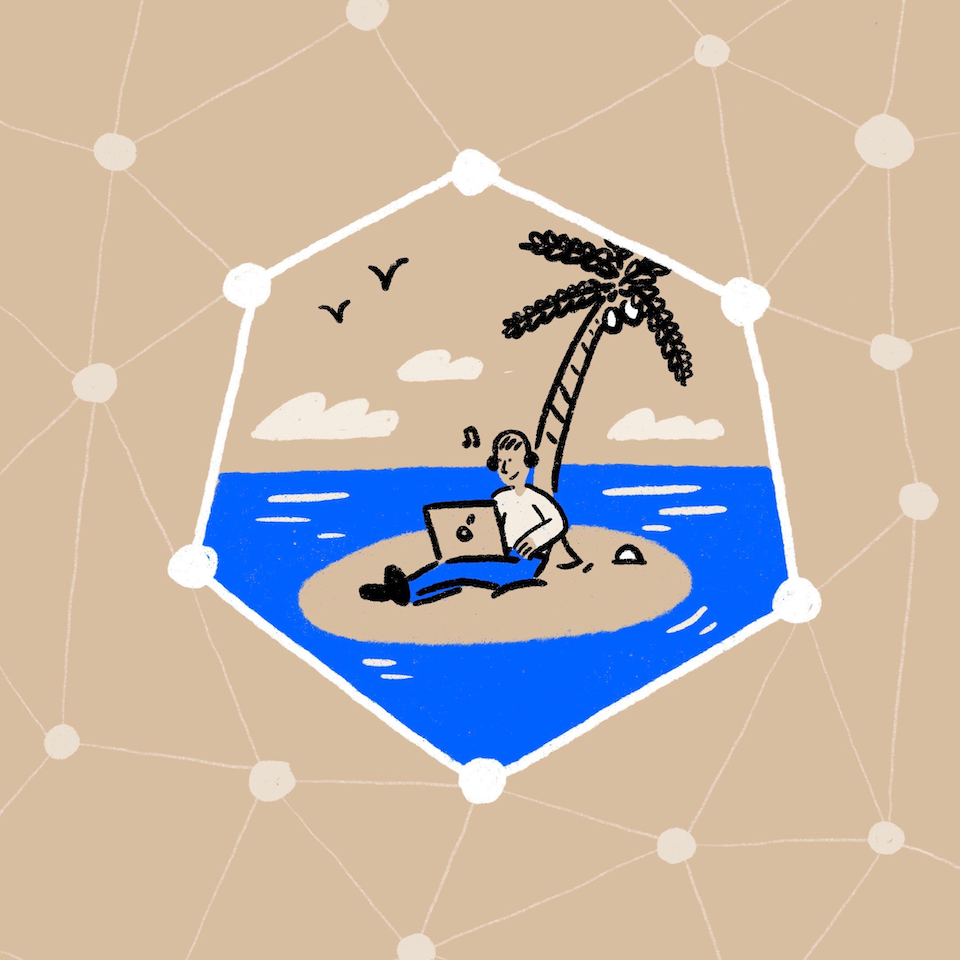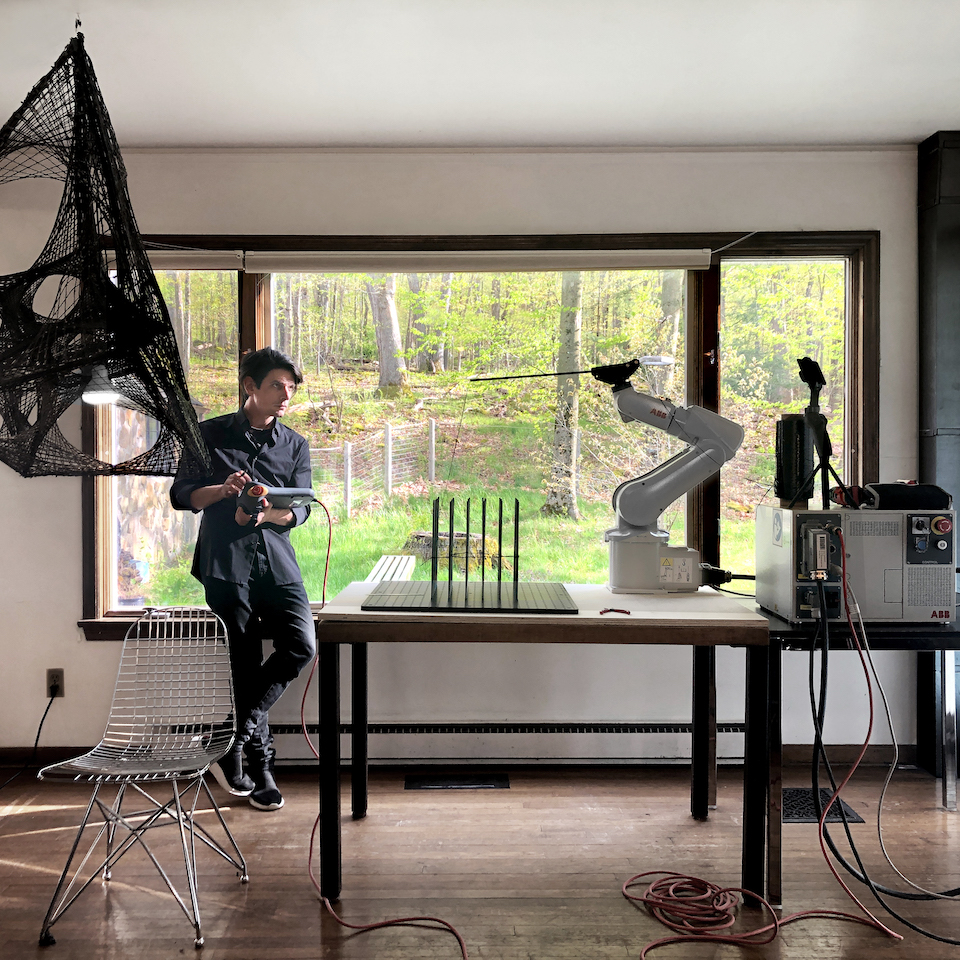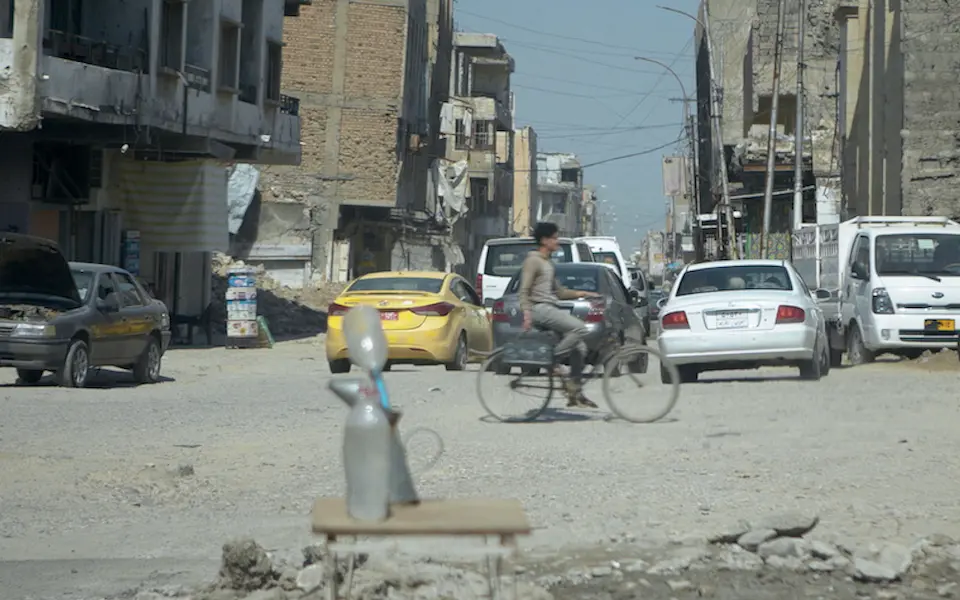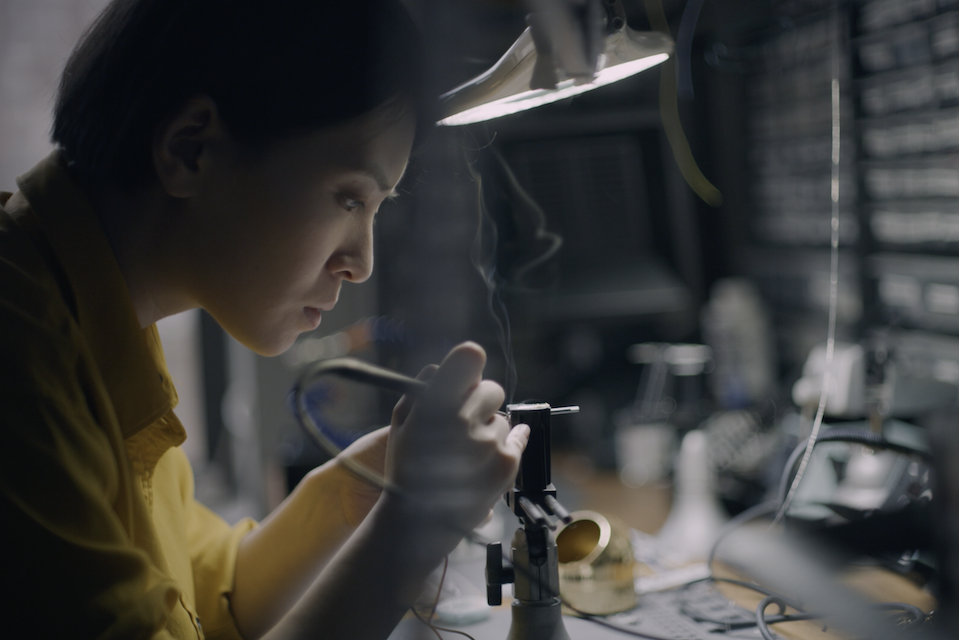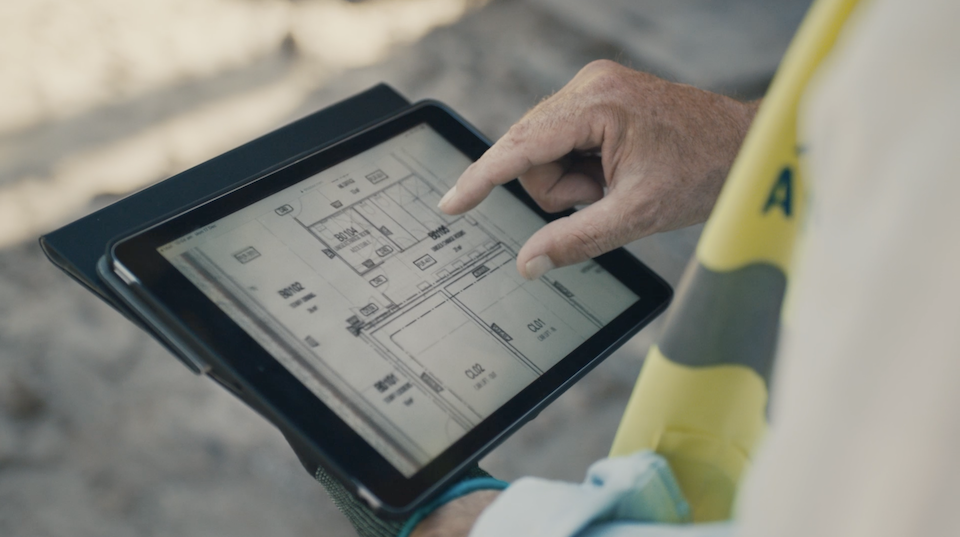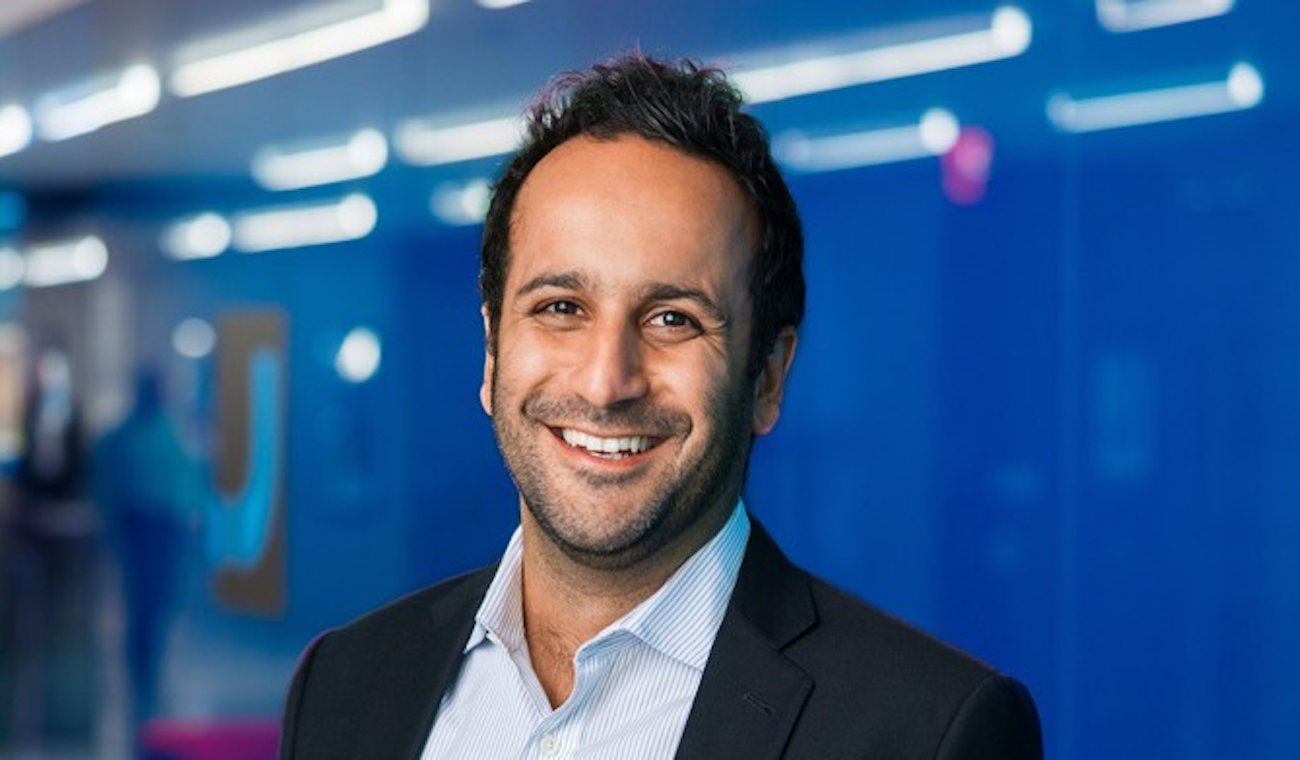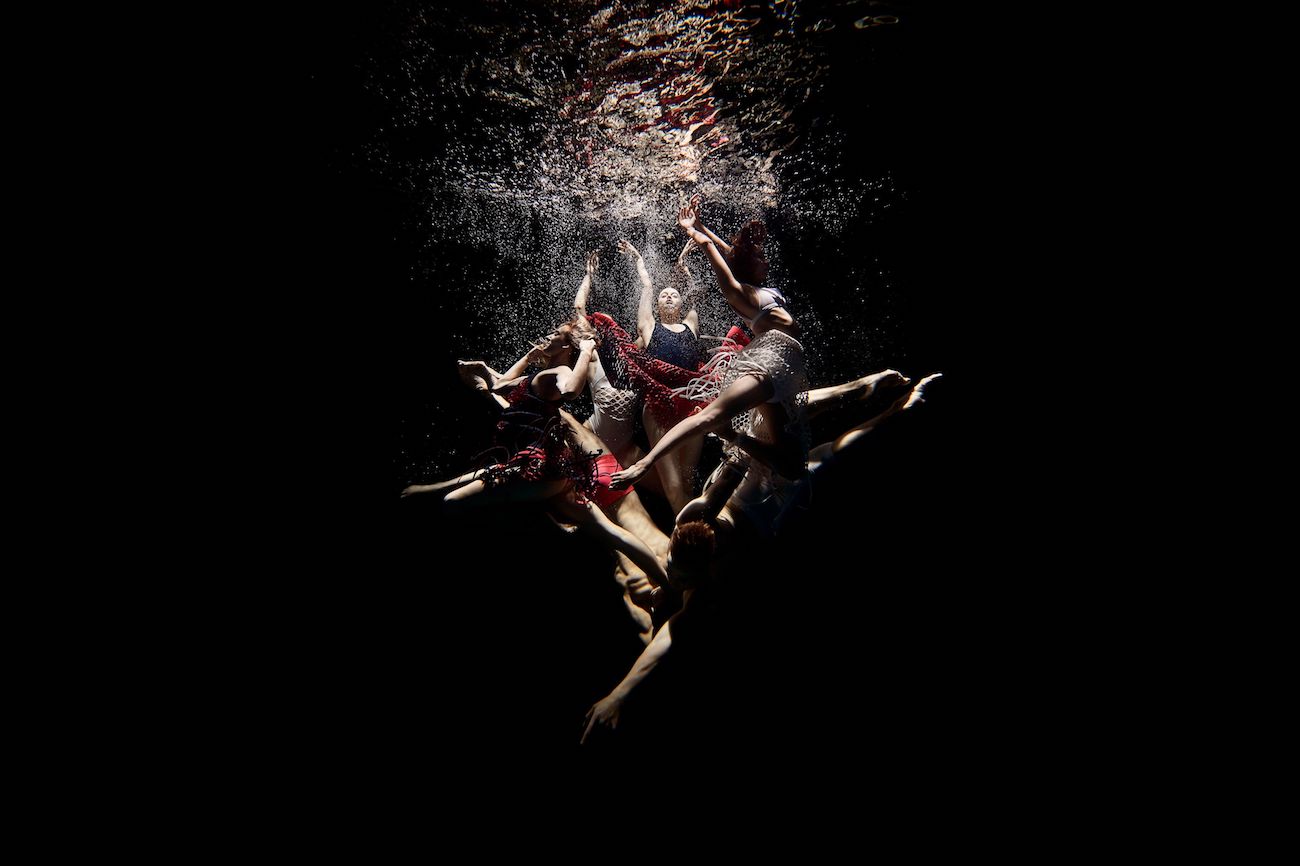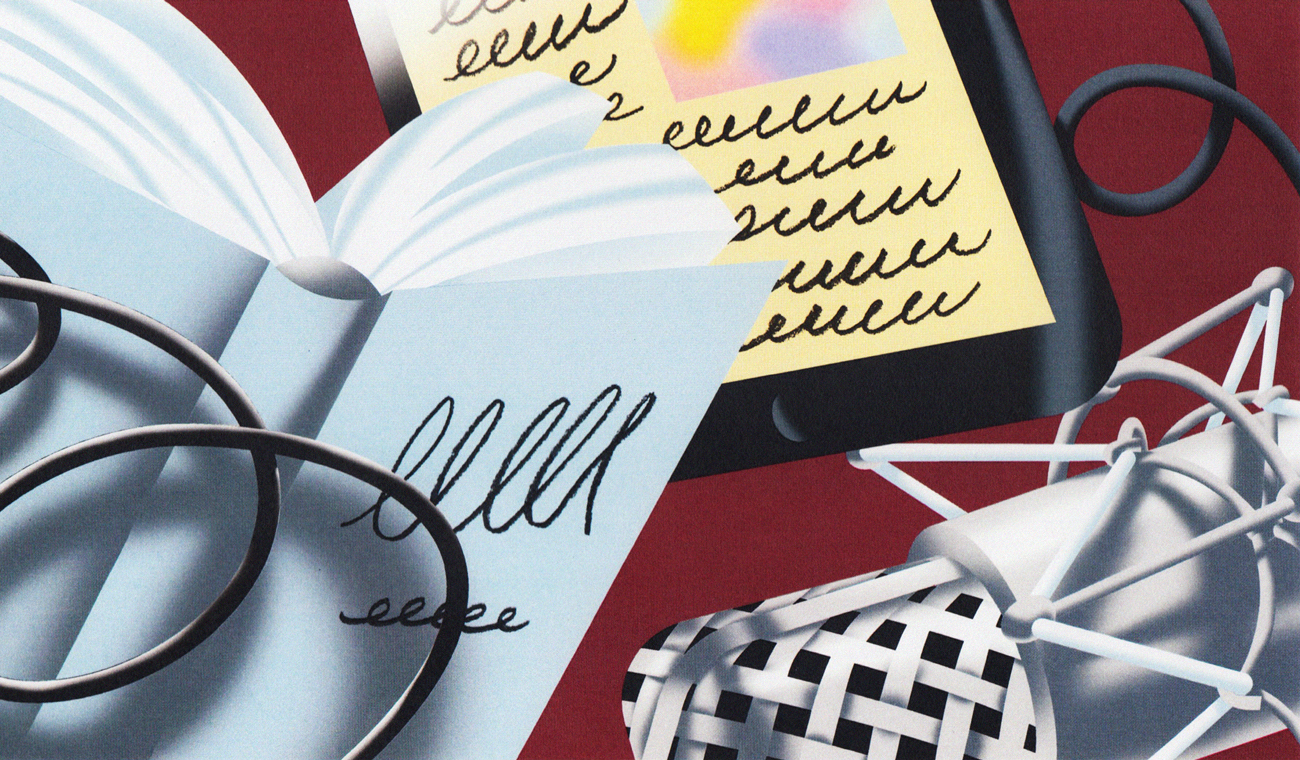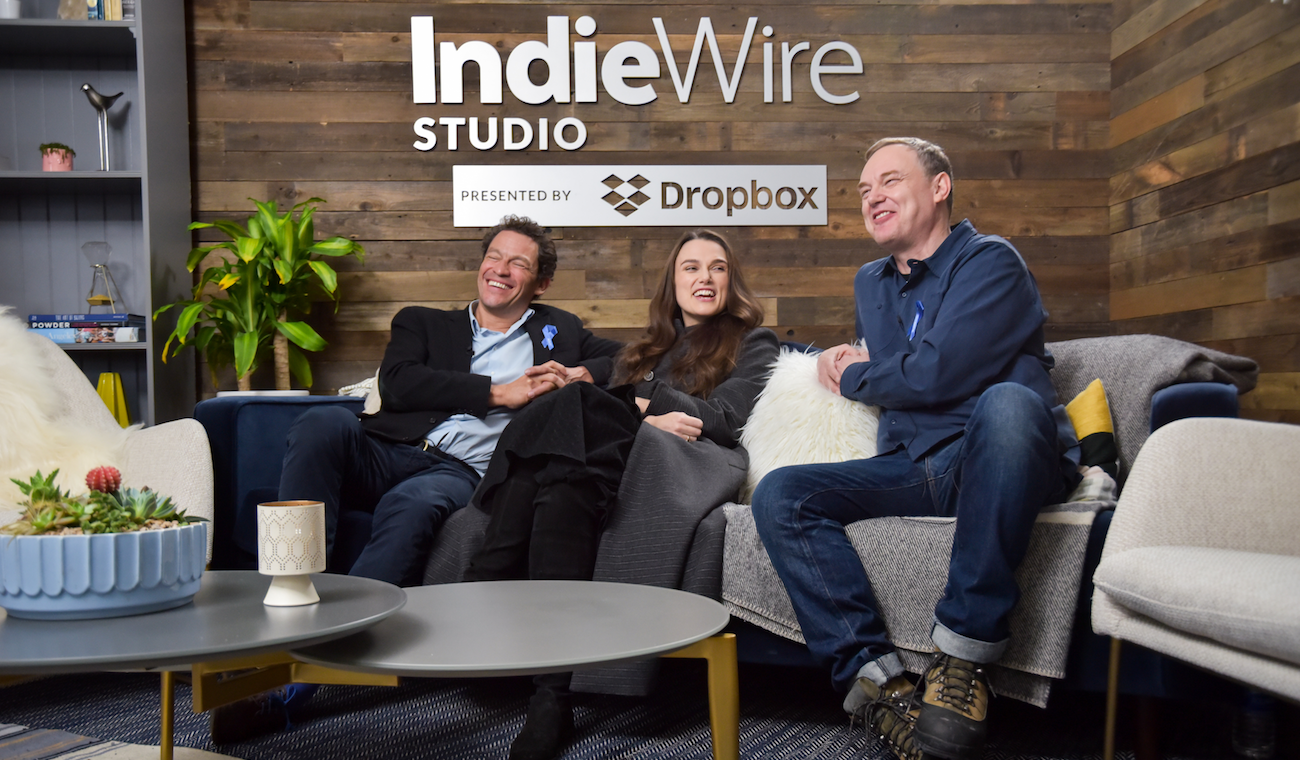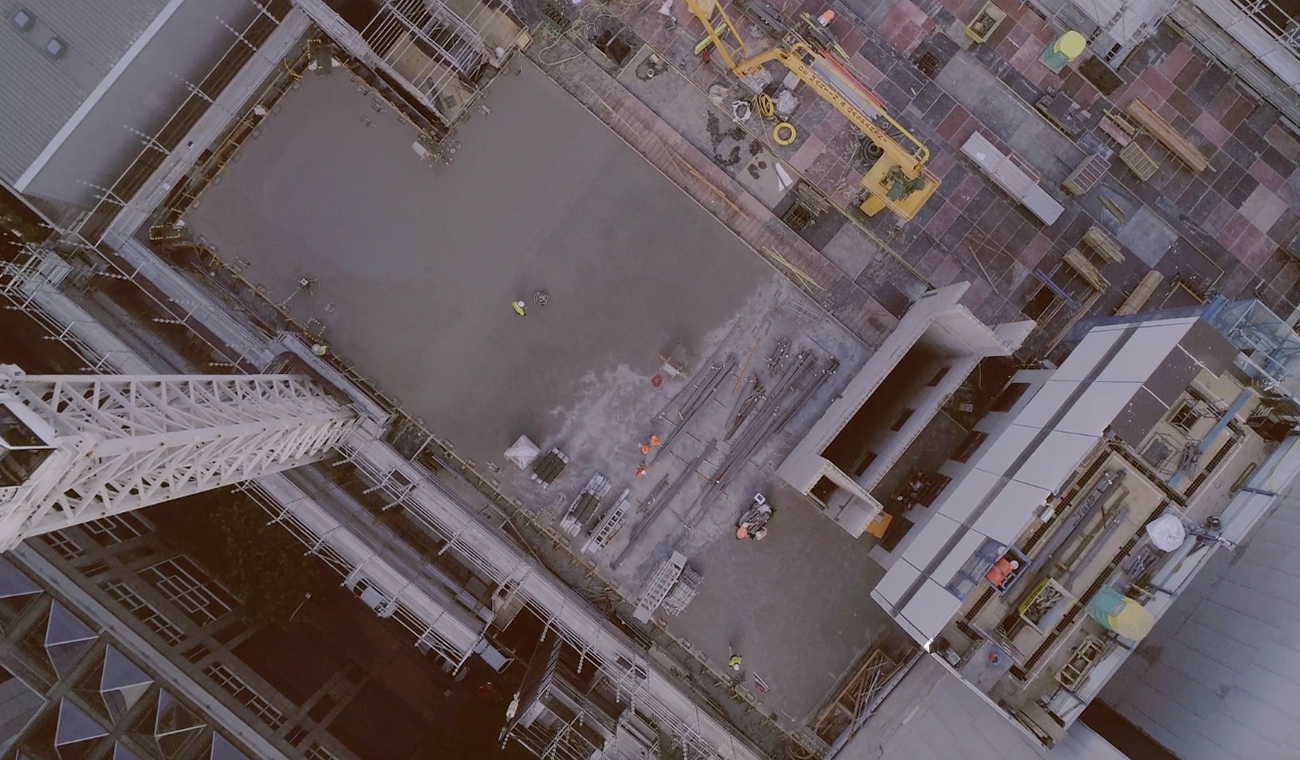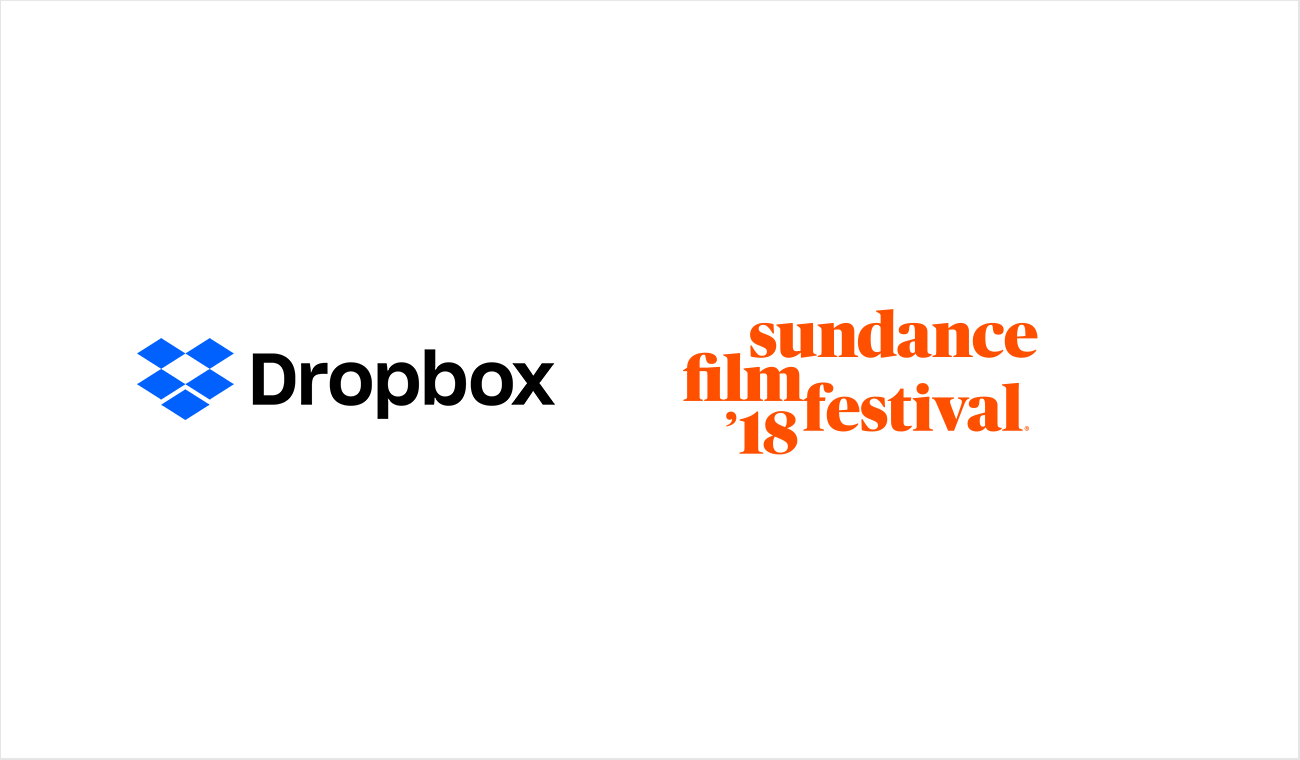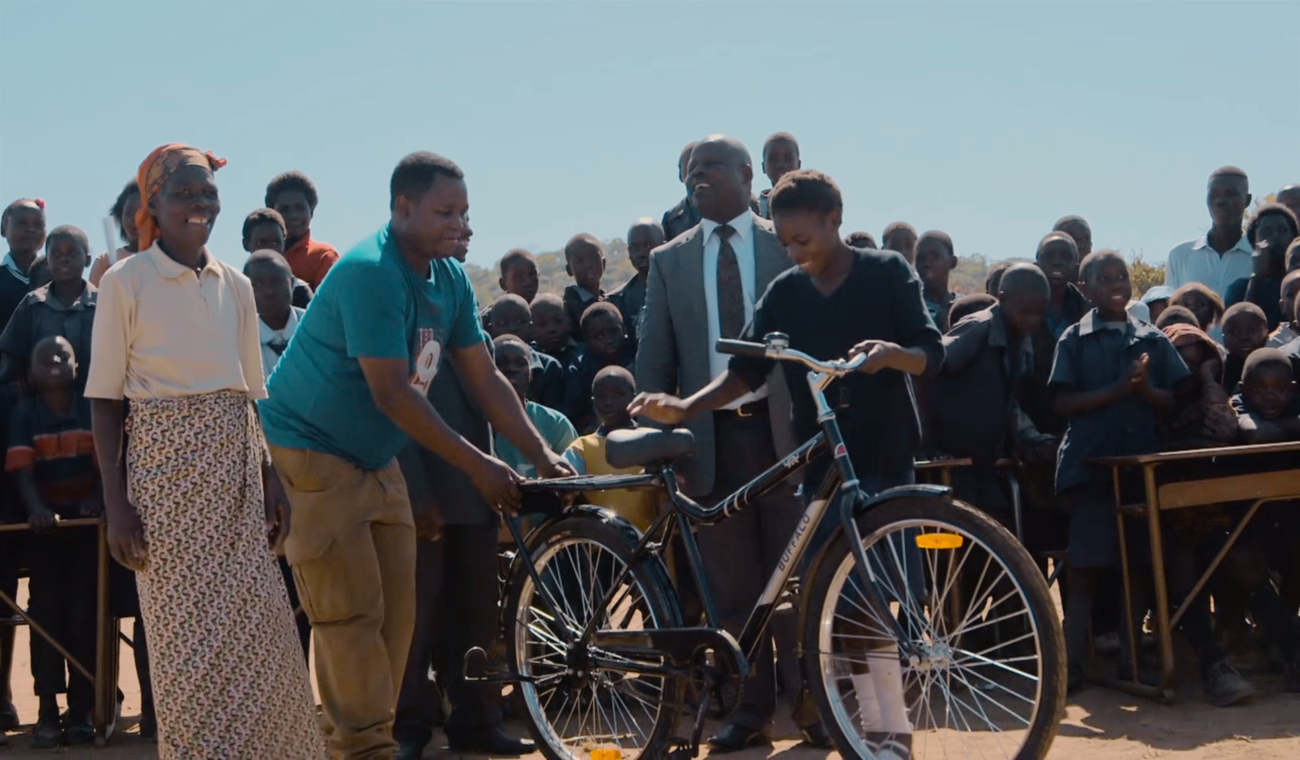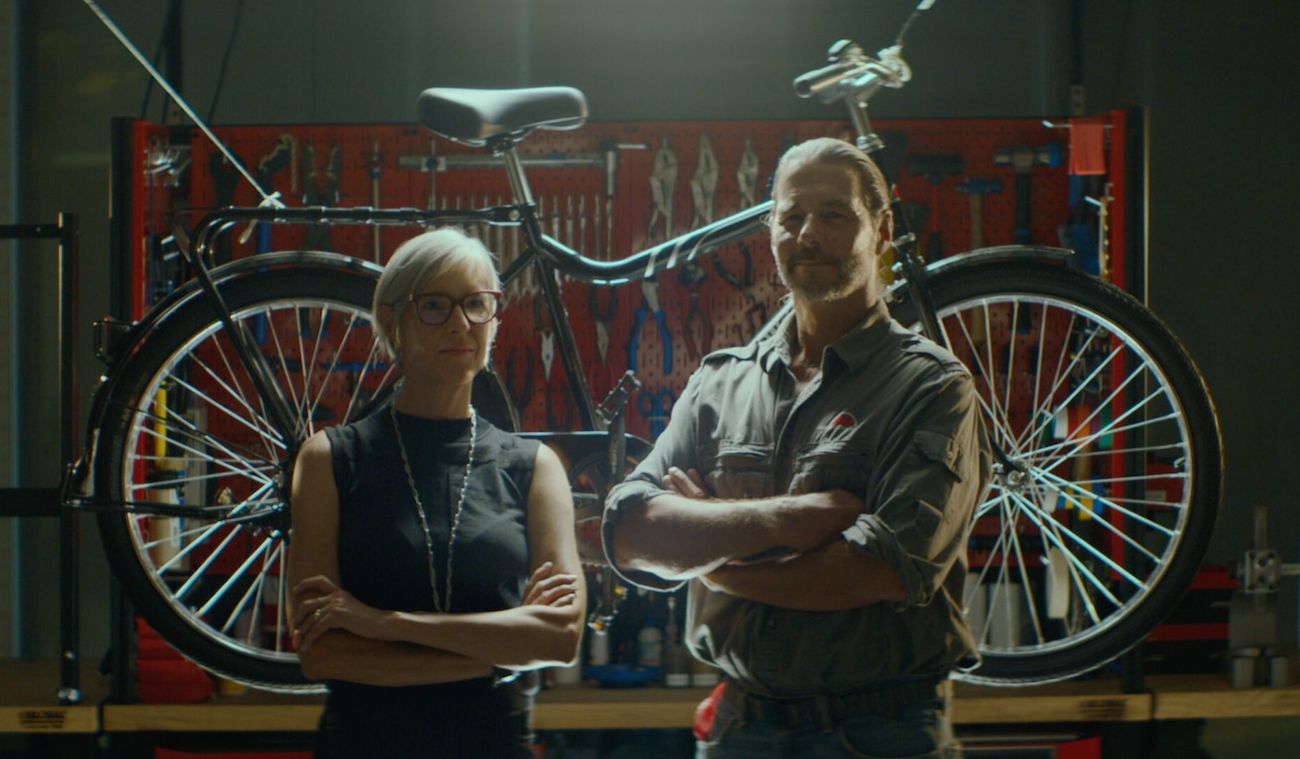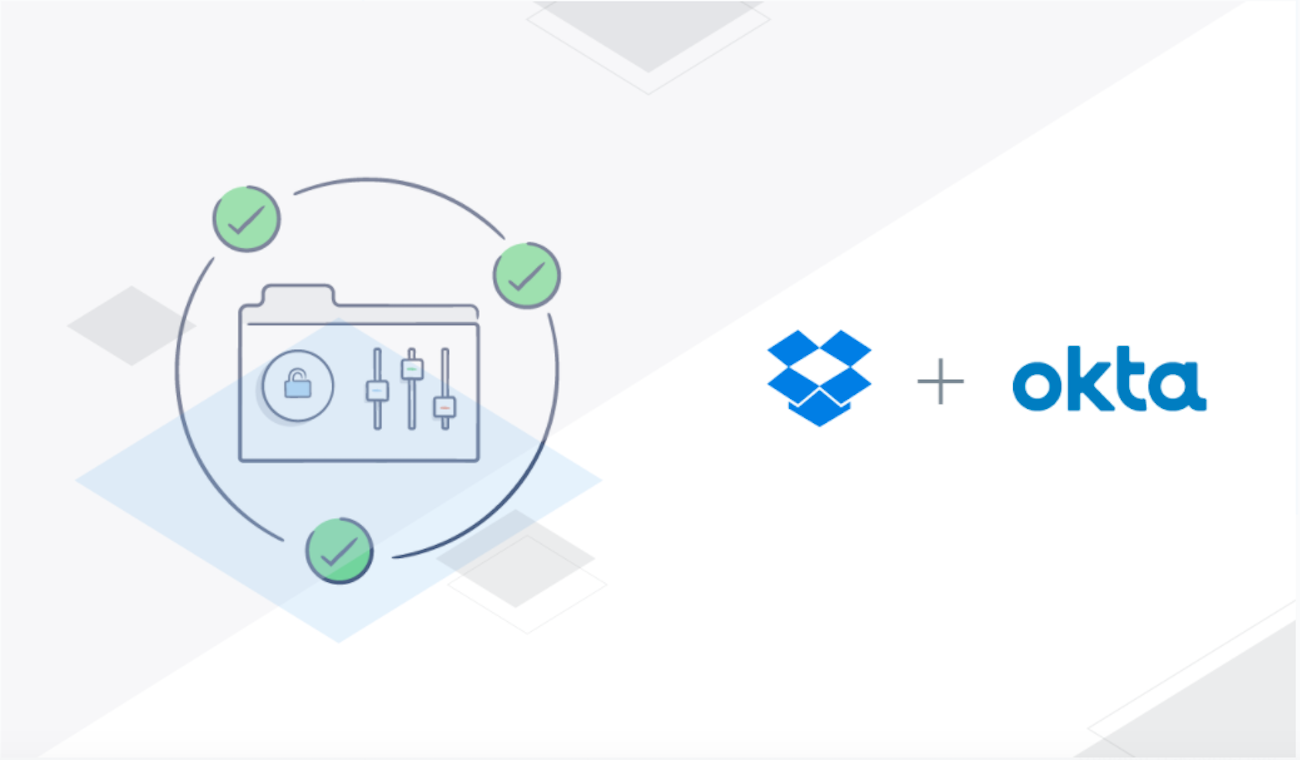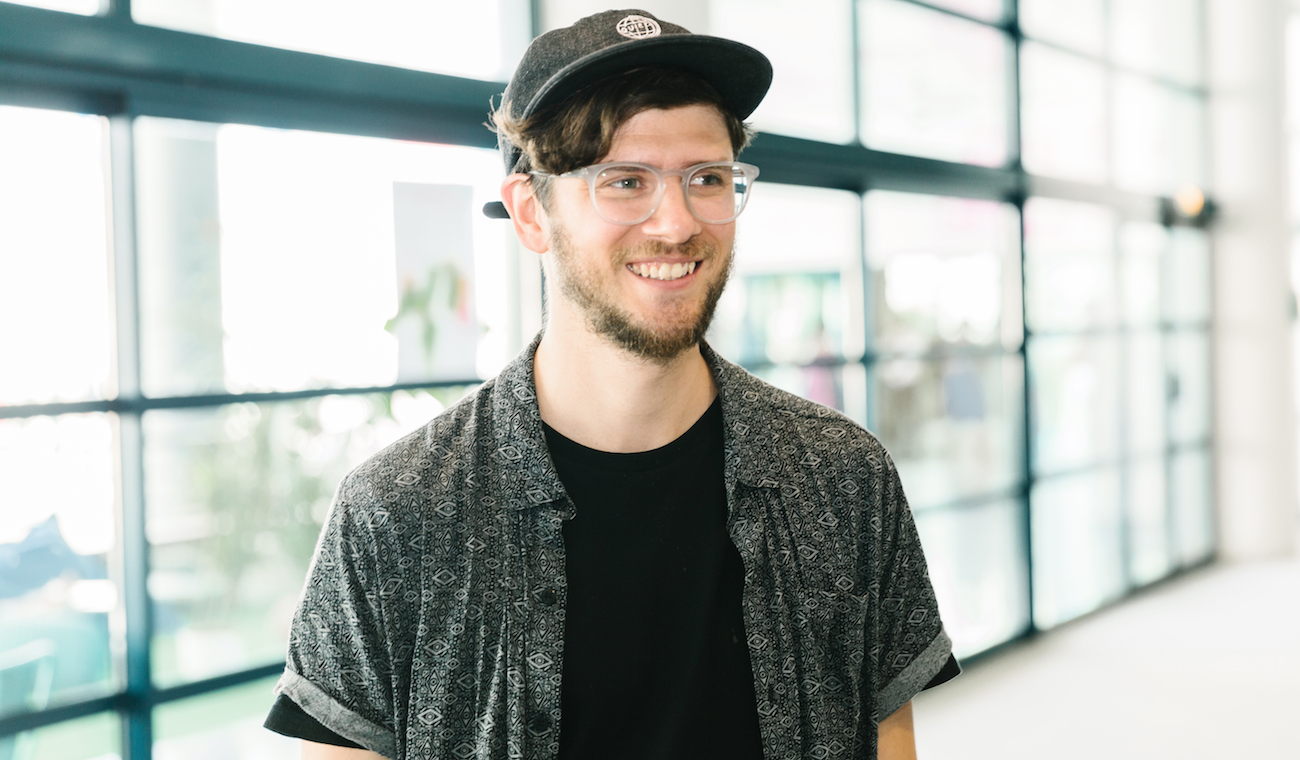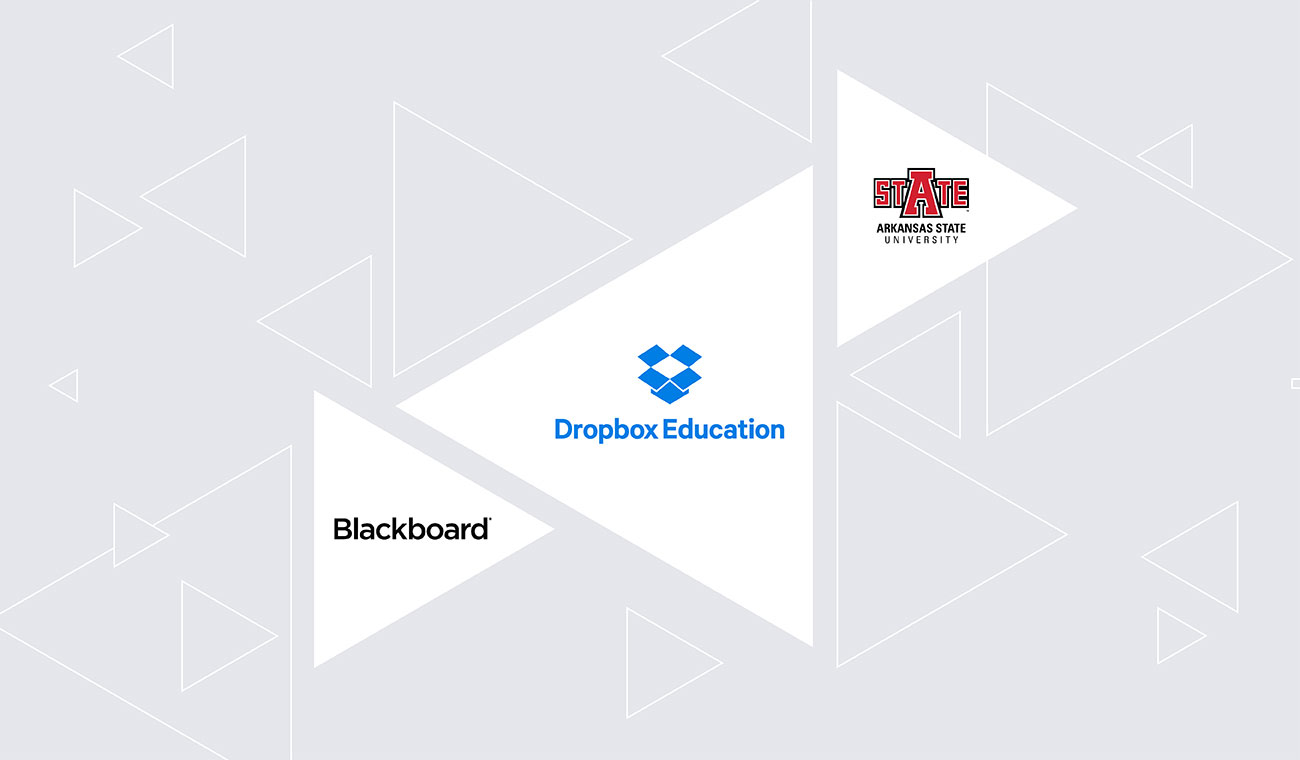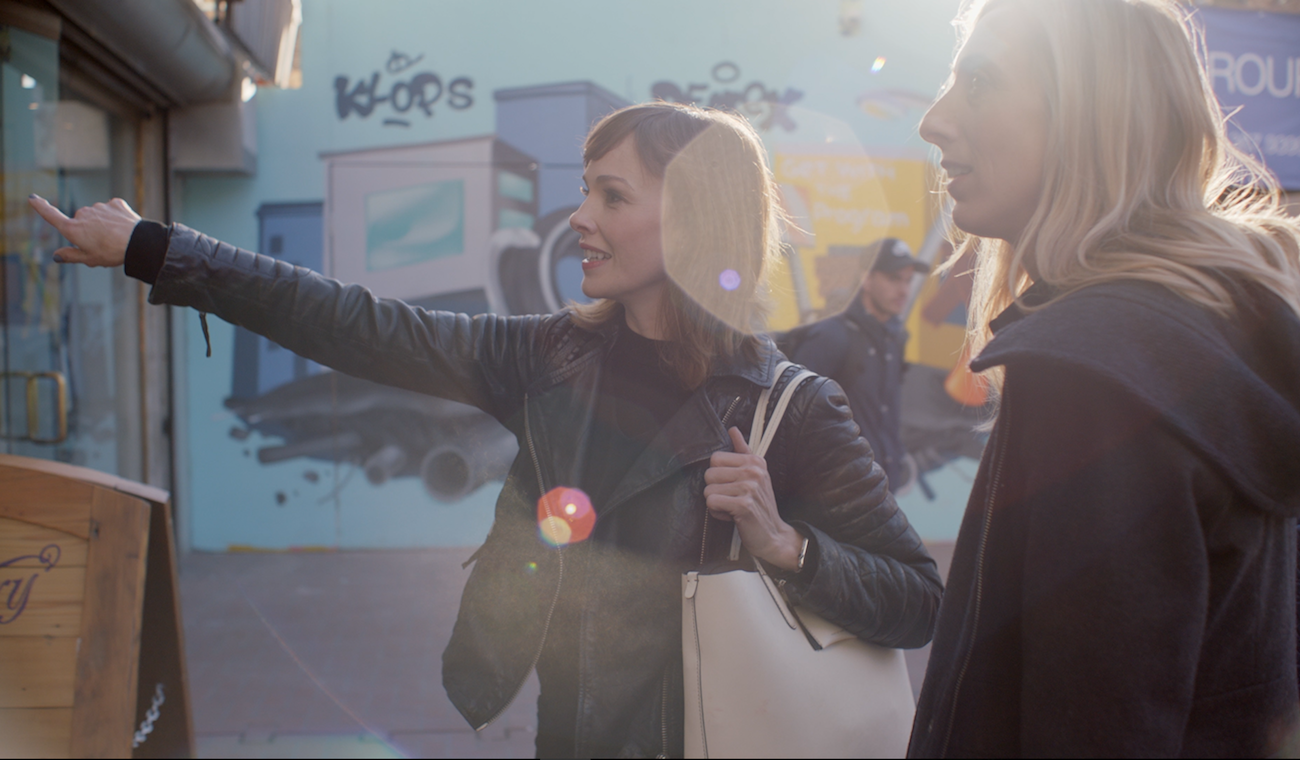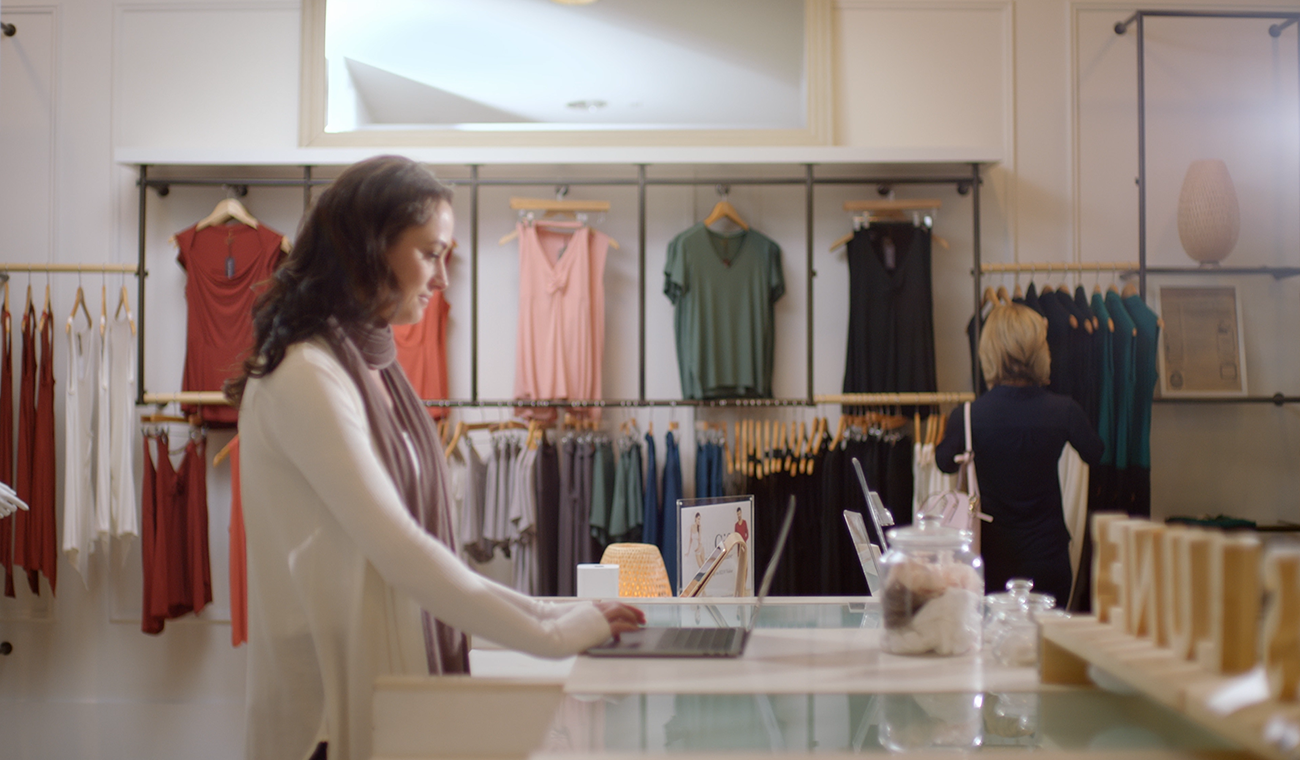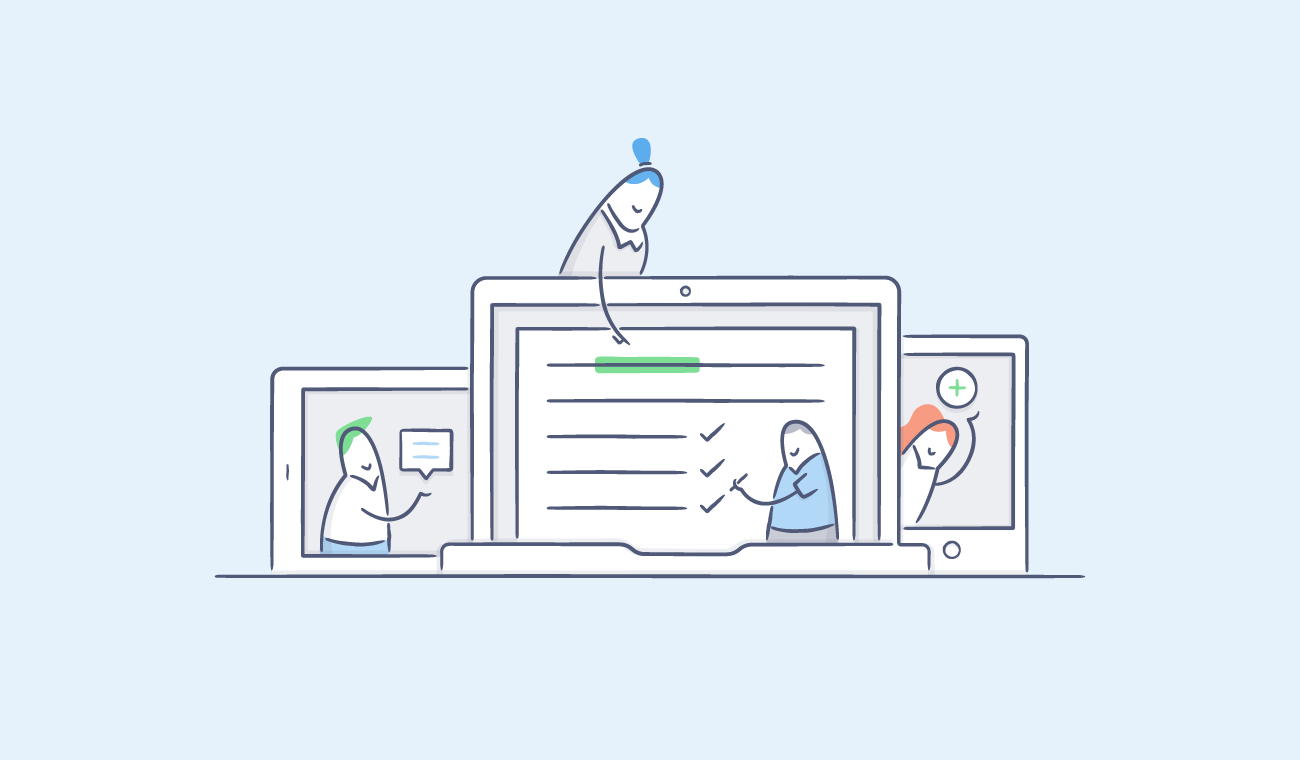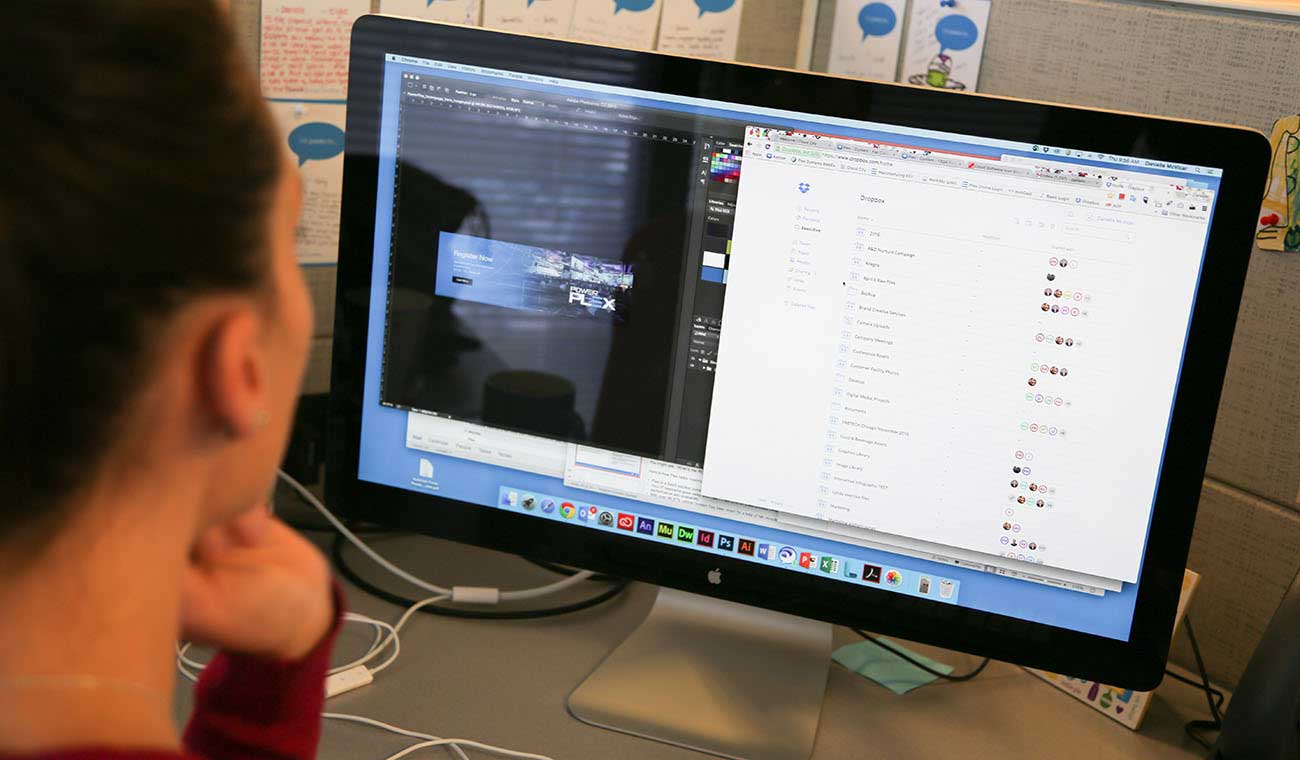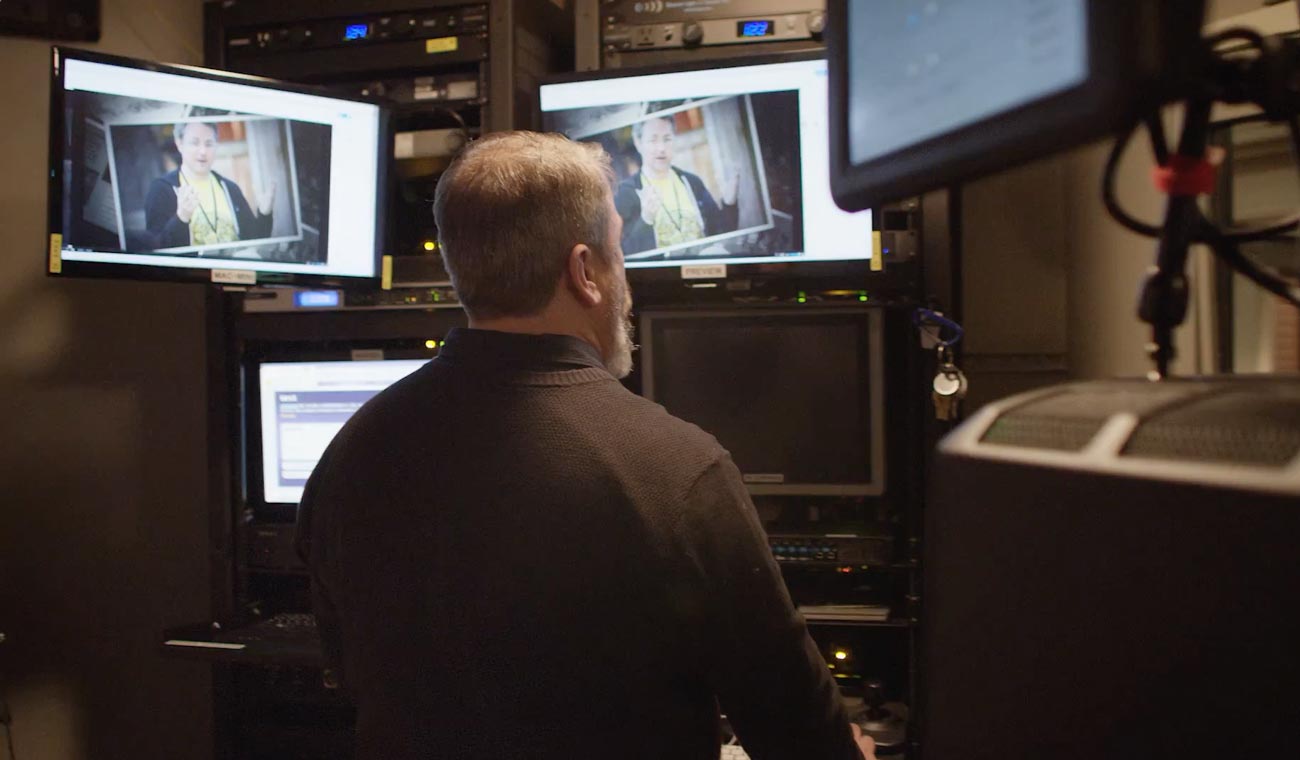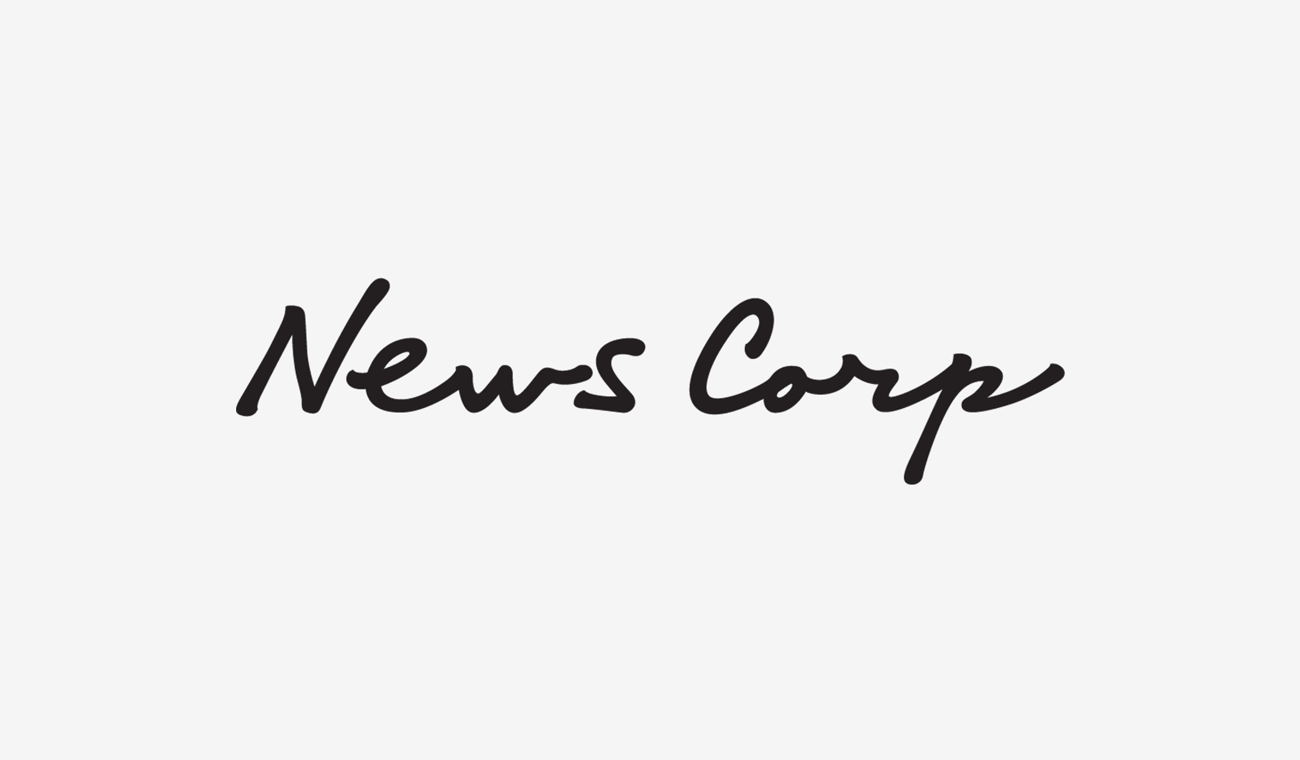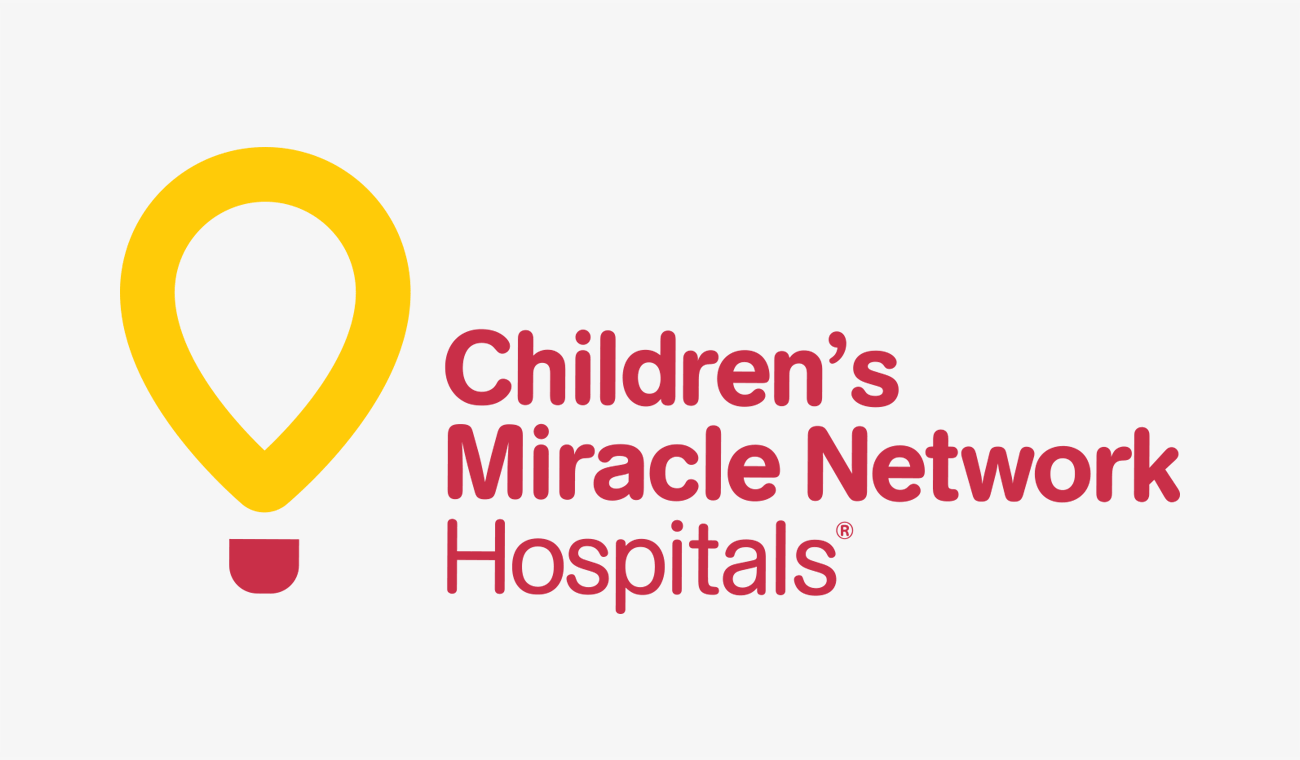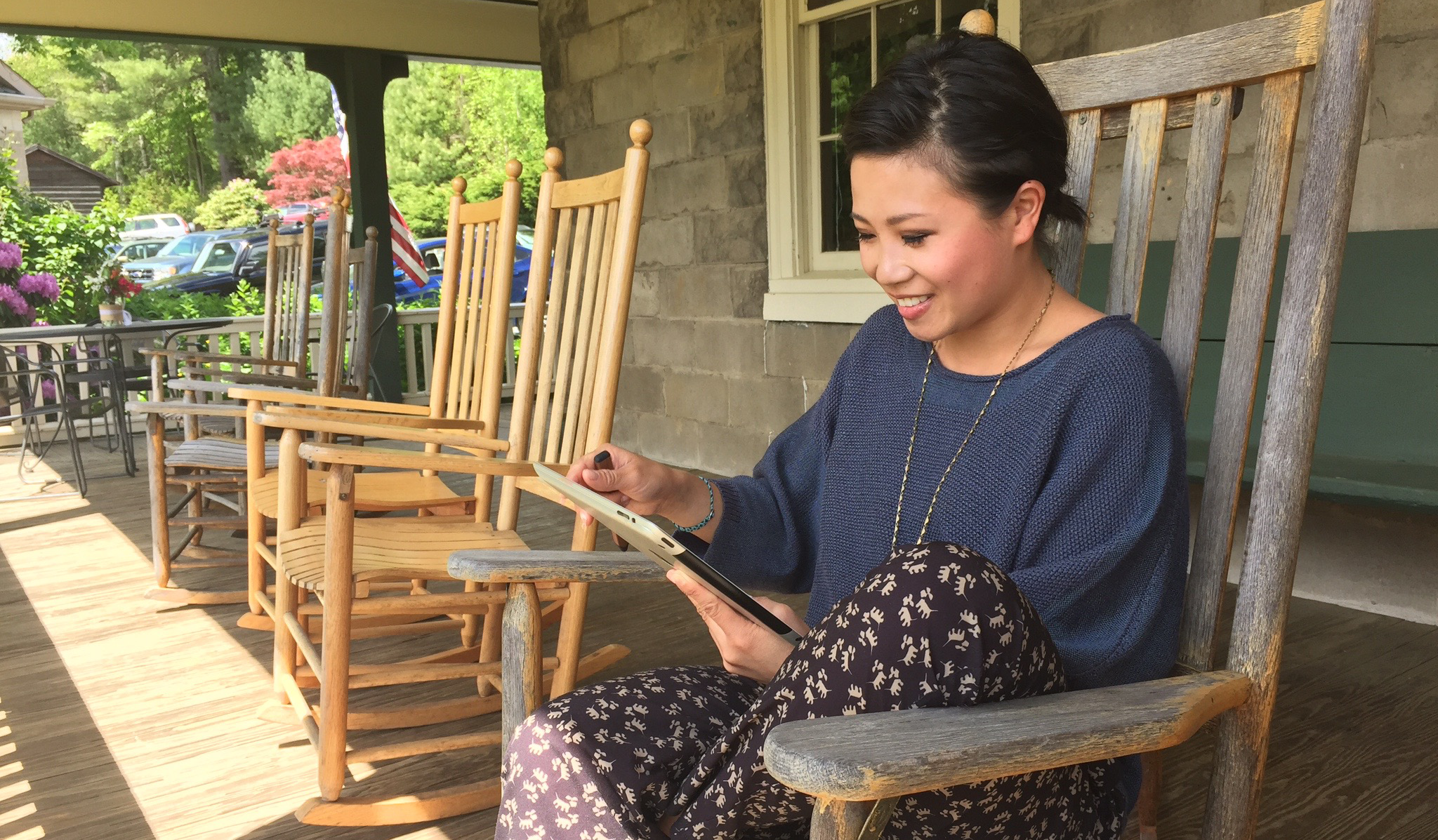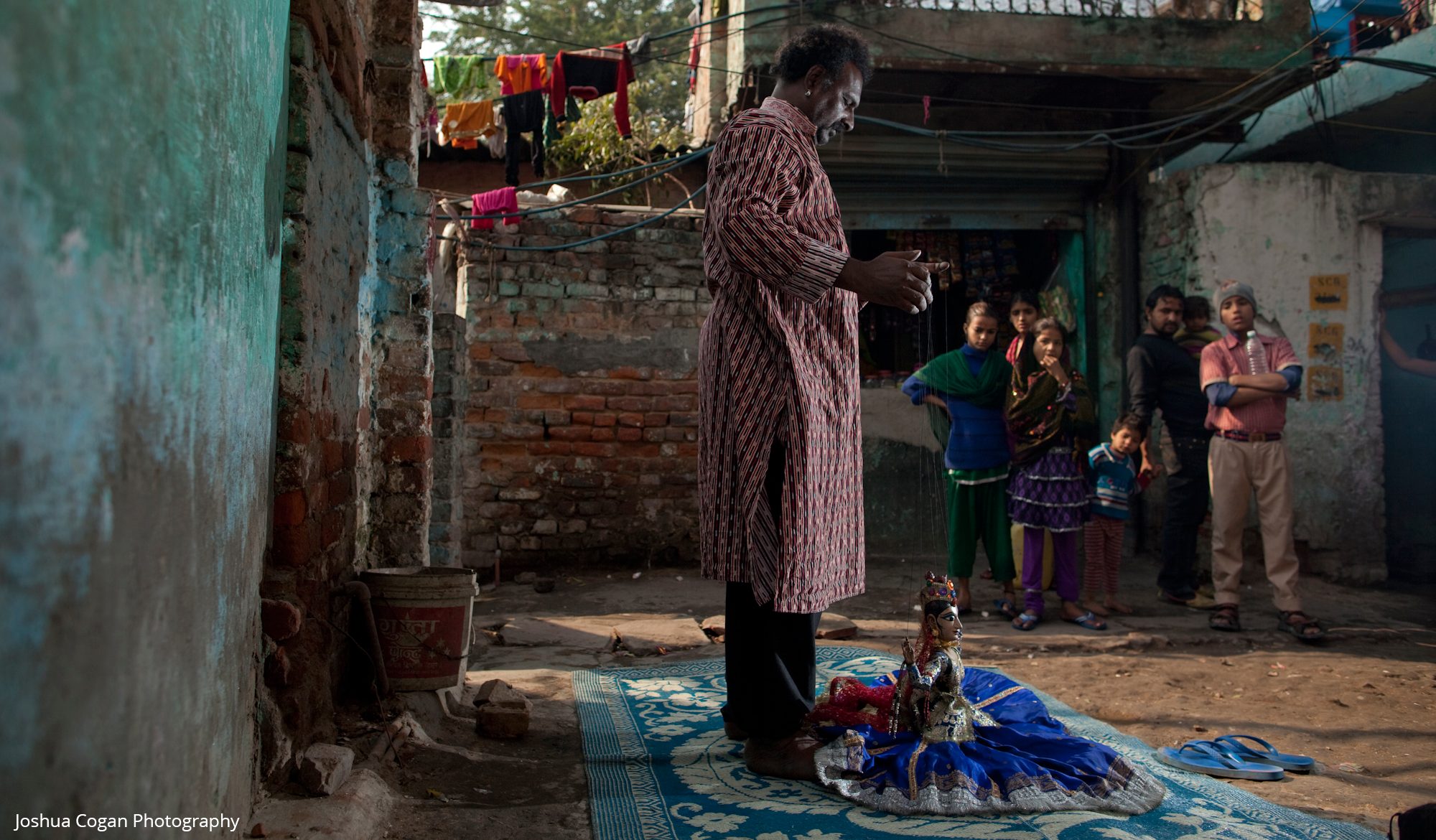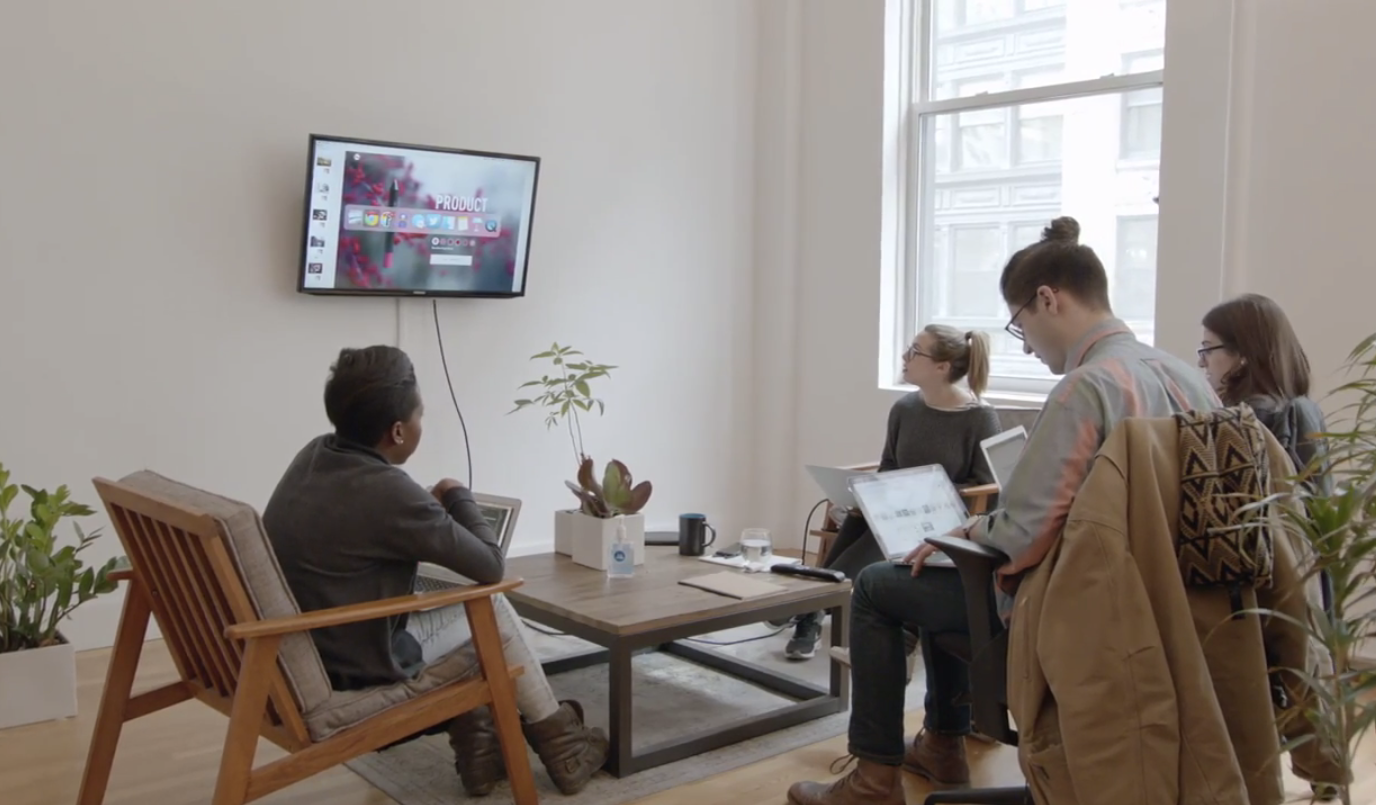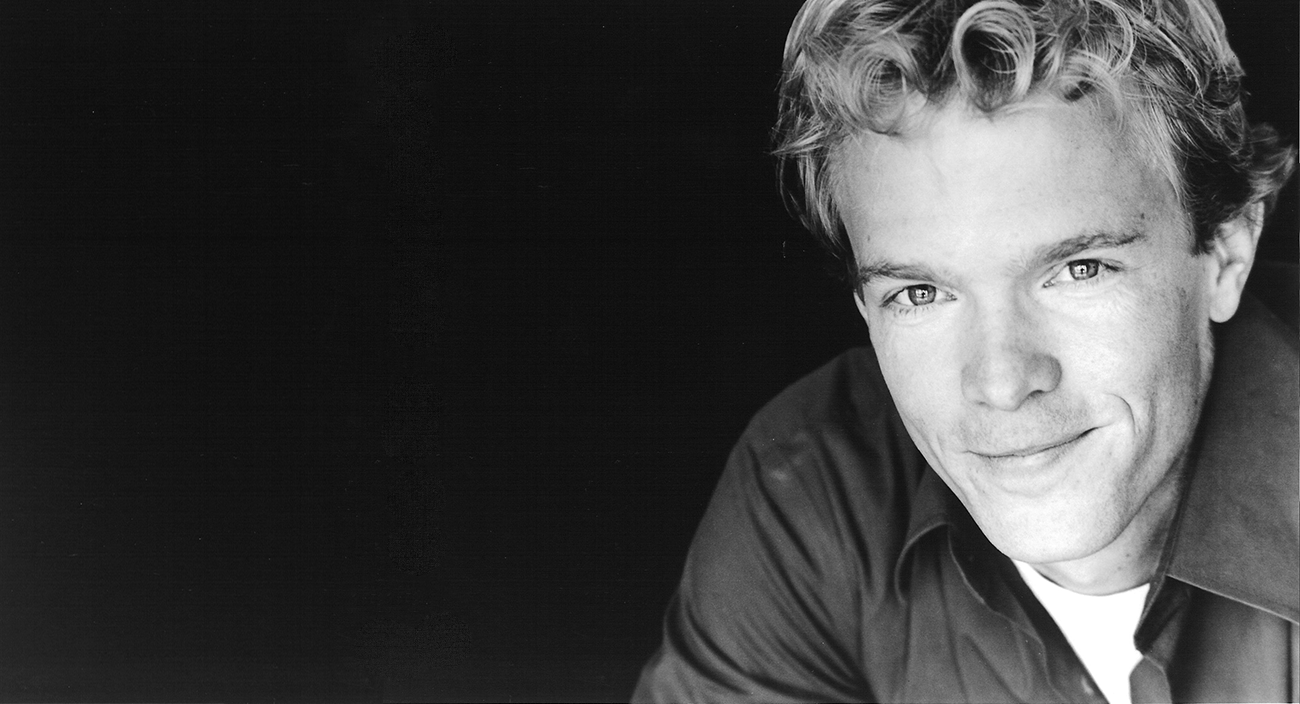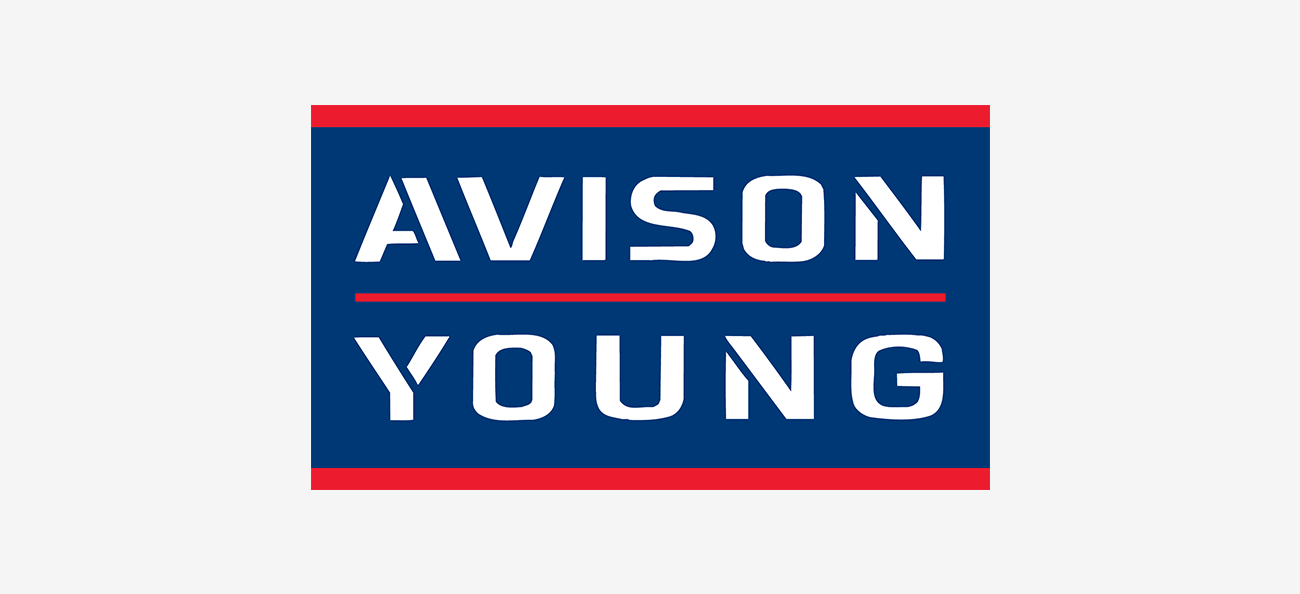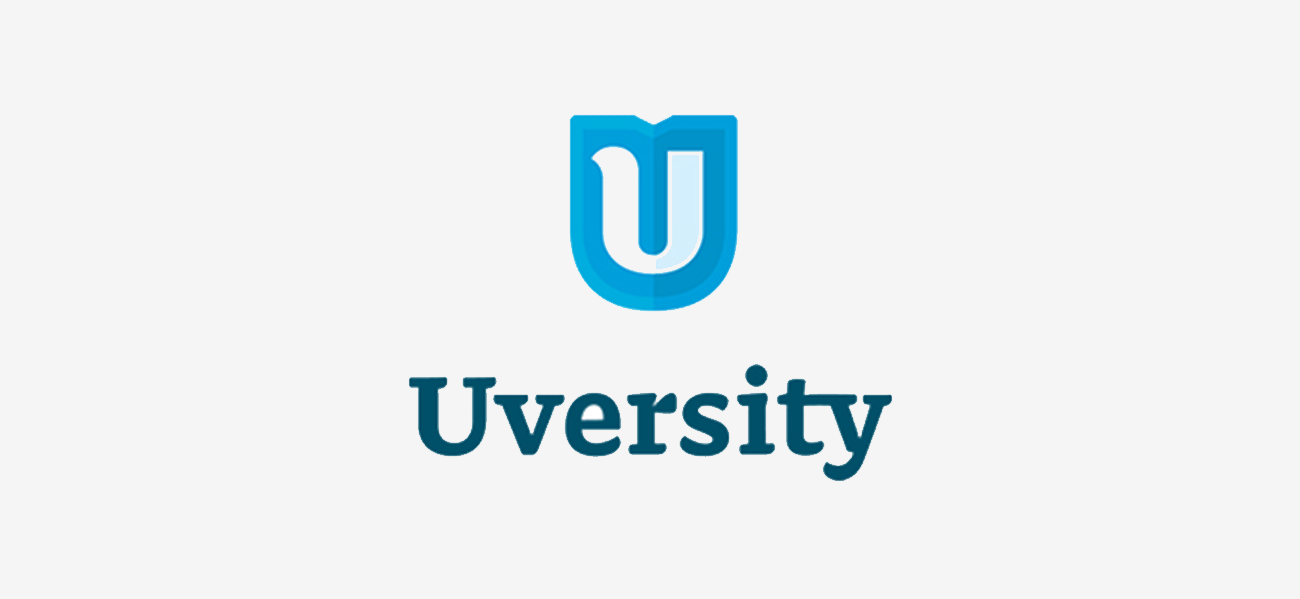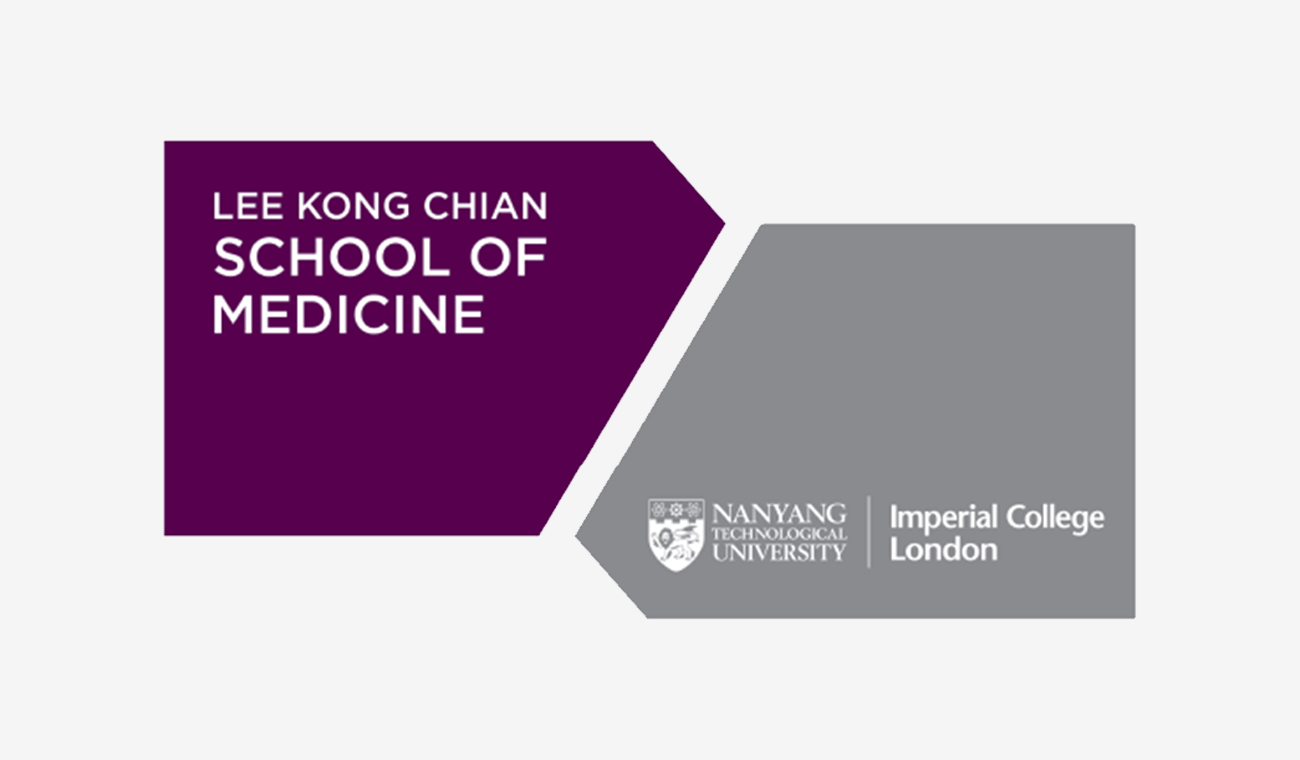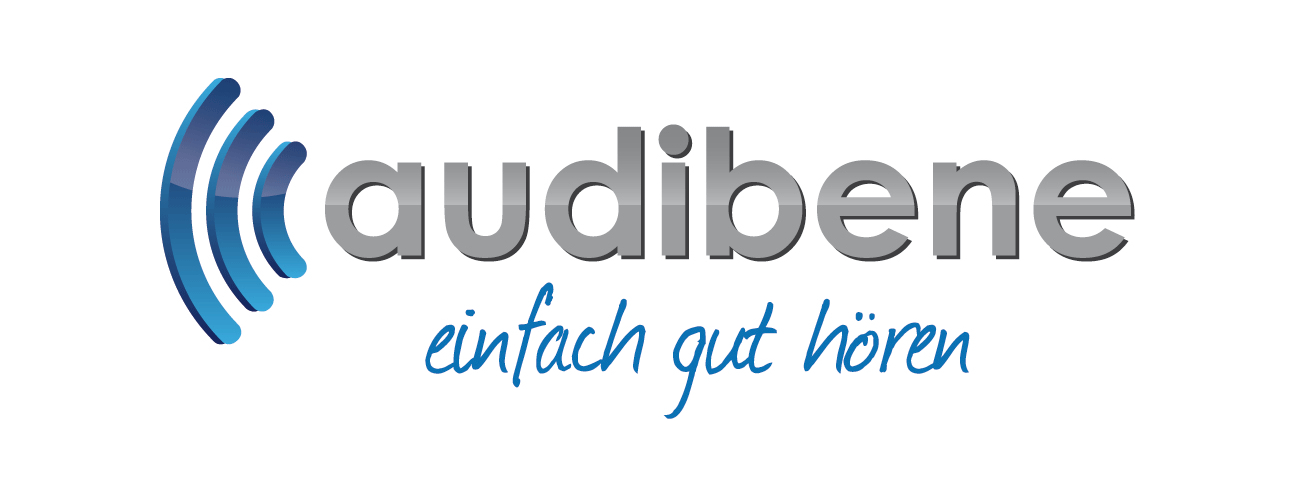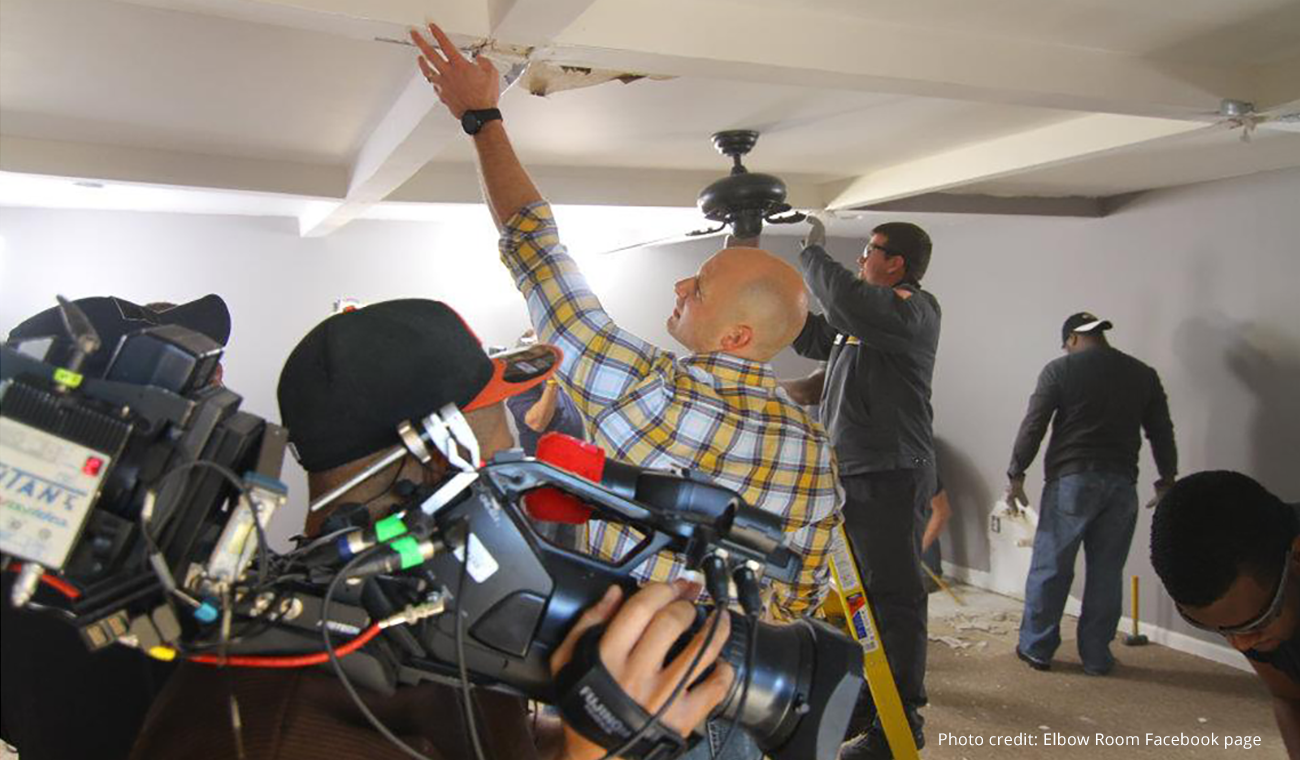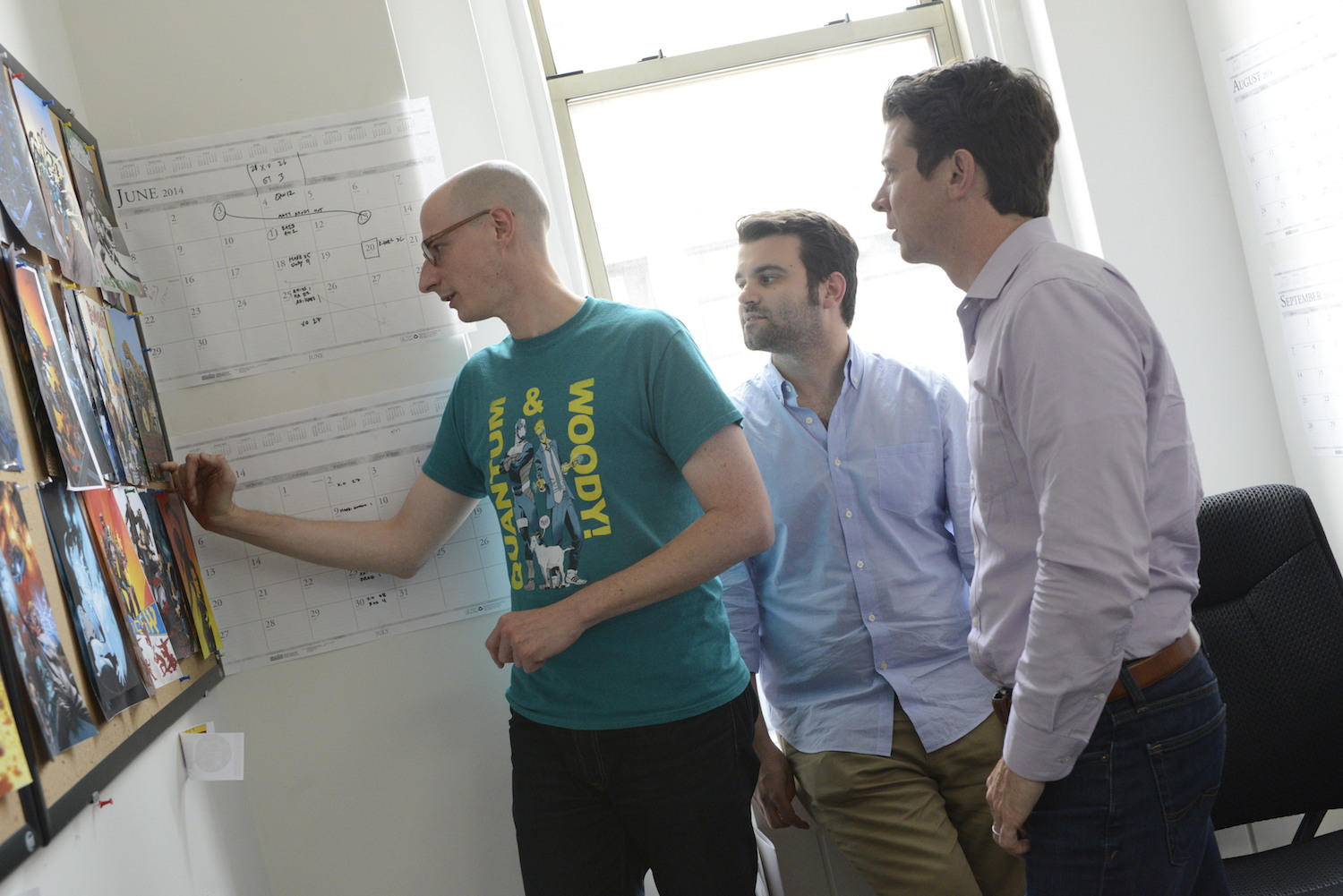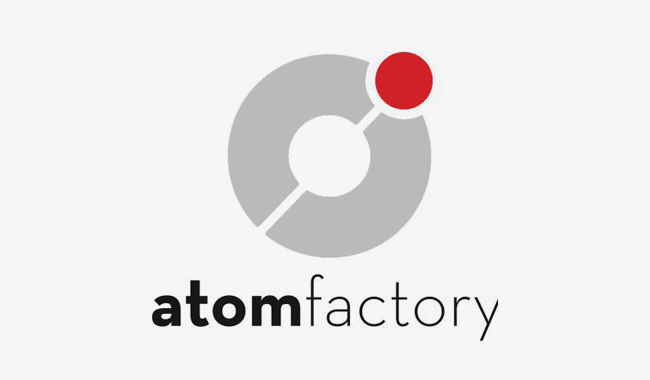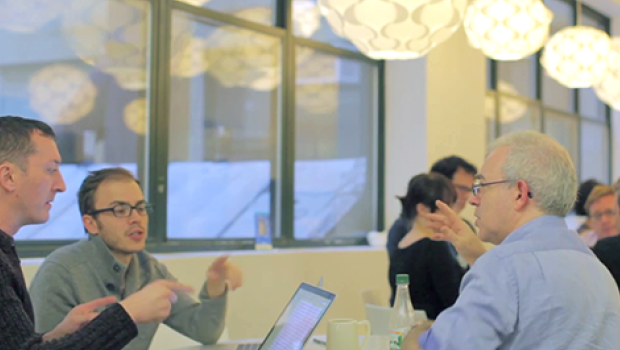
Debbie Millman on making time for the projects you love
Published on March 31, 2022
Whittling 500 episodes down into a book takes a lot of patience (supply chain!) and collaborating on Dropbox, the designer reveals.
The podcast Design Matters started with a misunderstanding.
Debbie Millman was approached by a man who wondered if she would be interested in hosting a radio show. Millman, then a designer and brand strategist, thought he wanted her to DJ. When he explained what he actually had in mind, she saw the unexpected ask as an opportunity to talk to and get to know her design heroes.
When the show made its debut on February 5, 2005, it became the first design podcast. And now, nearly 20 years later, it’s one of the format’s longest-running shows.
Design Matters’ guests are living legends who span disciplines and occupations. Everyone she’s spoken to—from Milton Glaser, the graphic designer behind the iconic I ♥ NY logo, to singer-songwriter Hrisikesh Hirway to author and soccer player Abby Wambach—is equally interested in talking about the creative process.
“I’ve been struck by their generosity in opening up and talking about their obstacles or accomplishments or struggles,” she says.
So it makes sense that there would be interest in compiling some of the best interviews into a book.
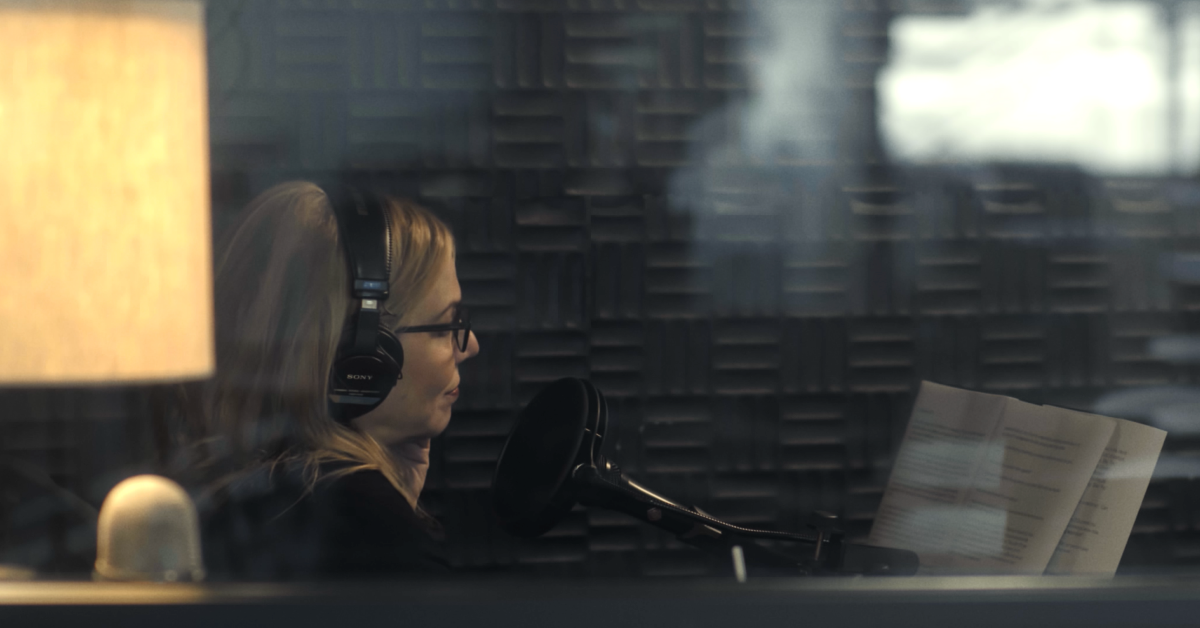
“I was like, ‘Oh, I could do that in a couple of months!’” Millman says before stage whispering, “Famous last words.” (Supply chain issues pushed back the book’s release date.)
Creating the book proved easier. Why Design Matters was made entirely on Dropbox, she says. All of the show’s nearly 500 scripts lived there, helping Millman zero in on the 55 interviews that would eventually make their way into the book. Chapter heads, design covers, and the final product all lived on Dropbox, and files were shared easily across the country to all of her collaborators.
“I mean, there were hundreds of files,” she says. “It became the repository for the entire book.”
With the book finally out in the world, Millman has other projects and initiatives to keep her busy. And they’re all linked by a common thread: “My goal is to reveal the humanity in being a creative person.”
Now the interview subject for a change, Millman does just that, telling us how the pandemic has changed the way she teaches and how she overcomes one of the most challenging parts of being a multi-hyphenate creator.
What do you need to be creative?
I need a few things, in no particular order:
—a good night’s sleep
—a good cup of coffee
—some paper and colored pencils or my iPad and Apple pencil
—lots of light
—time
"Accomplishment and mastery—in business, in art, and in pretty much everything else—takes time and reflection."
Who is your favorite person to collaborate with and why?
My favorite person to collaborate with is DeeDee Gordon, CEO of The Gordon Co. We first met through our mutual friend Josh Liberson, formed a fast friendship, and then she joined me as a partner in the global brand consultancy Sterling Brands. We both since left the agency, but still collaborate whenever possible. Our collaborations are fun and fabulous and we hope to change the world with our work.
How has your relationship to work changed as we continue to navigate the pandemic?
The pandemic has impacted a lot of my work. I had to move my podcast from an intimate, in-studio experience to Zoom, which was a big adjustment. But this has given me the opportunity to interview people that aren’t geographically close, and I couldn’t do that previously.
For the first 18 months, I was teaching online instead of in-person, which was initially very difficult for me—emotionally, pedagogically, and technologically. But over time, I began to enjoy what I believe is a more democratic educational experience. As a result, I’ve kept my undergrad class online and created a hybrid online/onsite program for the Masters in Branding students [at the School of Visual Arts in New York City] moving forward.
How does Dropbox help you do your work?
OMG! Dropbox helps me with everything! I work on many things simultaneously: podcasts, lesson plans, book projects, illustration projects, writing projects, art projects—you name it! I’m constantly sharing files with collaborators and comrades. If I couldn’t organize and share my files via Dropbox, I’d honestly be lost.
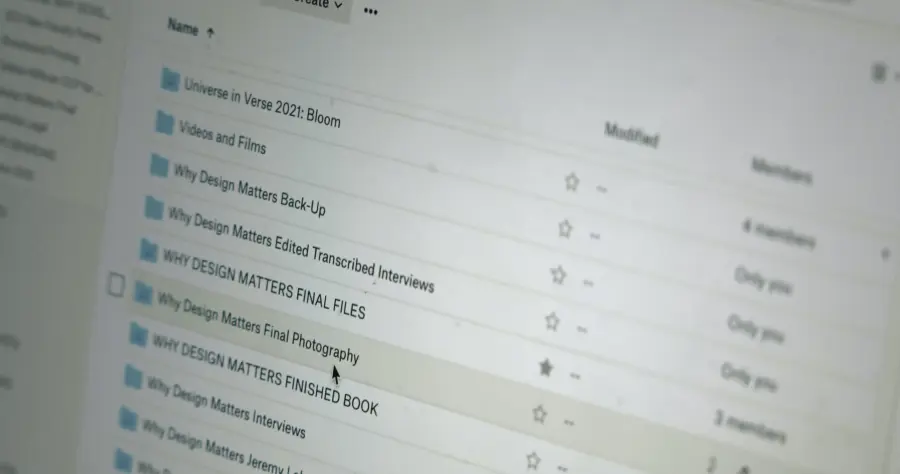
What's a file that you've lost before you had Dropbox, that you wish you could get back?
Back in the early 1990s, when I was working on a major ad campaign for the hip-hop radio station HOT 97 FM, we had everything that we designed for the campaign on a SyQuest disc. EVERYTHING: retouched photographs, custom typography, ad layouts, everything! Nothing was backed up.
One evening, in a cab on the way home from my studio, my colleague left the disk in said cab. We lost everything—months and months of work. We were inconsolable.
Somehow—by the grace of all that is good in the world—the next passenger in the cab found the disc and called the number on the business card taped to the SyQuest. I never ever have forgotten what losing that disc felt like. It was decades later that Dropbox was invented and though I still lose things, everything important is backed on Dropbox.
You're someone who does many things very well. What advice would you give to someone who feels overwhelmed by the thought of being a multi-hyphenate creator?
Accomplishment and mastery—in business, in art, and in pretty much everything else—takes time and reflection. You can’t become a great manager without first leading small groups, learning how to inspire different personalities, and making a newbie’s mistakes.
A master filmmaker takes years to learn all the elements of good moviemaking: the way that acting, writing, lighting, cinematography, editing, and sound combine to capture a compelling story. A chef needs extensive training in world cuisines, ingredients, and cooking methods to make that perfect dish. And a writer needs to learn about life AND master the art and skill of writing. If you are someone that likes to do many things simultaneously, it will inevitably take longer to achieve mastery at any one thing. You must have patience with yourself if you are segmenting your time with different initiatives.
"Simply put: you don’t find the time to do something; you make the time to do things."
One of the most challenging aspects of this multi-hyphenate path is that you will be very busy managing your various interests. But the thing about being busy is this: Busy is a decision. If we use busy as an excuse for not doing something, what we are really saying is that it’s not a priority.
Simply put: you don’t find the time to do something; you make the time to do things.
Ask yourself these questions the next time you are “too busy” to do something:
Is the task I am using as an excuse to NOT do the task I want to do legitimately a priority? Do I really need to be doing this NOW?
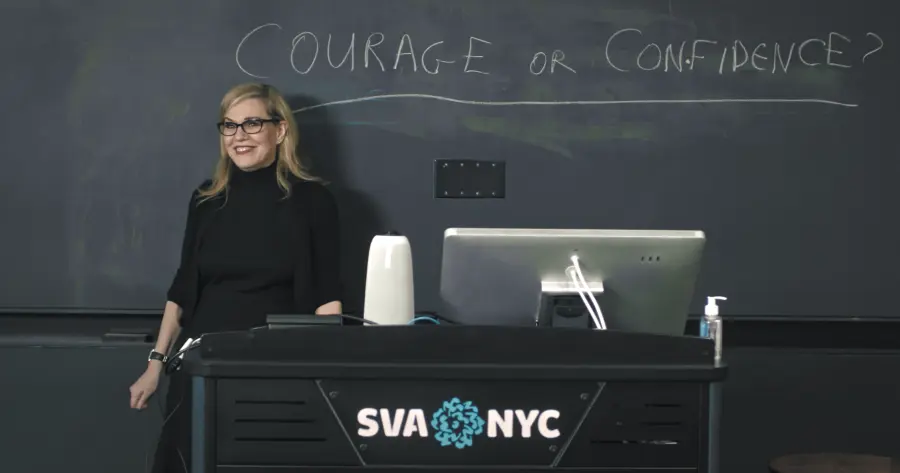
If the answer is yes, then ask yourself the following:
How can I reorganize my time to allow for space to do this other thing that is really important to me? What can I give up that is not as important to ensure that I can make the time to do it?
If the answer is no, then ask yourself the following:
Why am I procrastinating? What am I avoiding? Why am I creating obstacles to stand in the way of my doing the task I want to be doing? Am I lying to myself about really wanting it? Why am I so reluctant to get started?
Be as honest with yourself as you can as you think about these questions. Really own the answers. See where they take you.
Responses have been edited for length and clarity.

.png/_jcr_content/renditions/hero_square%20(2).webp)

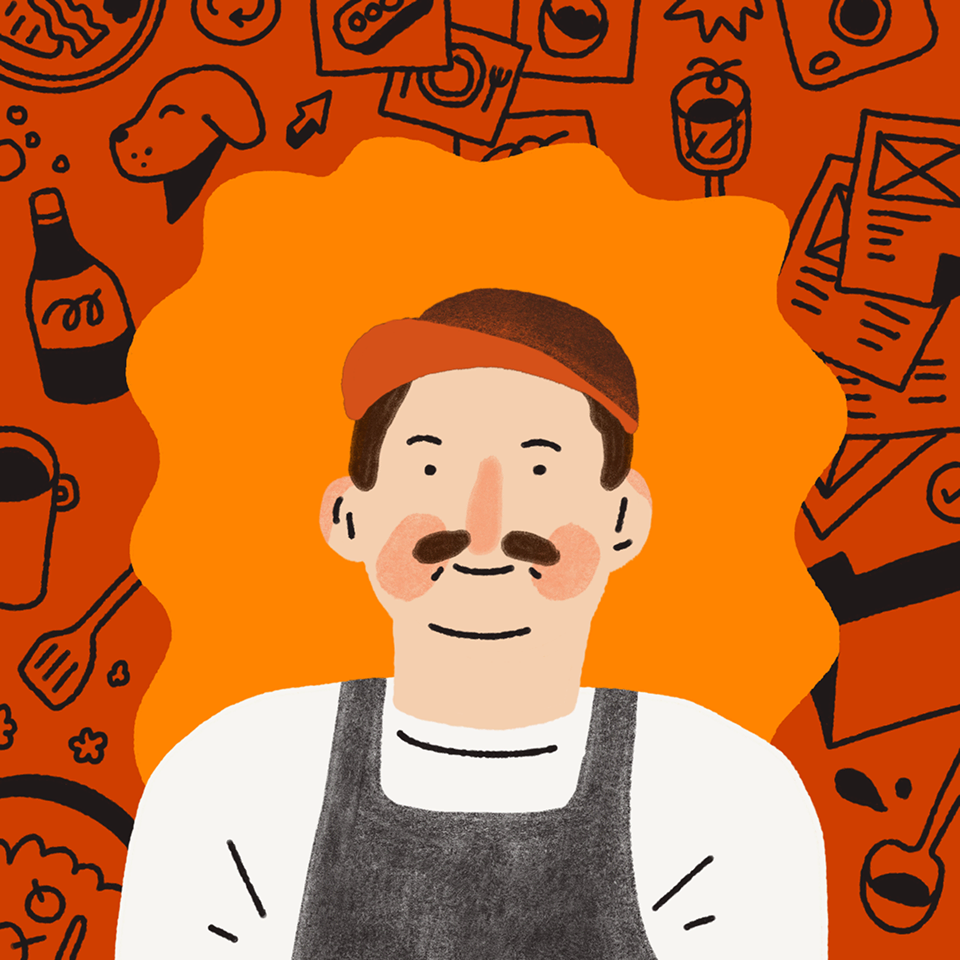





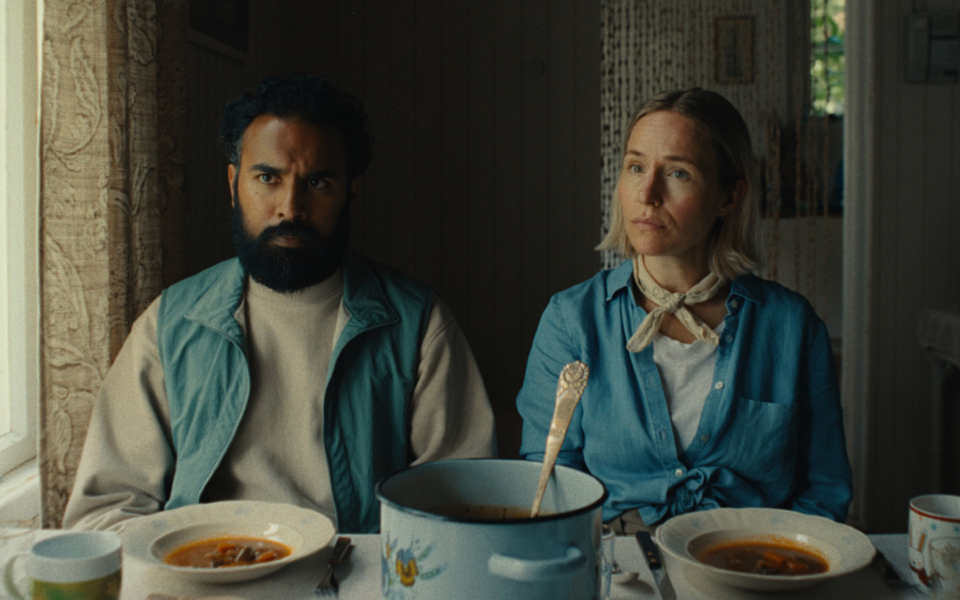
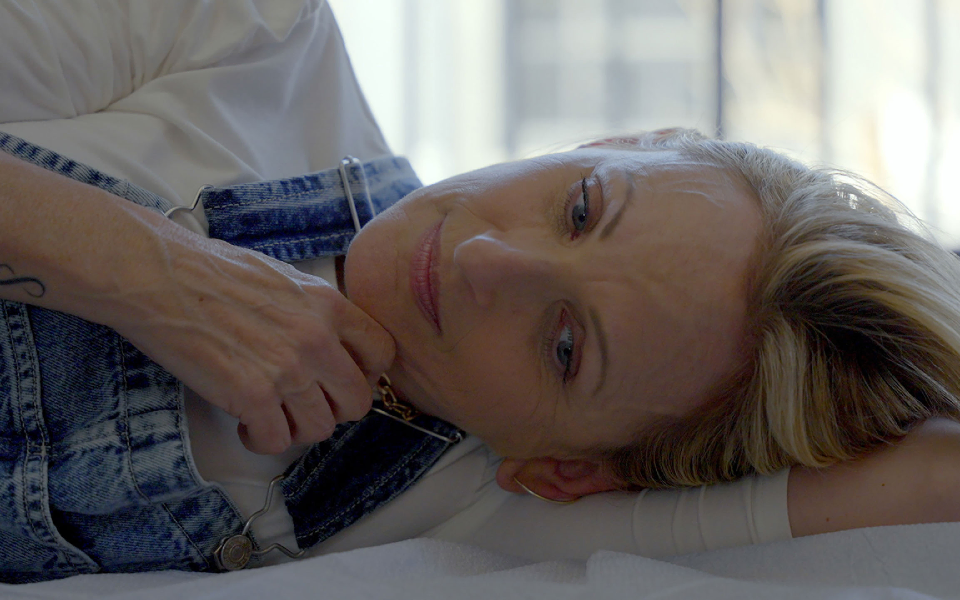




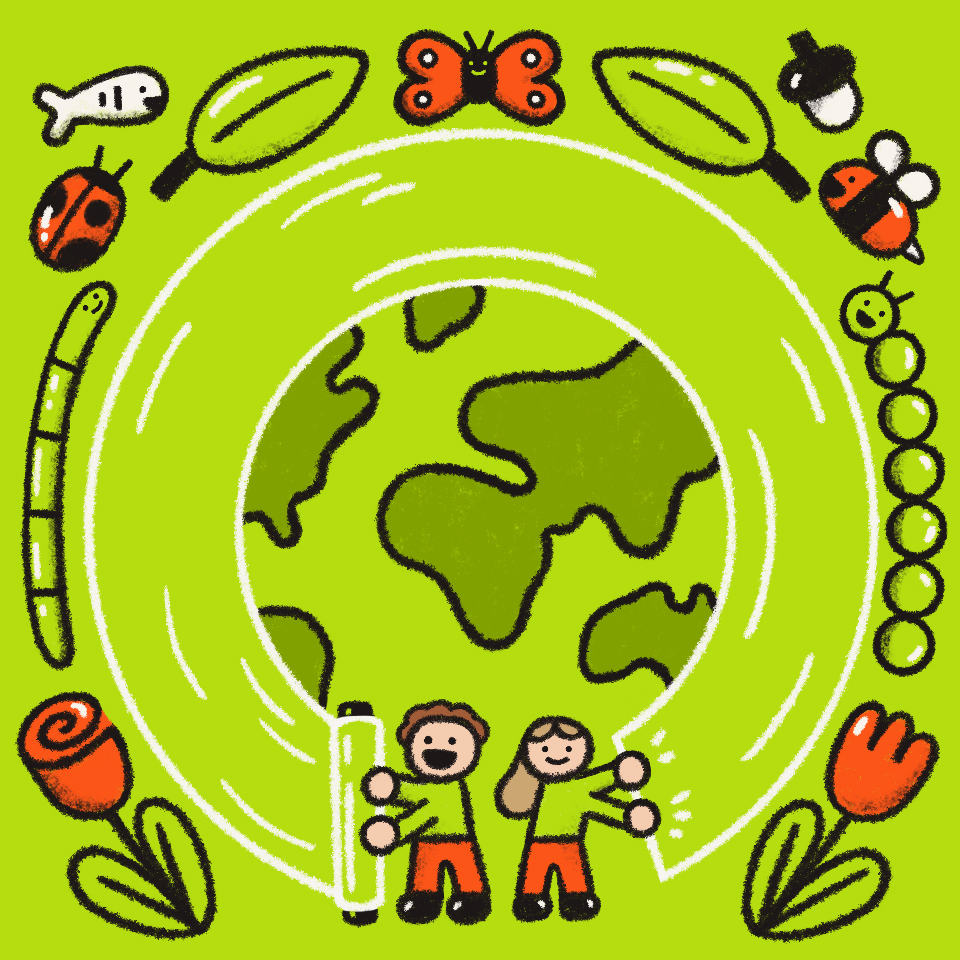
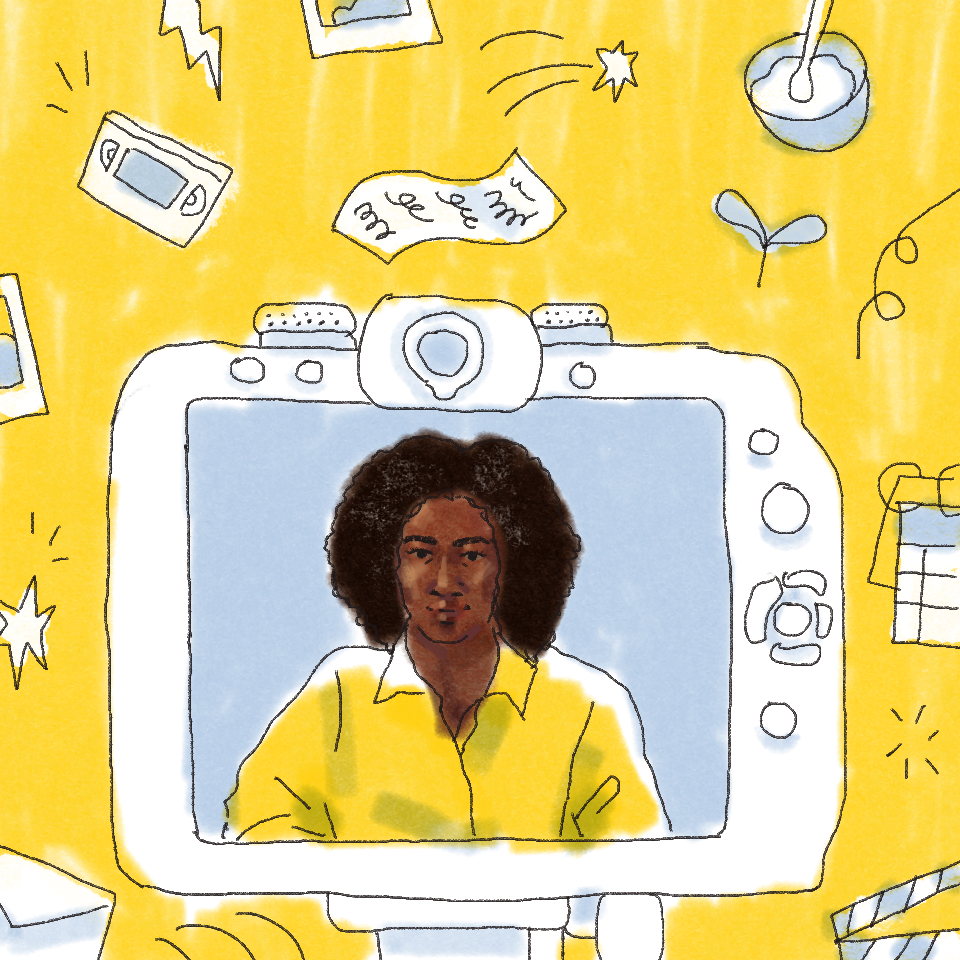
.jpg/_jcr_content/renditions/1200x628%20(5).webp)

